The Artist and the Cigar Box: Civil Pleasures
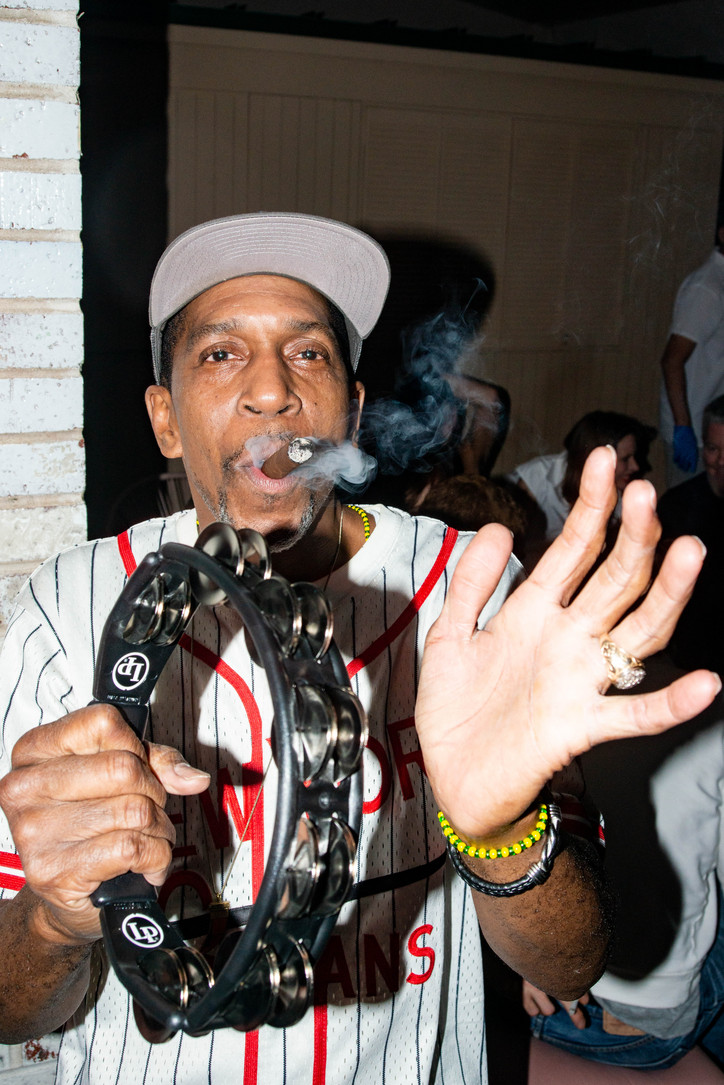
Check out photos from the opening night below and put your bids in here. The Artist and the Cigar Box online auction.
The Artist and the Cigar Box is on view online through June 30th.
Stay informed on our latest news!

Check out photos from the opening night below and put your bids in here. The Artist and the Cigar Box online auction.

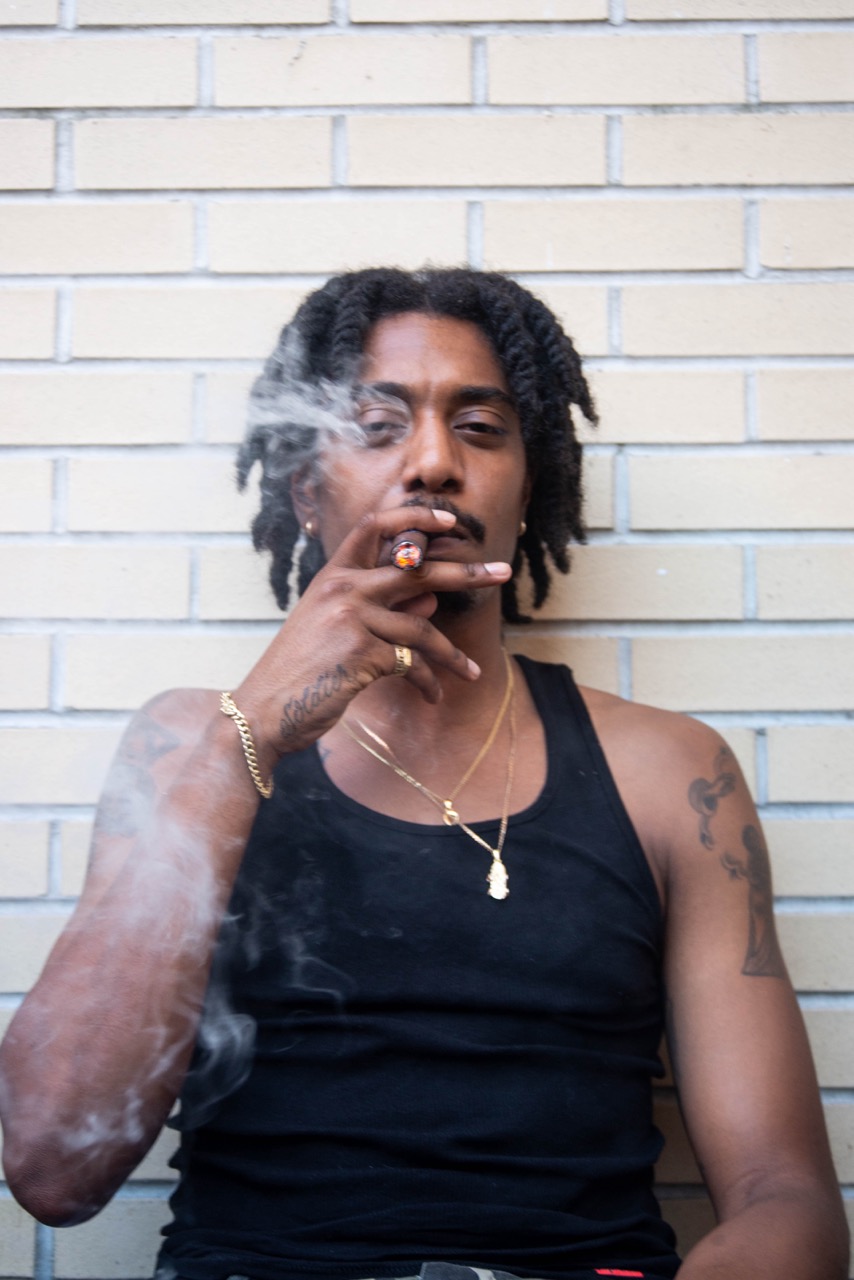
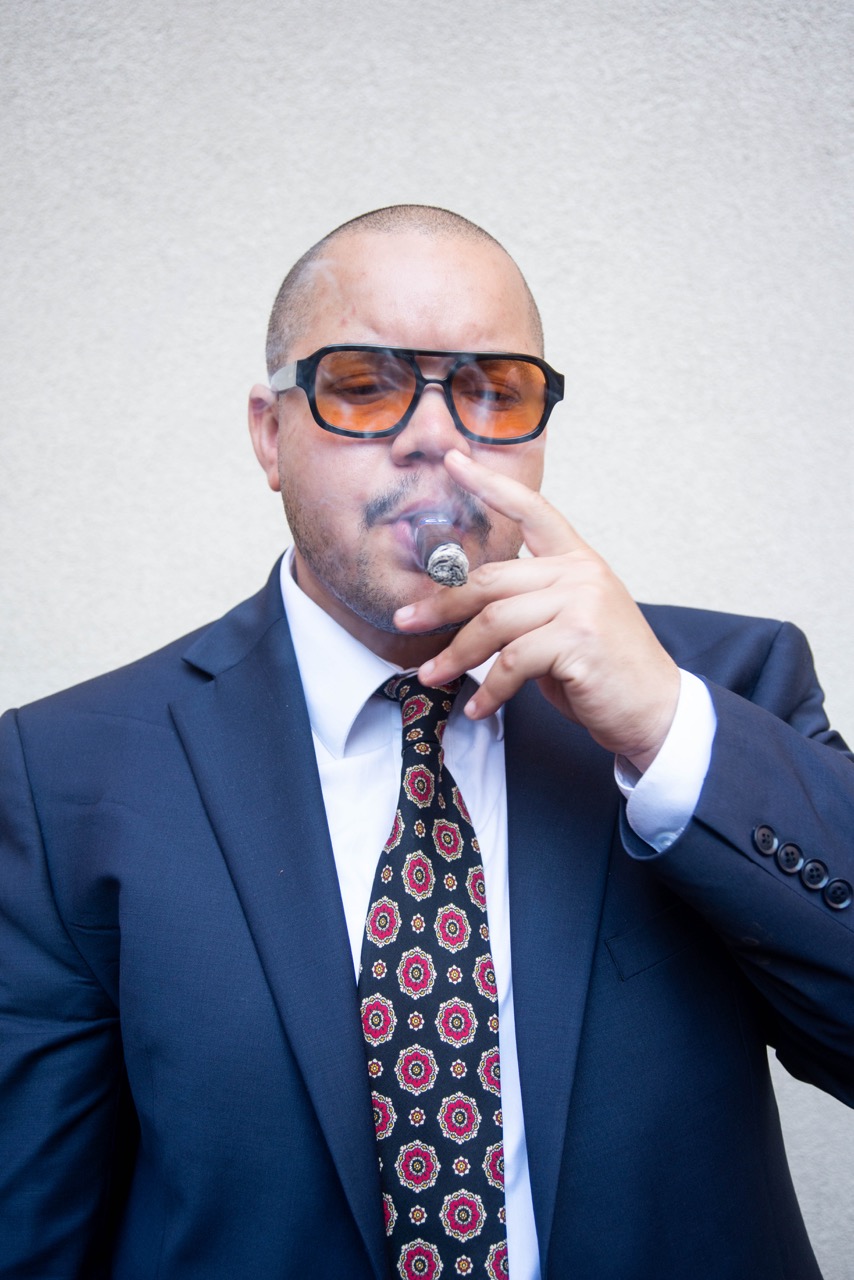
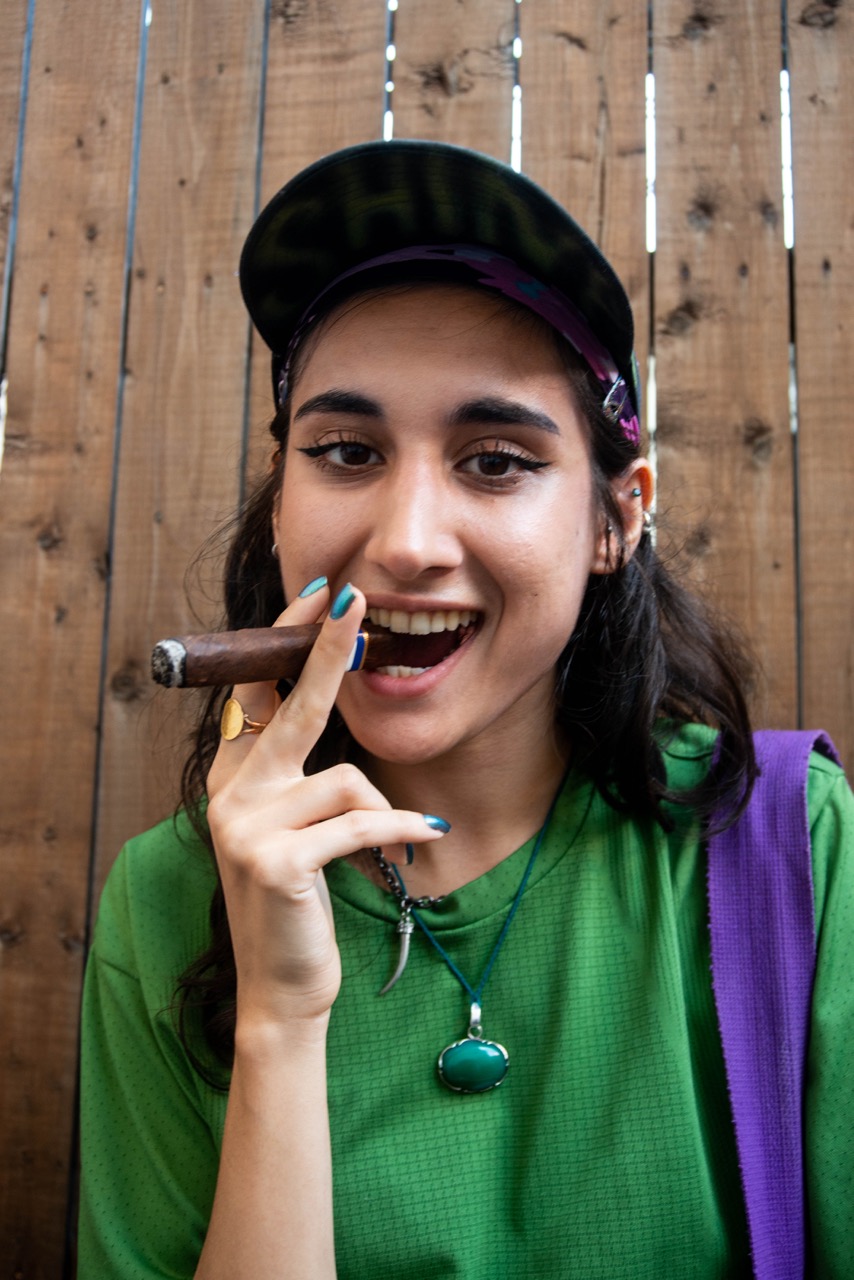
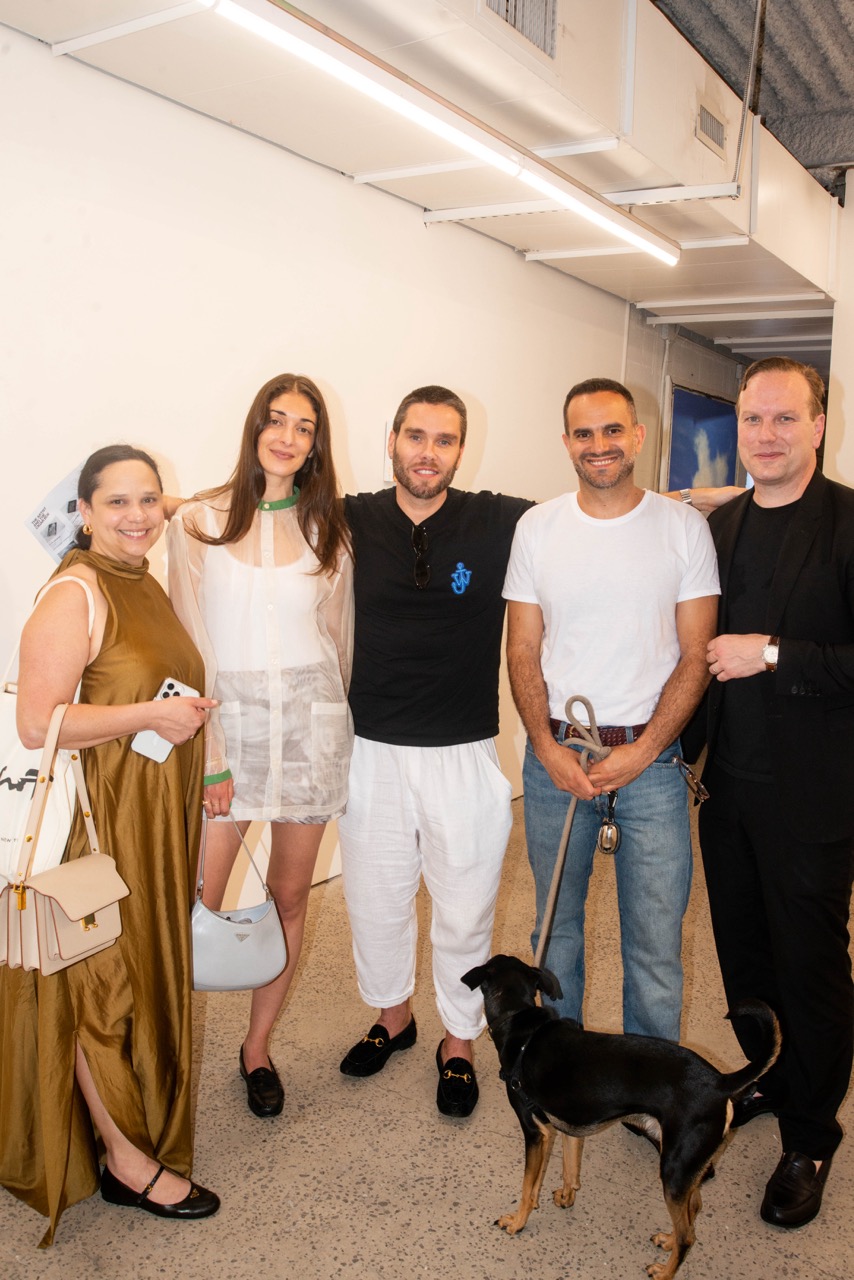
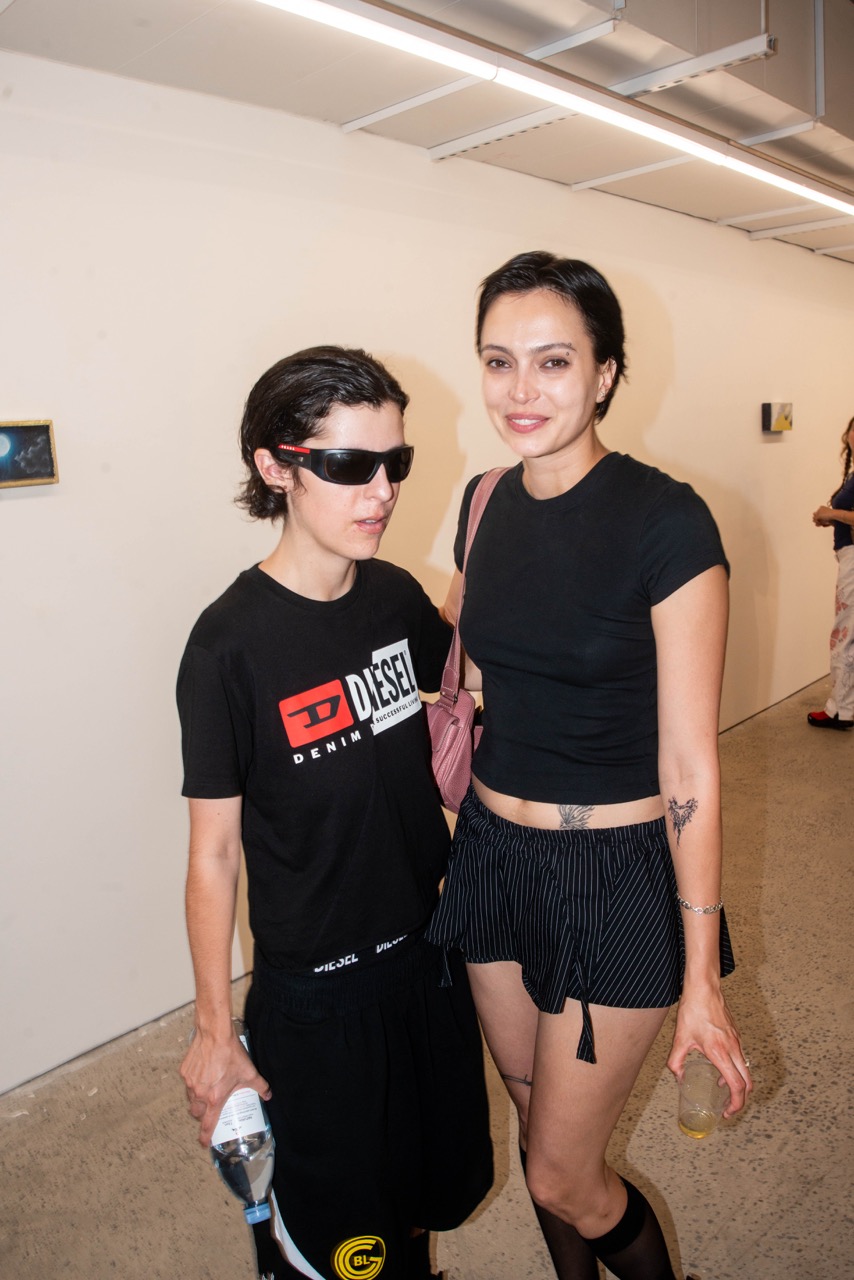

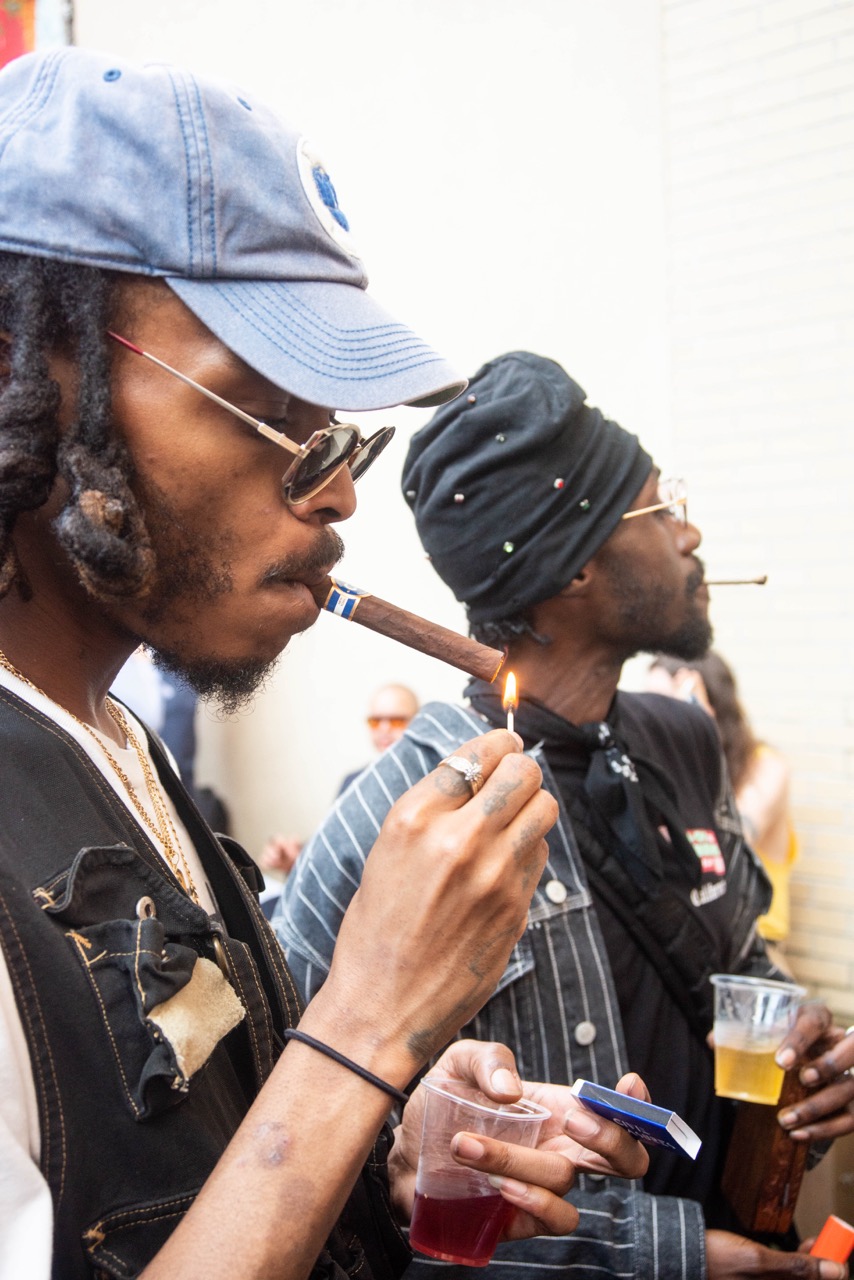
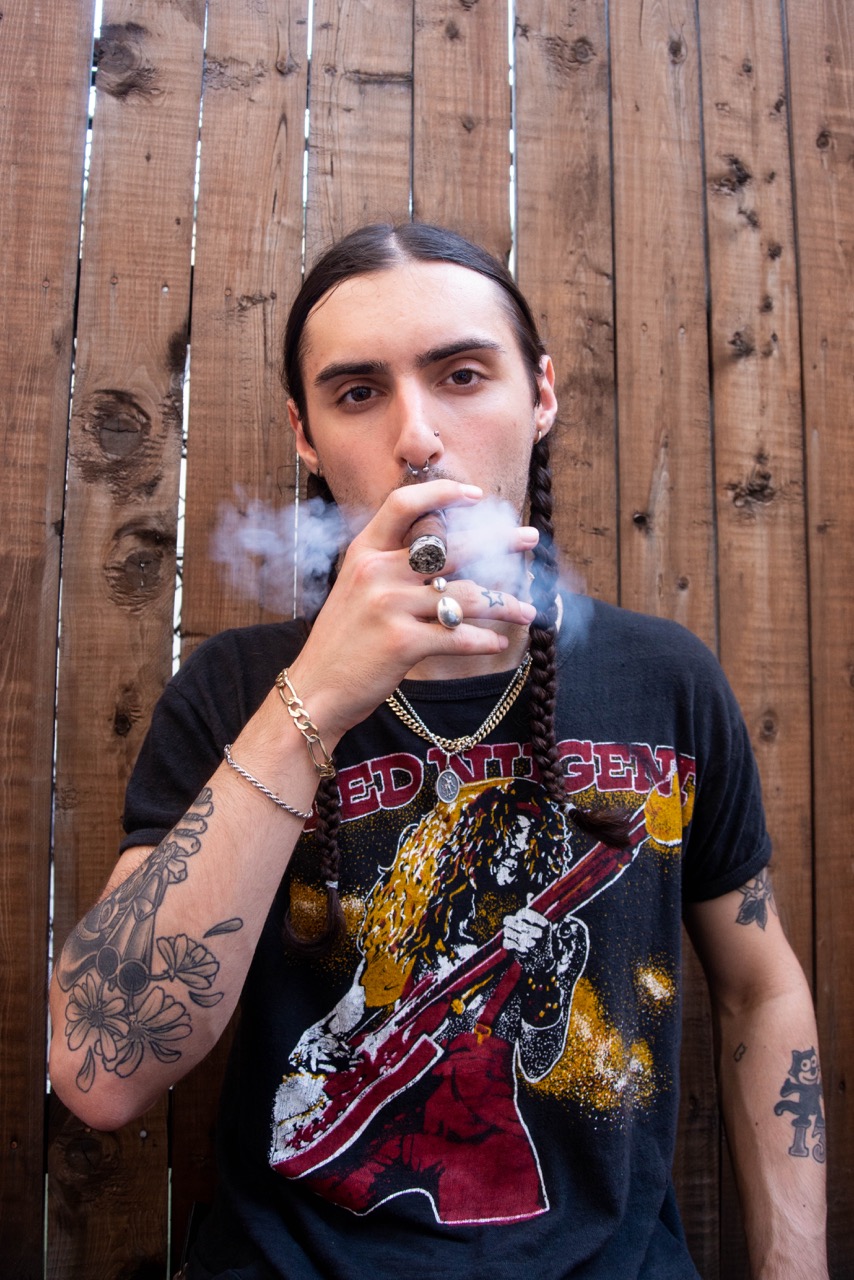
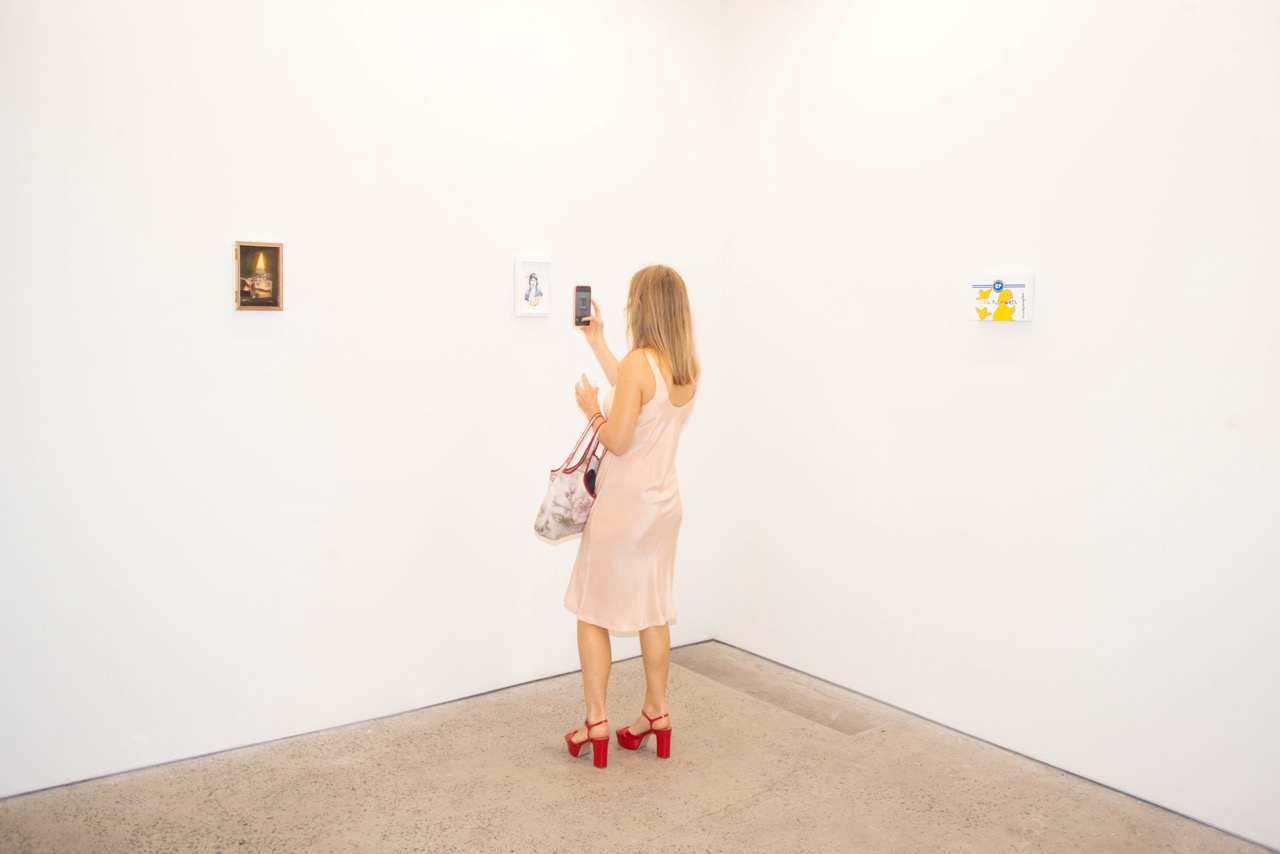
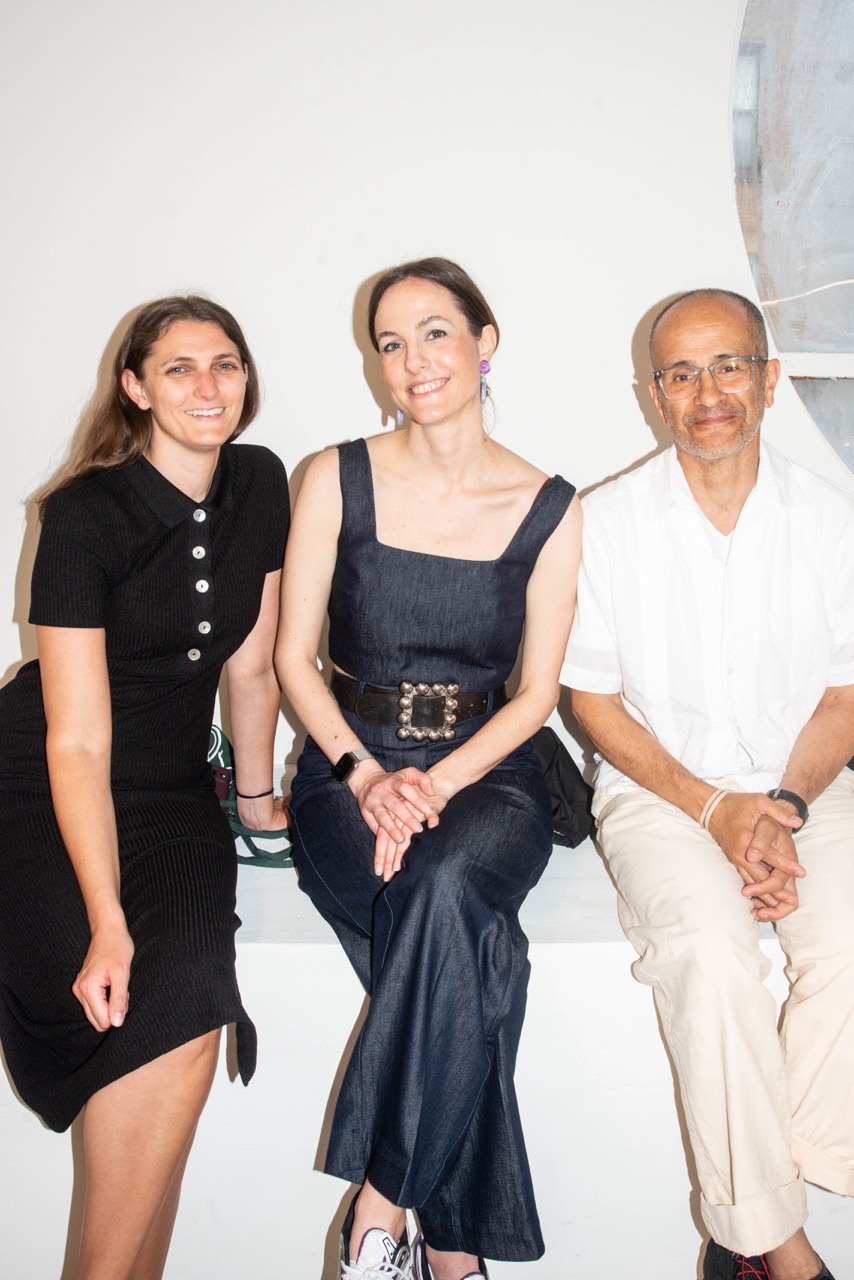
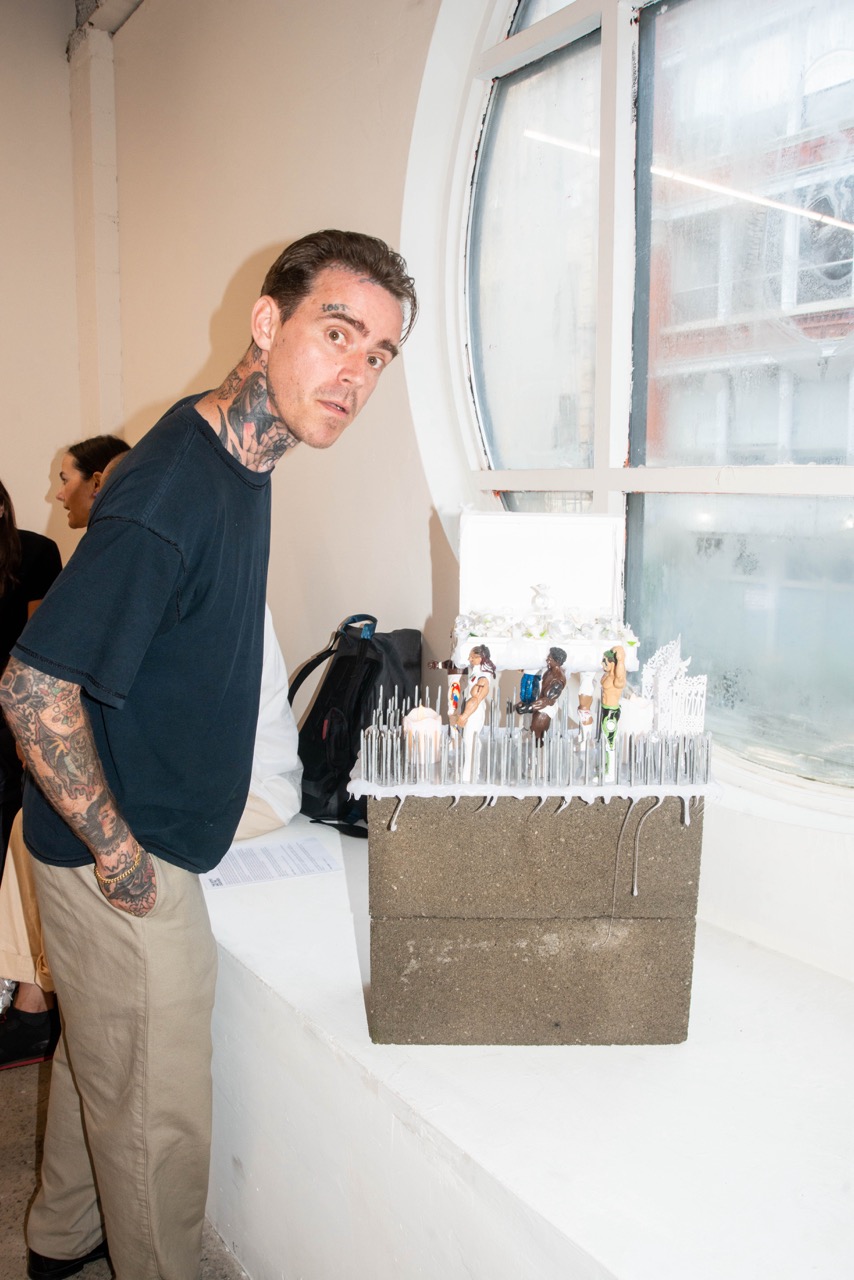
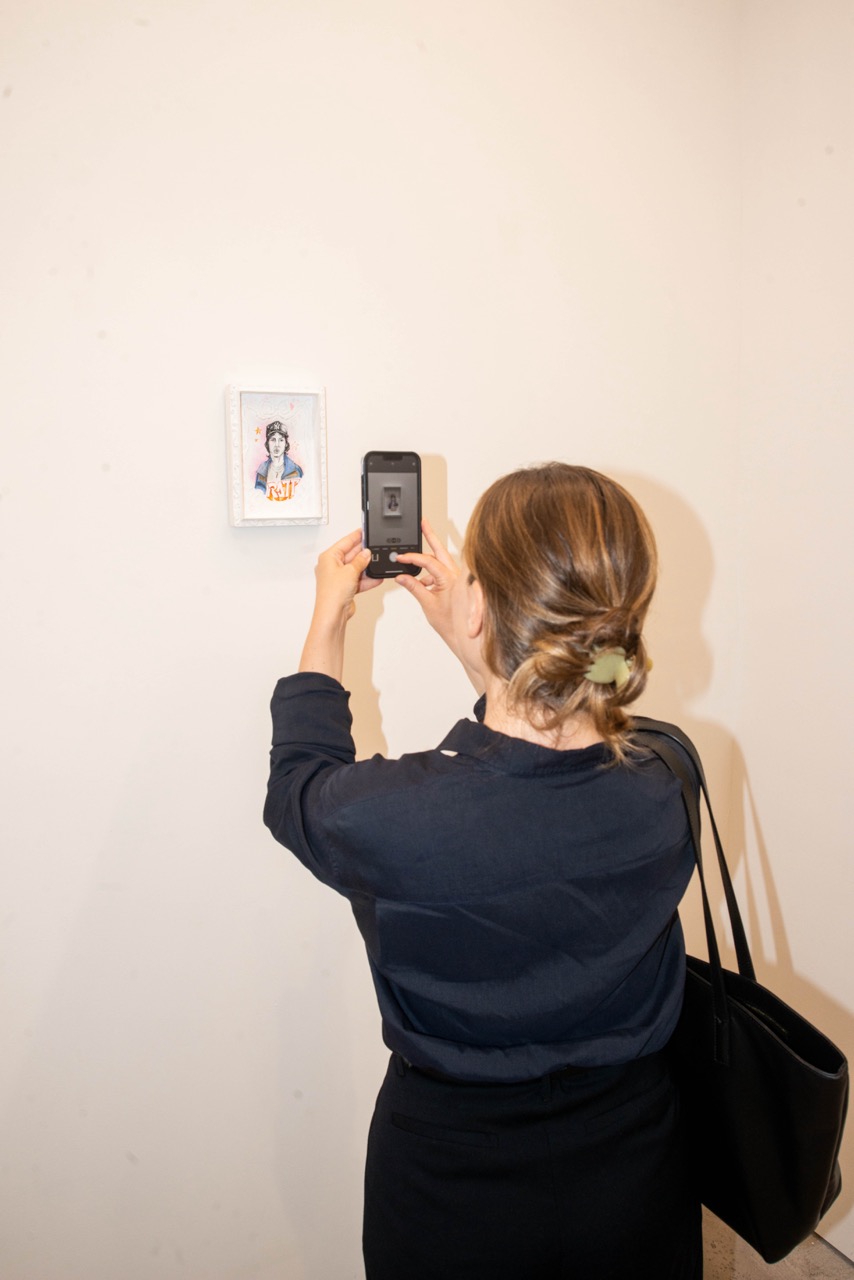
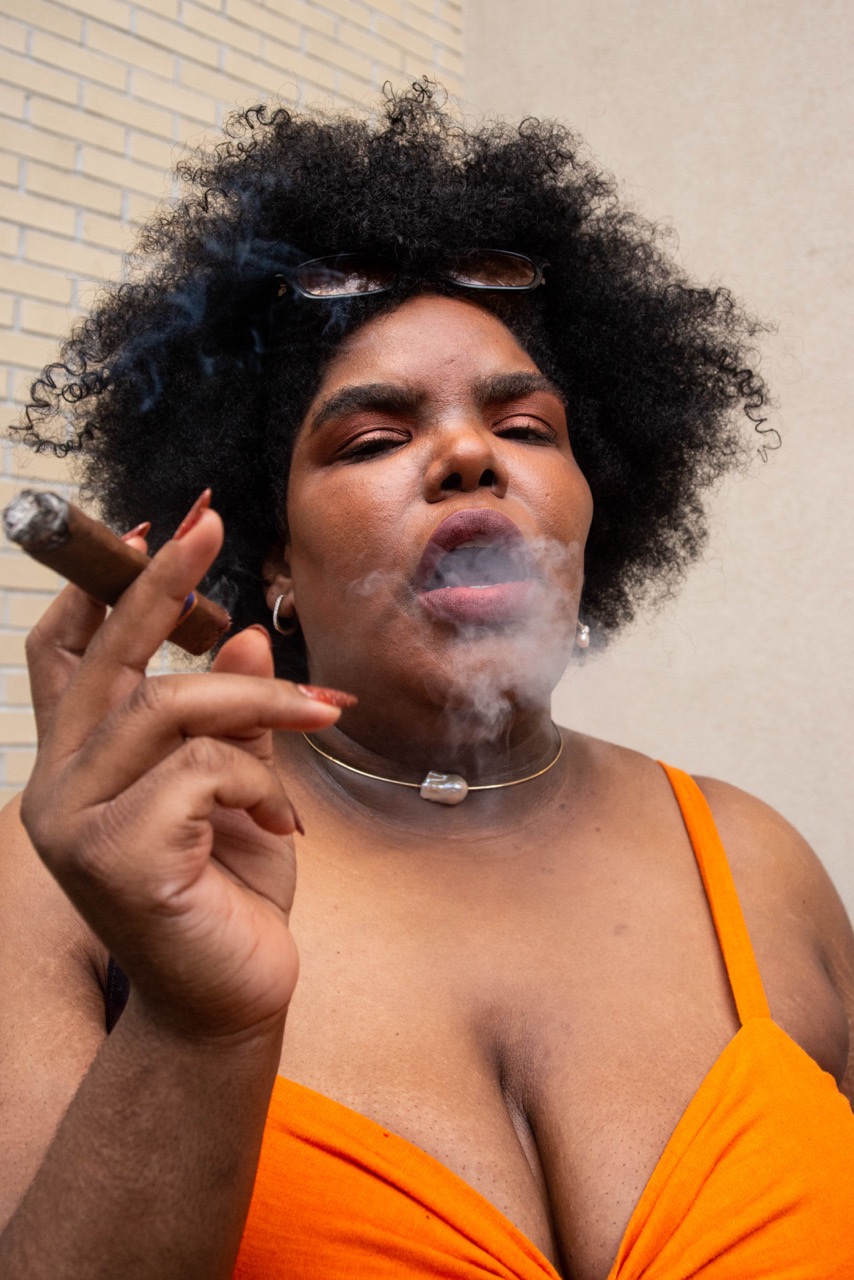
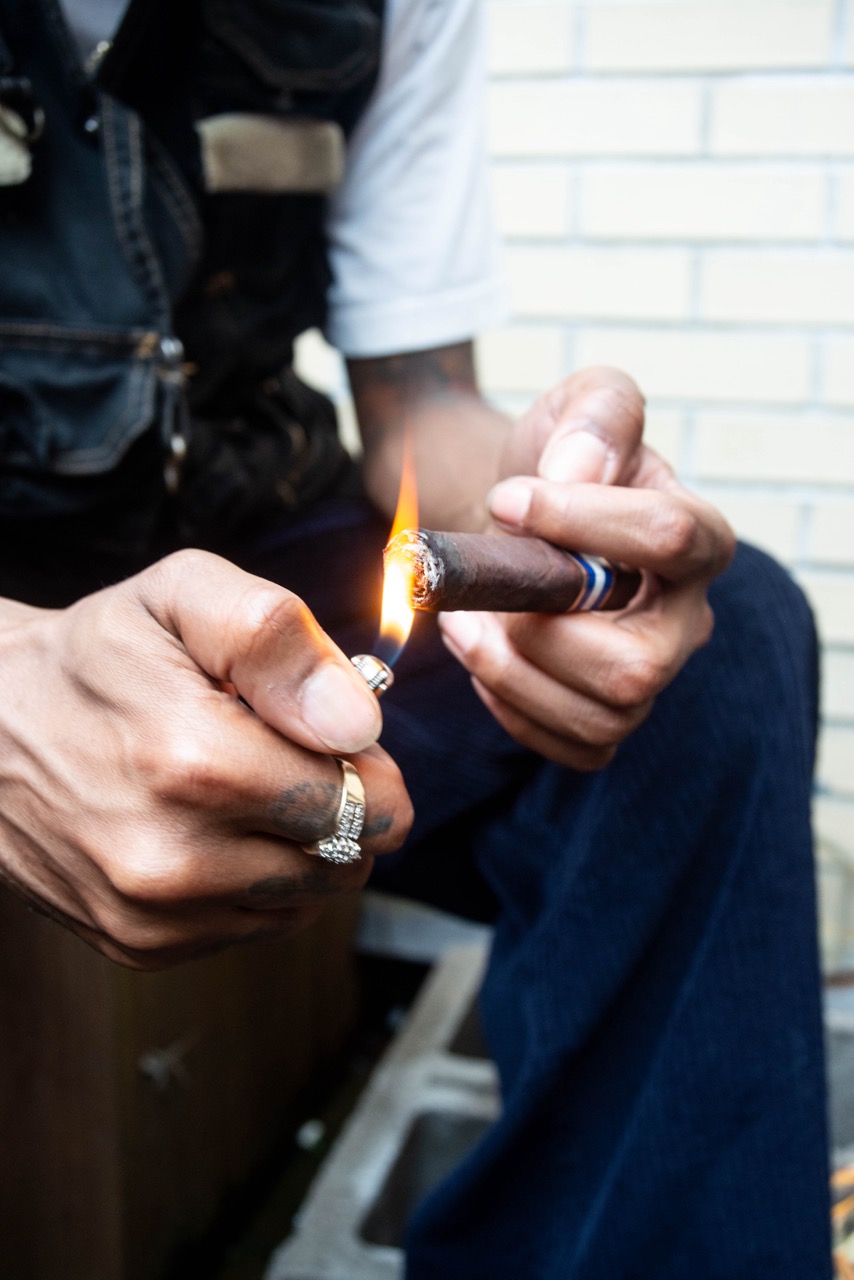
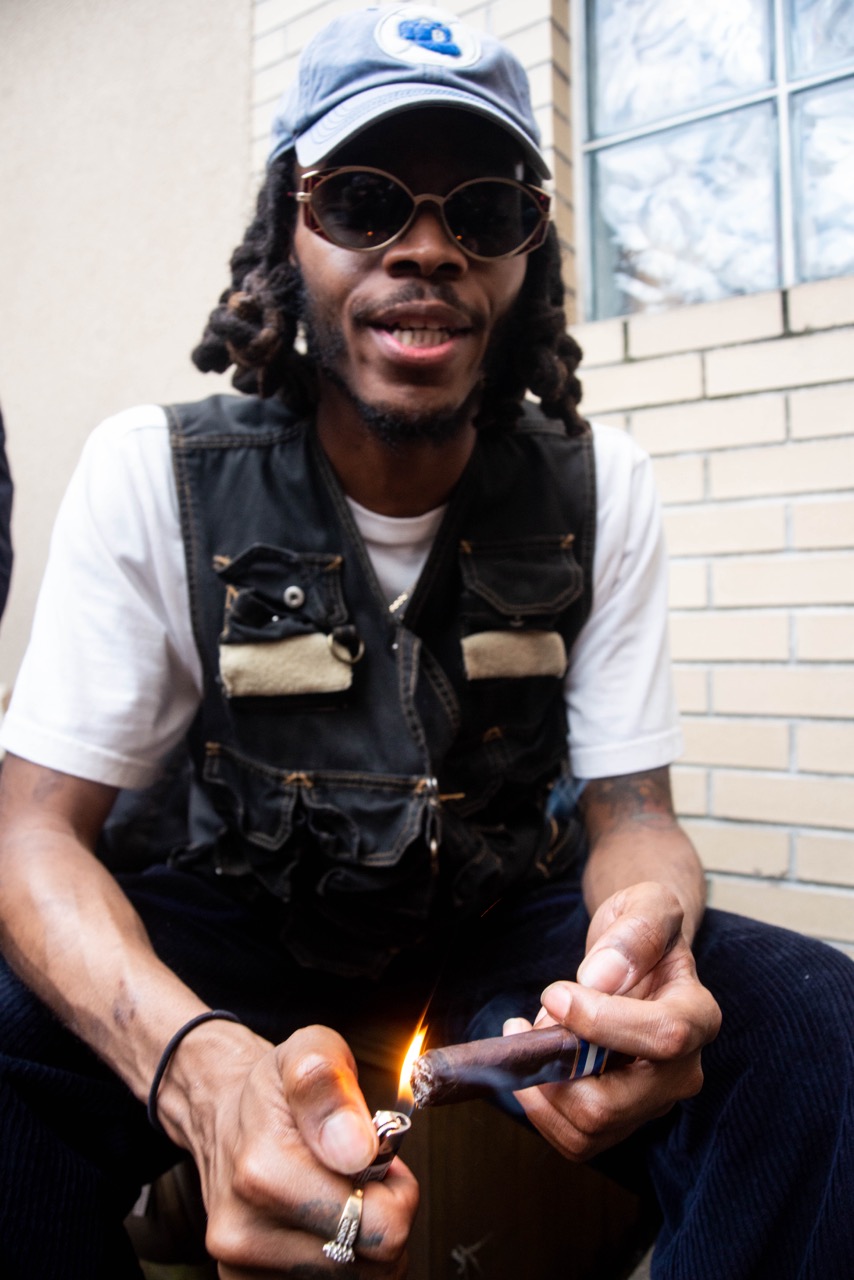
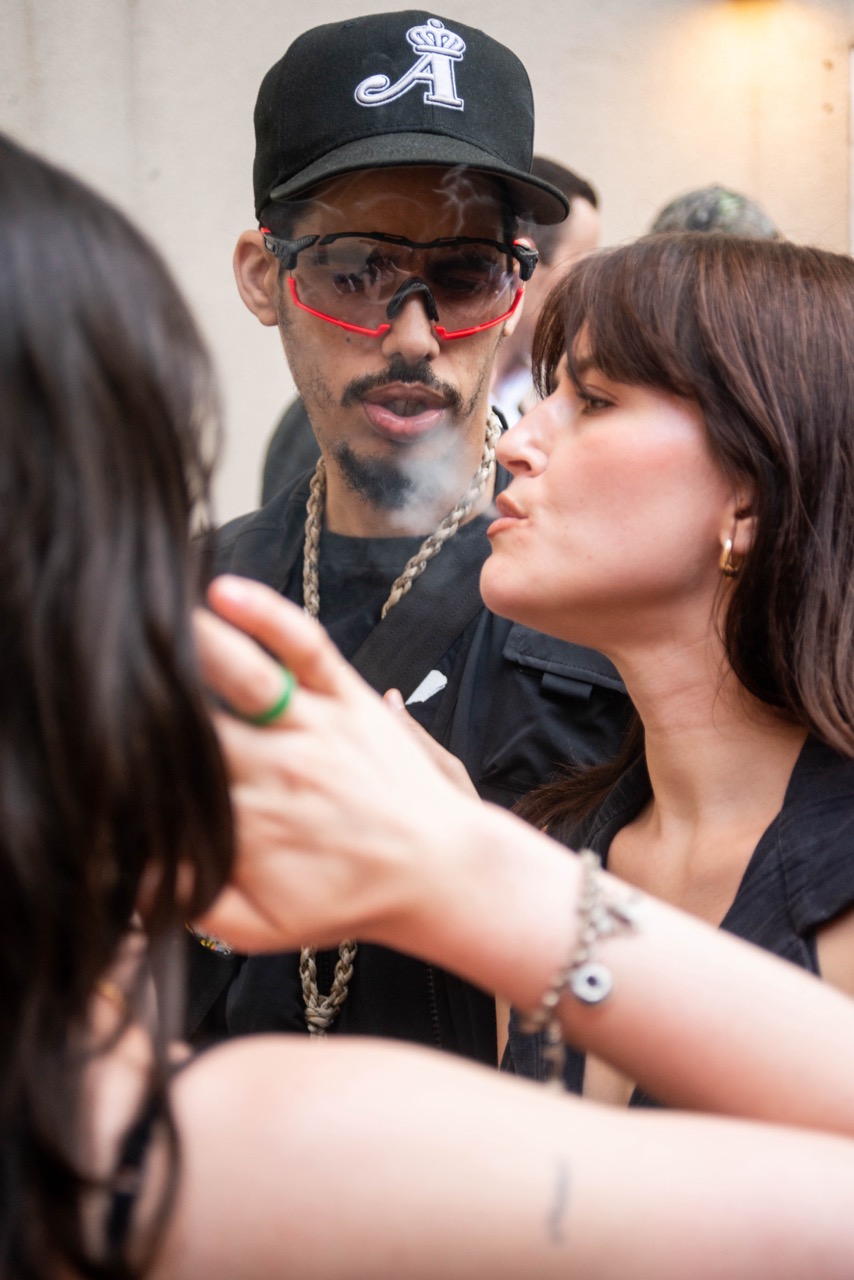
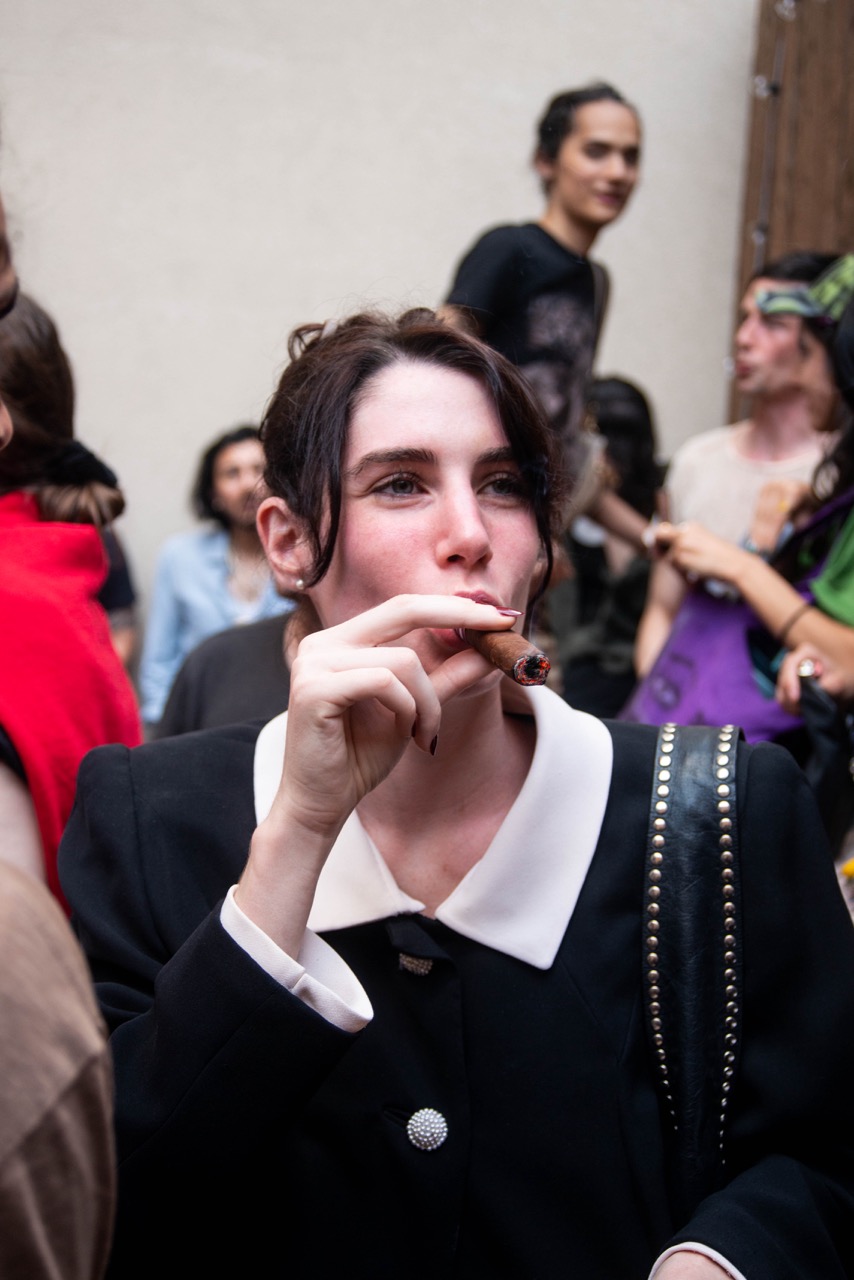
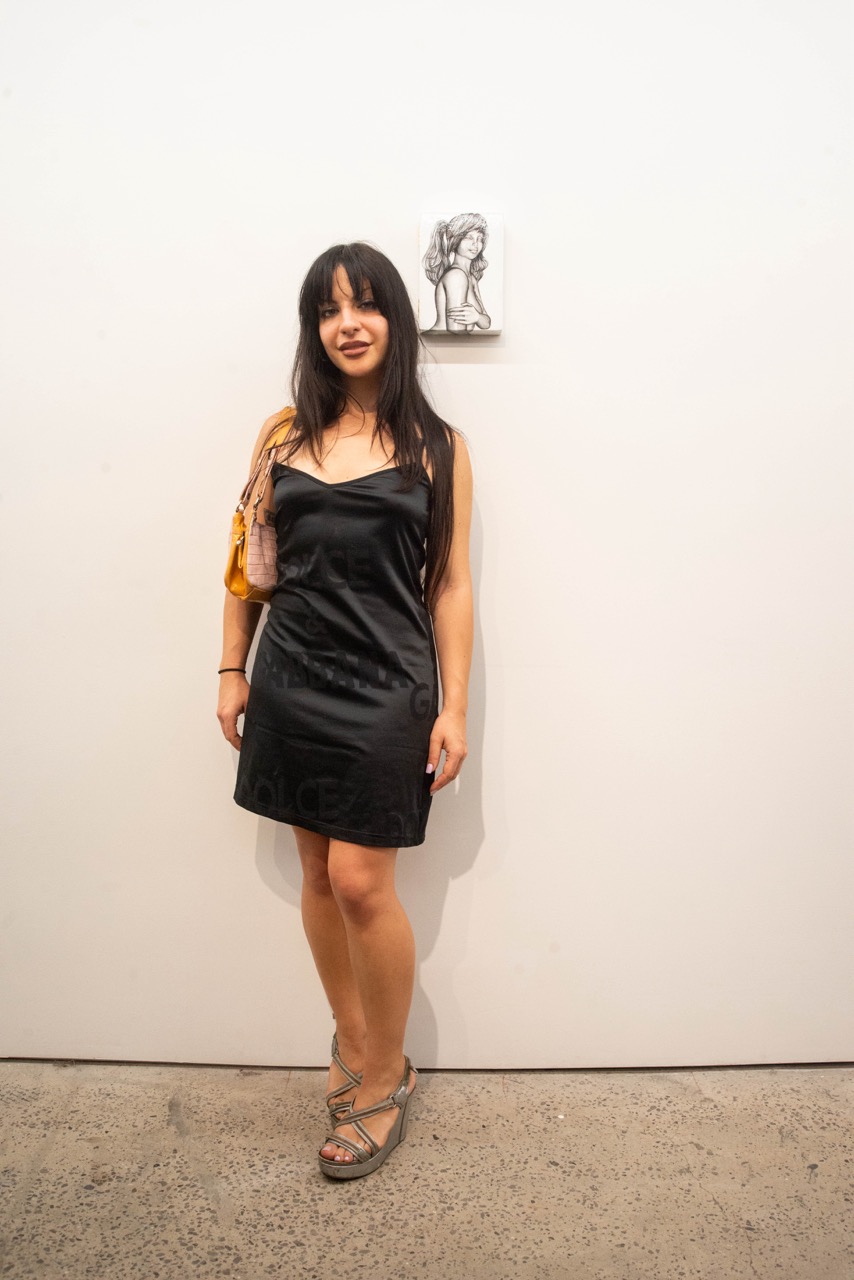

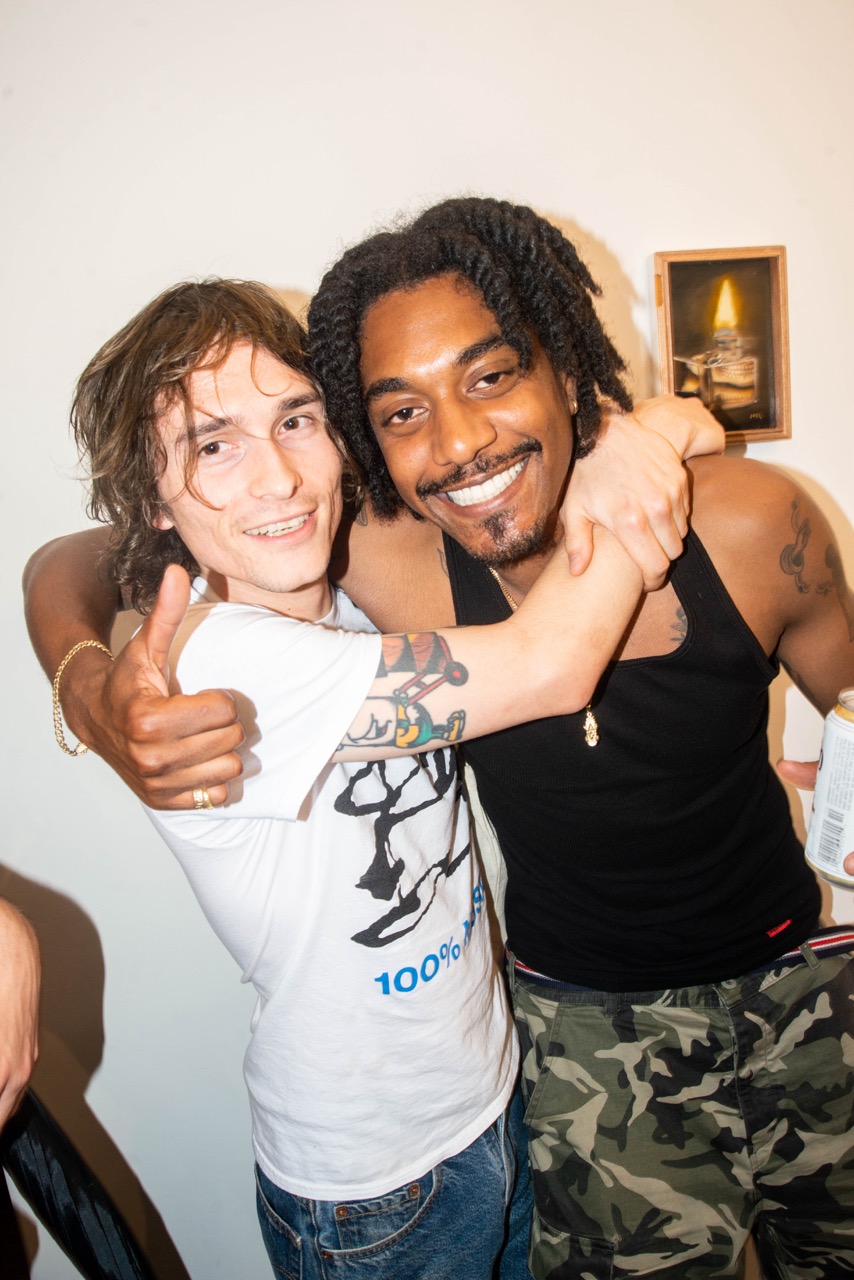
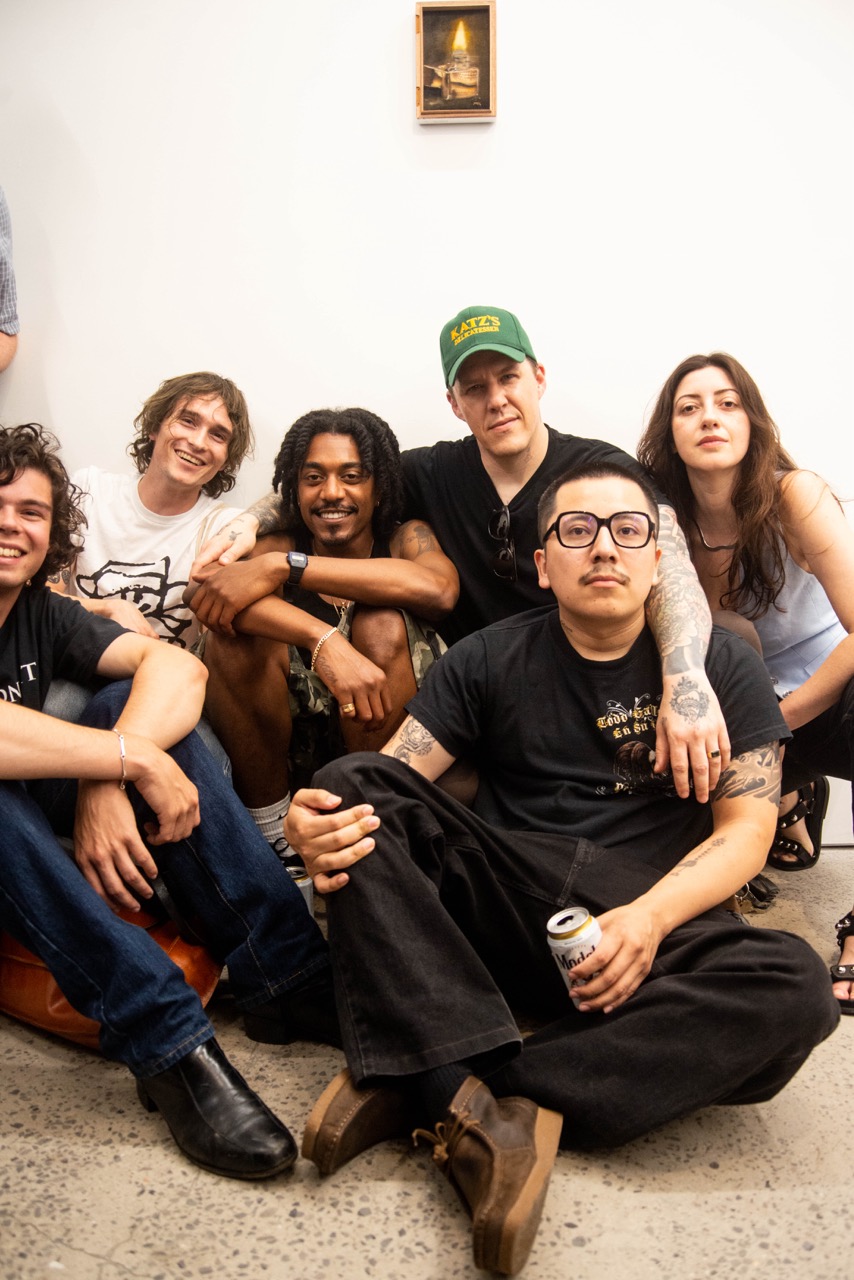
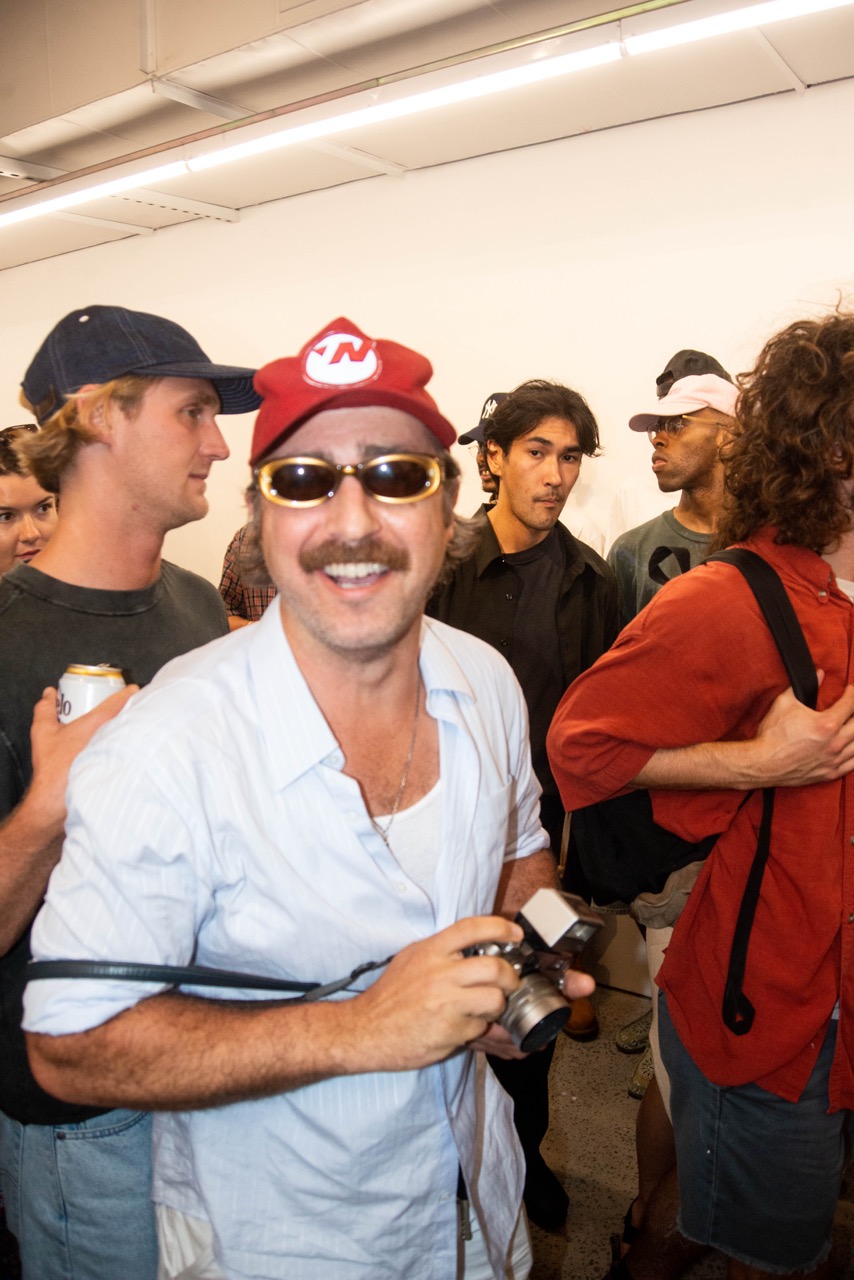
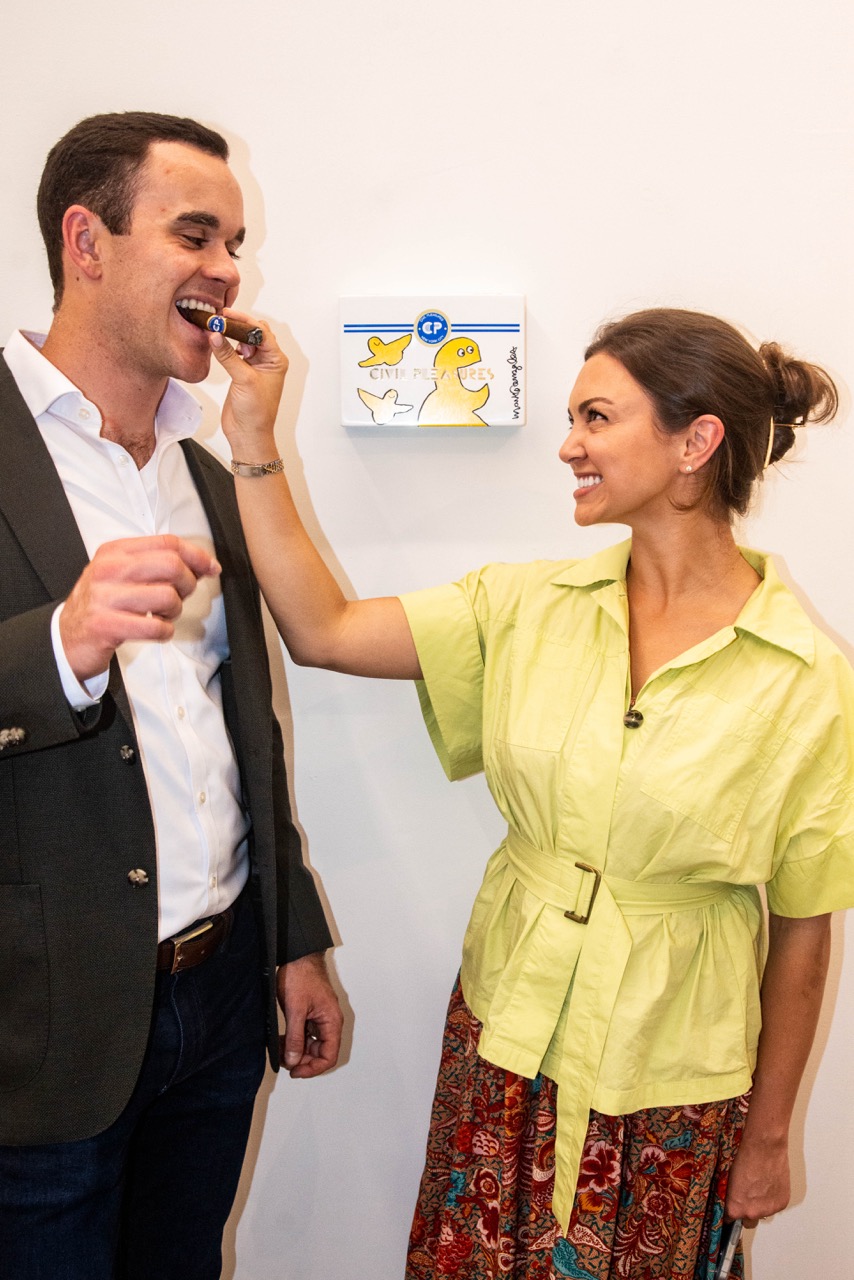
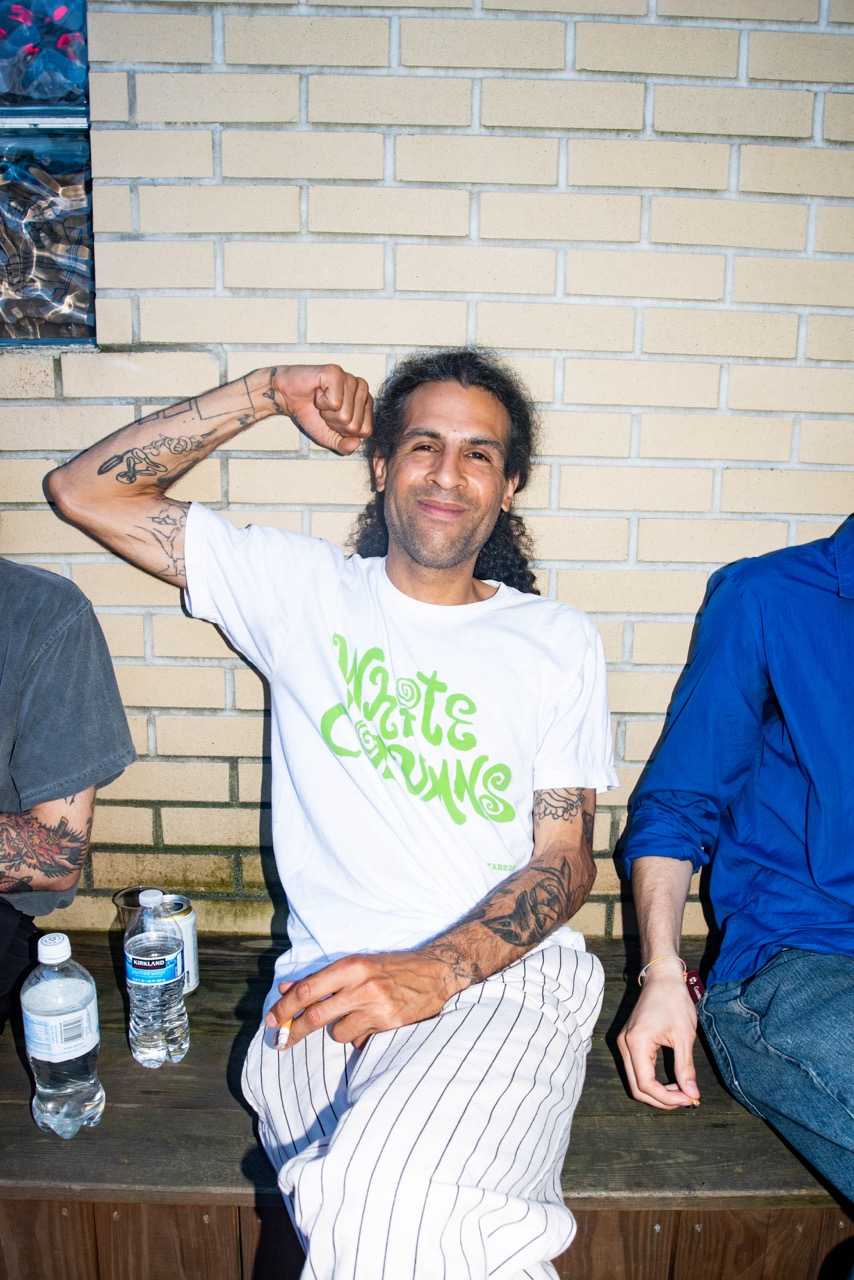

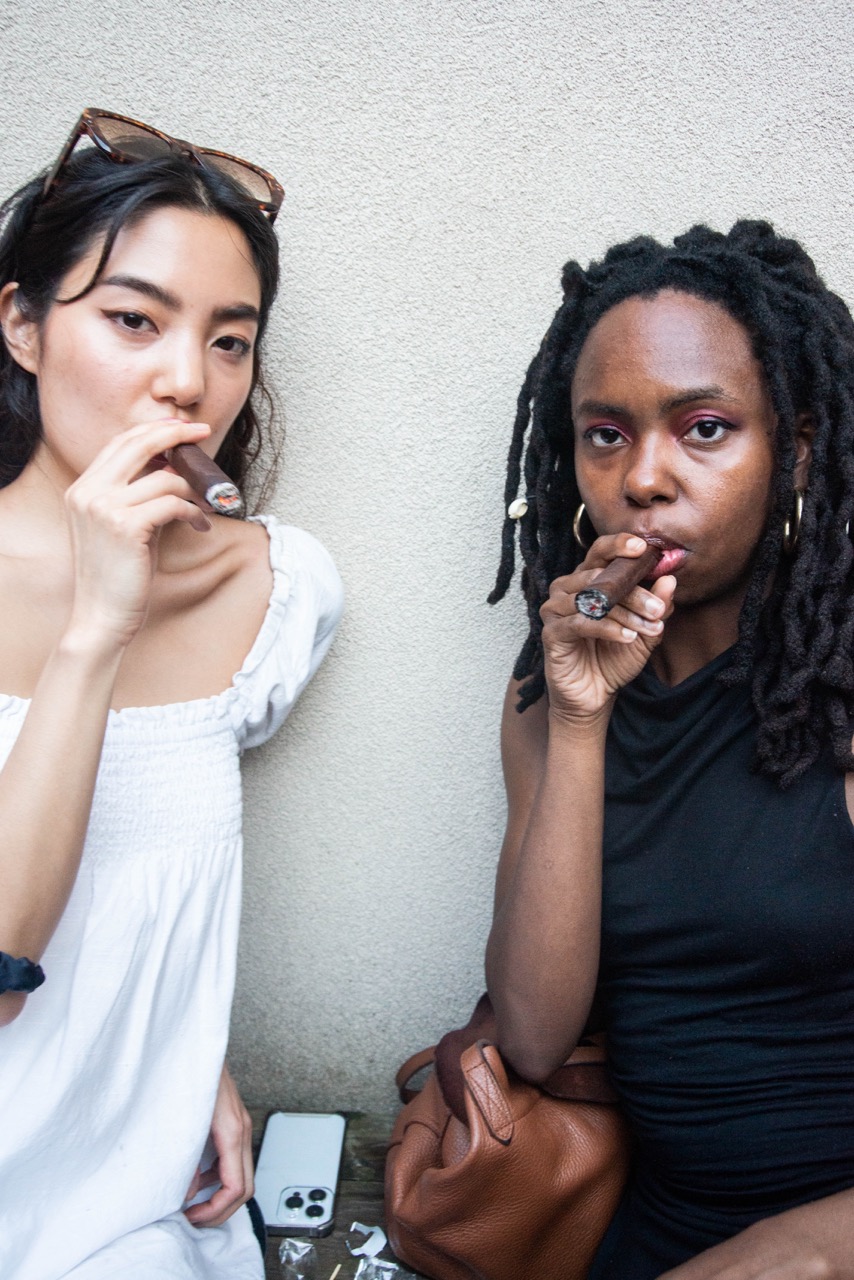

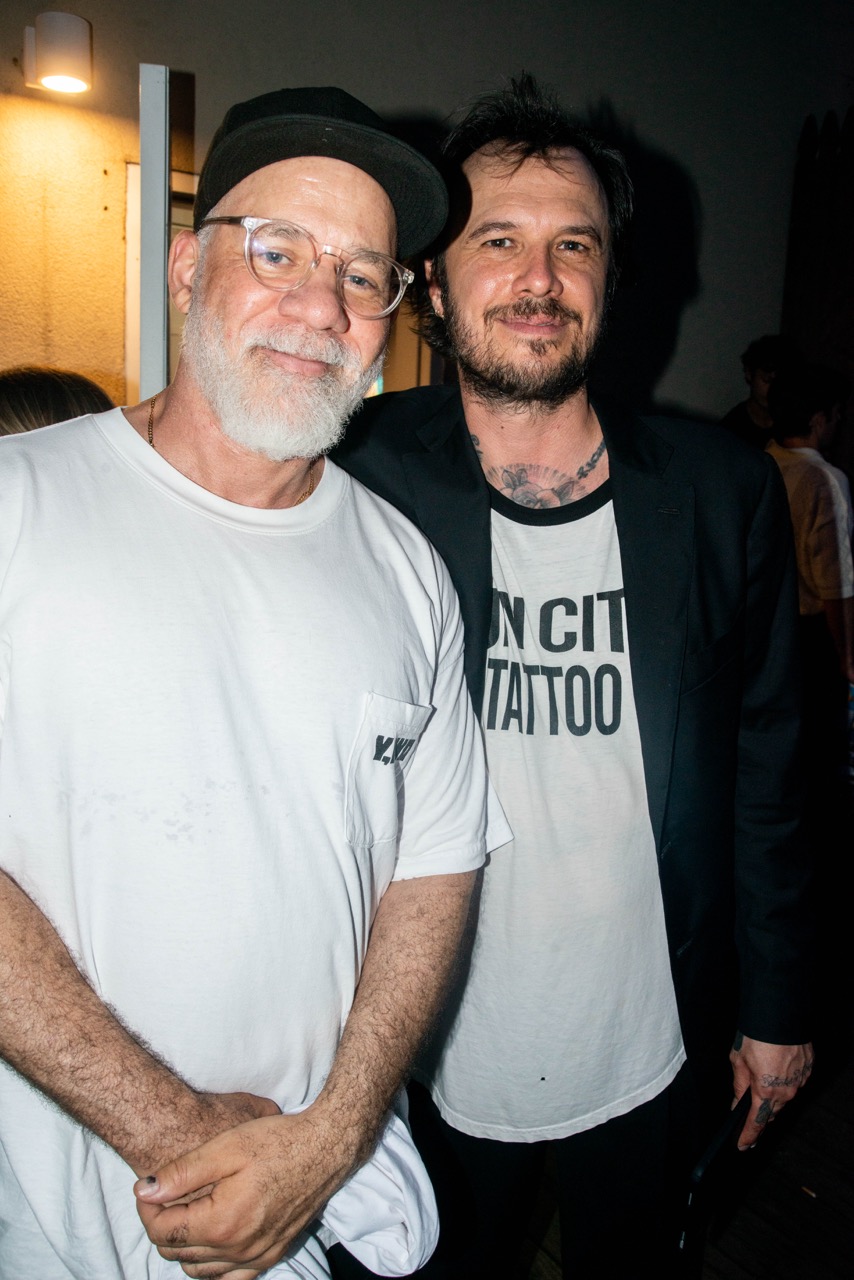
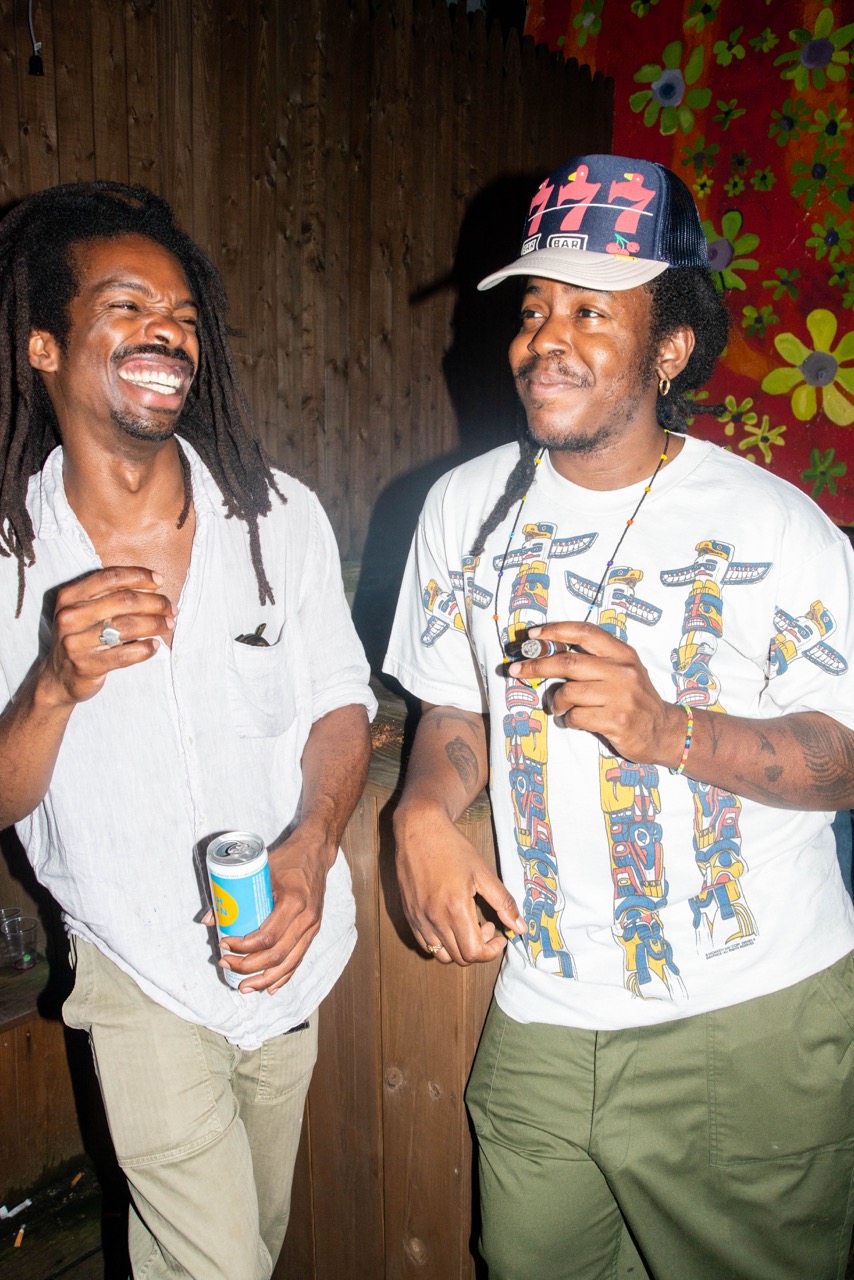
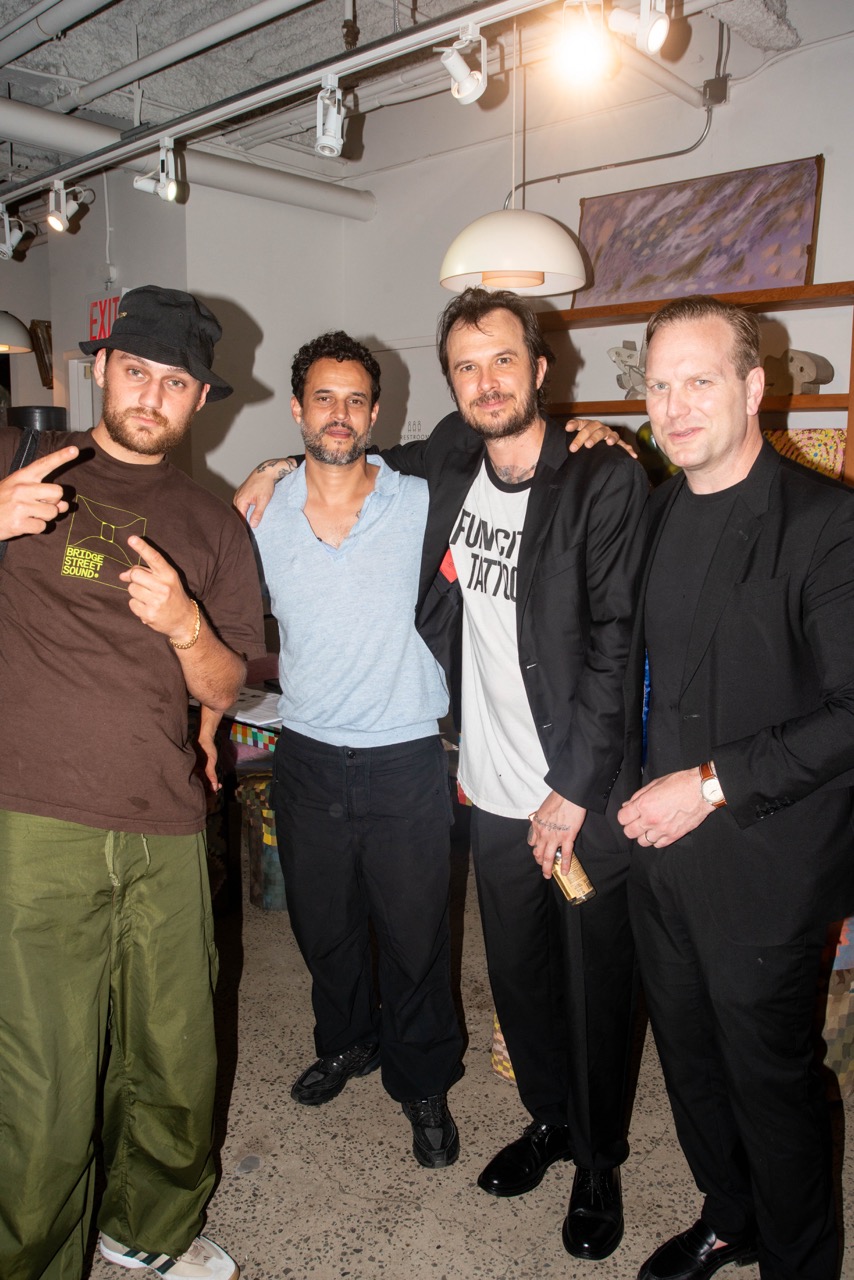

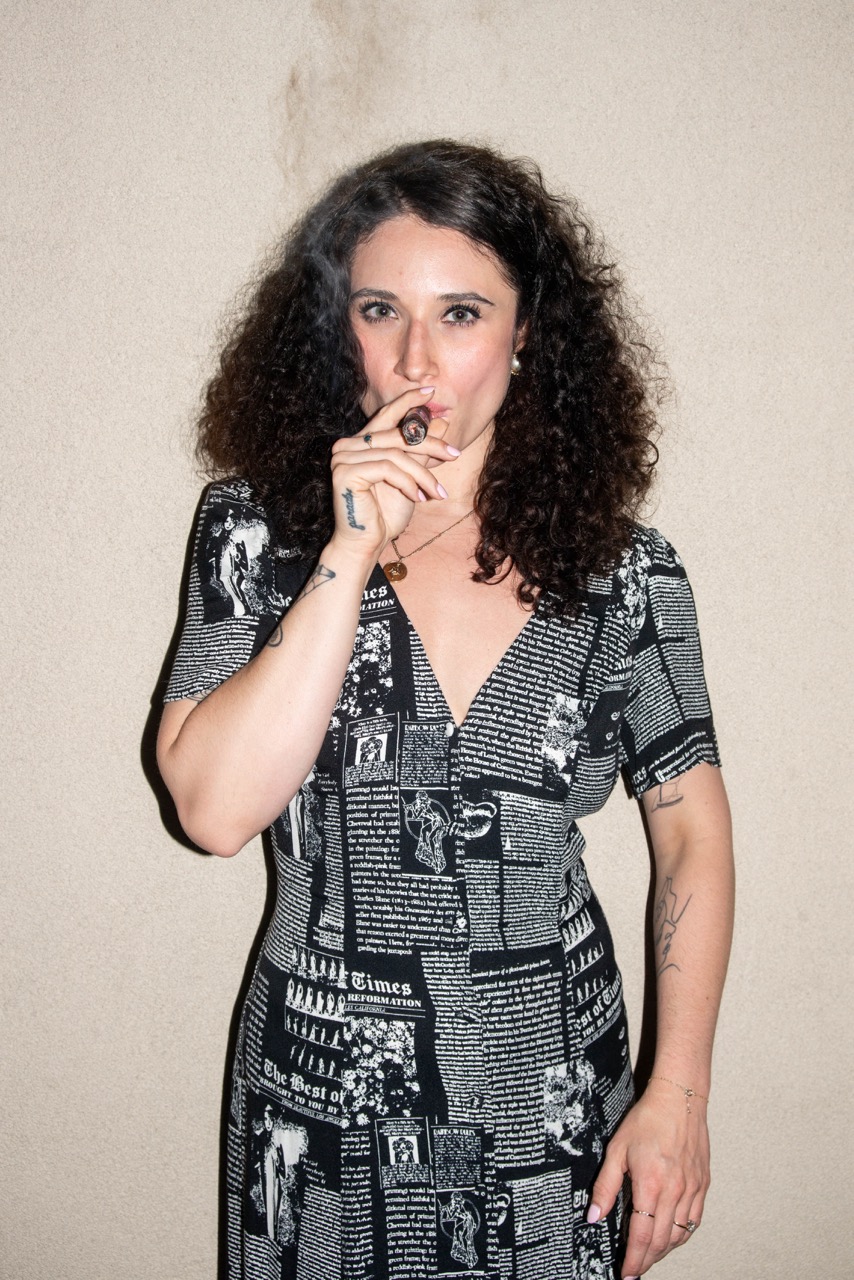
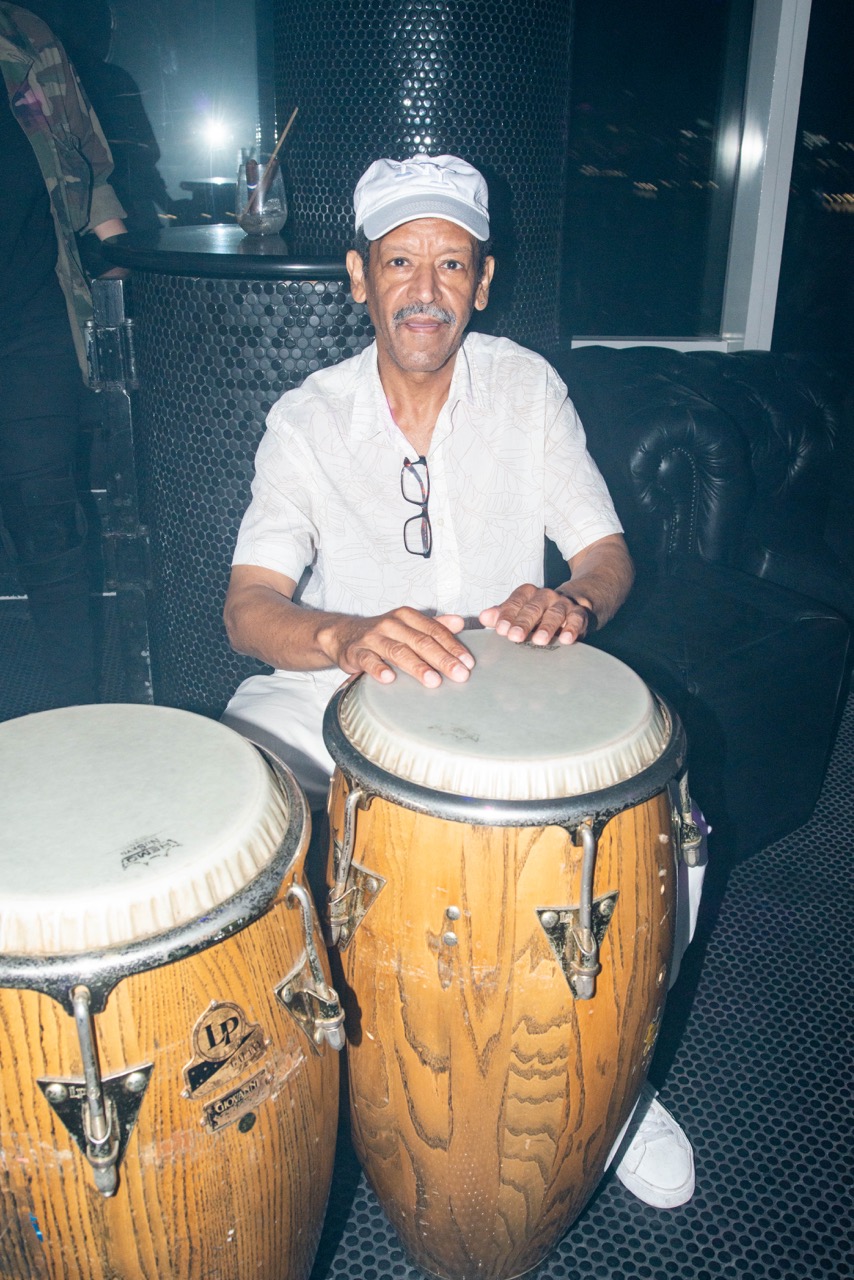
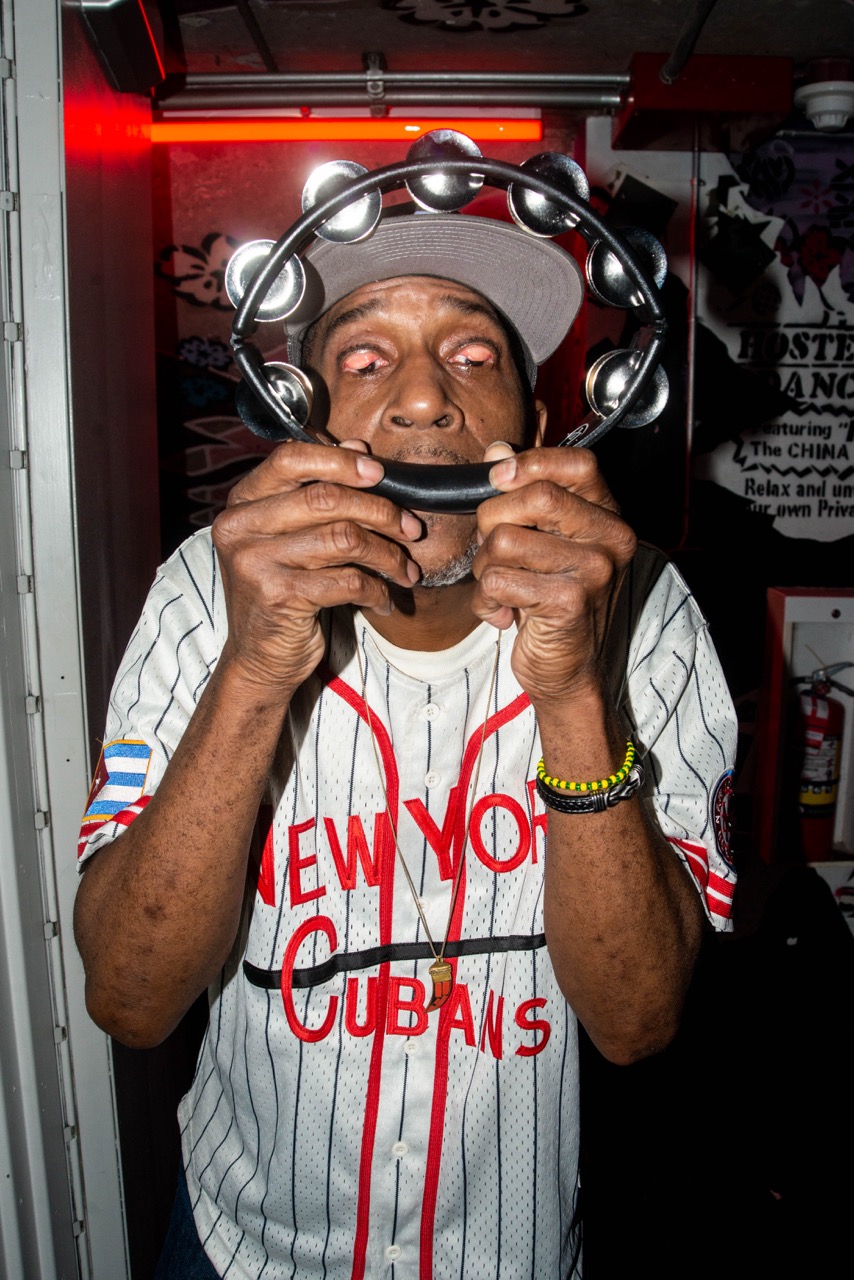

The Artist and the Cigar Box is on view online through June 30th.
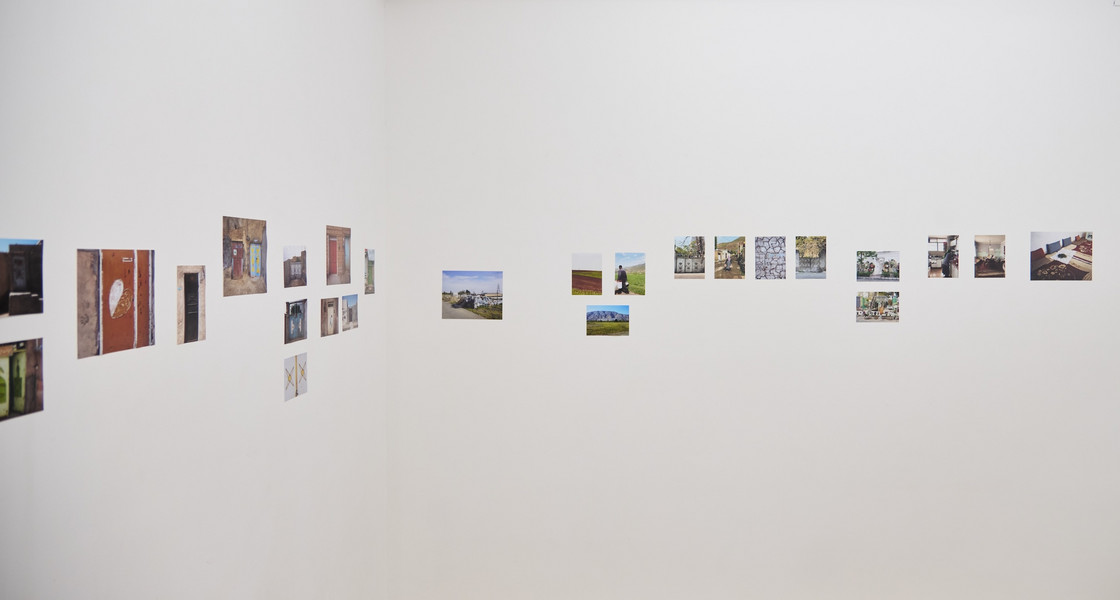
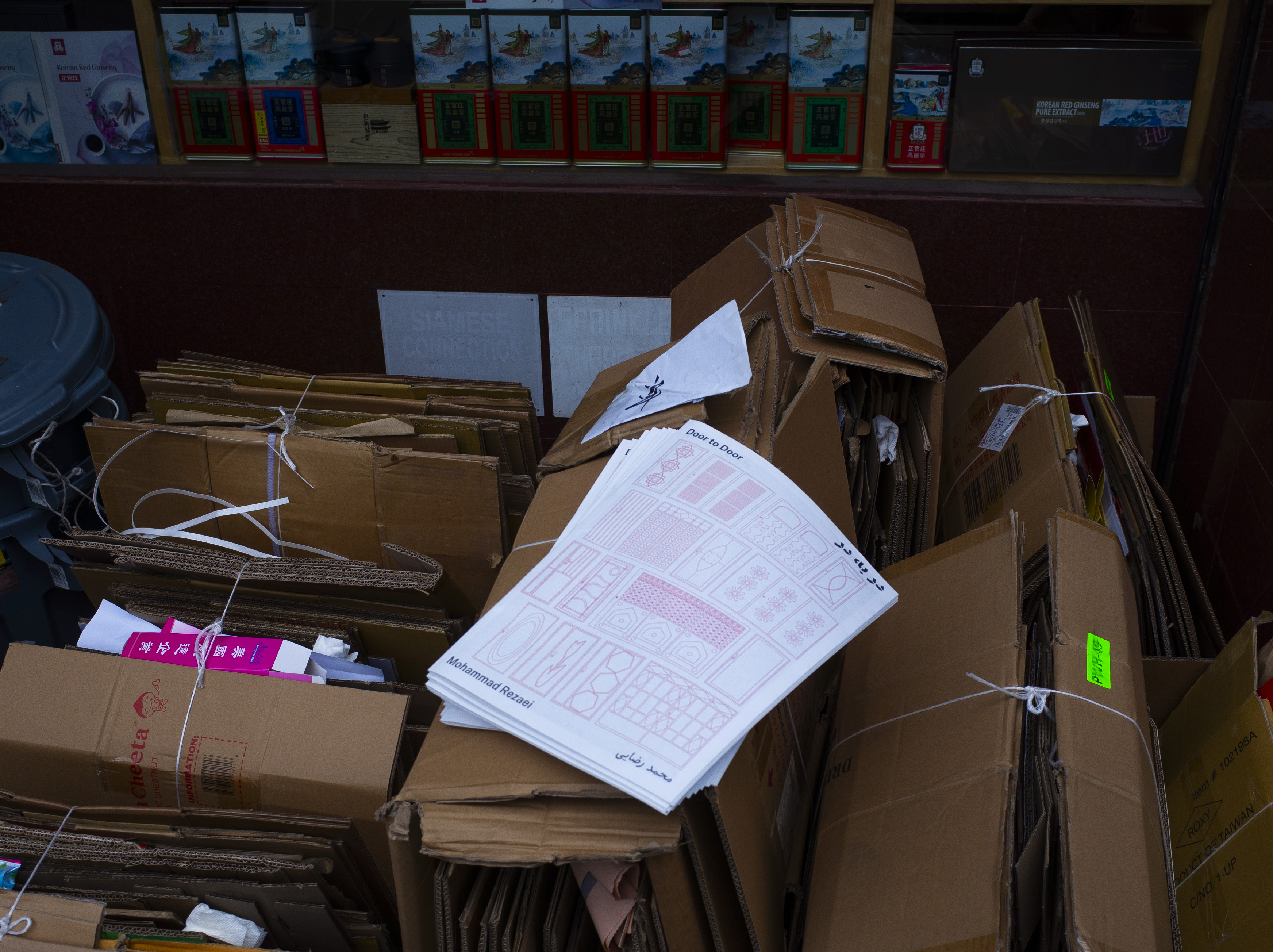
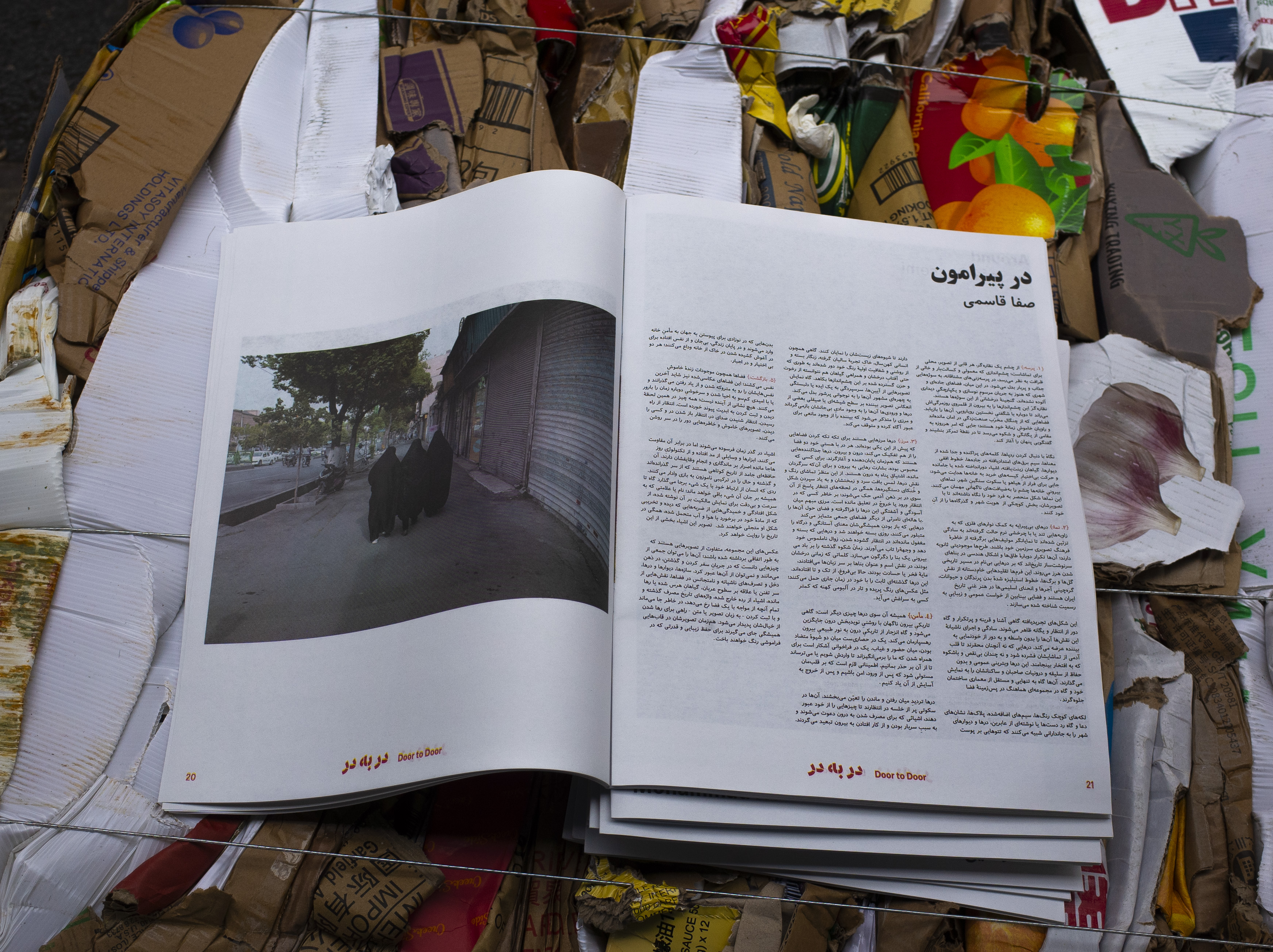
The exhibition is accompanied by a book of Rezaei’s photography, and a series of essays and writings that respond to the photographs by writers Mnatalla Eldaas, Akram Shah, Abhi Janamanchi, Zari G, Saam Niami, and Safa Ghasemi.
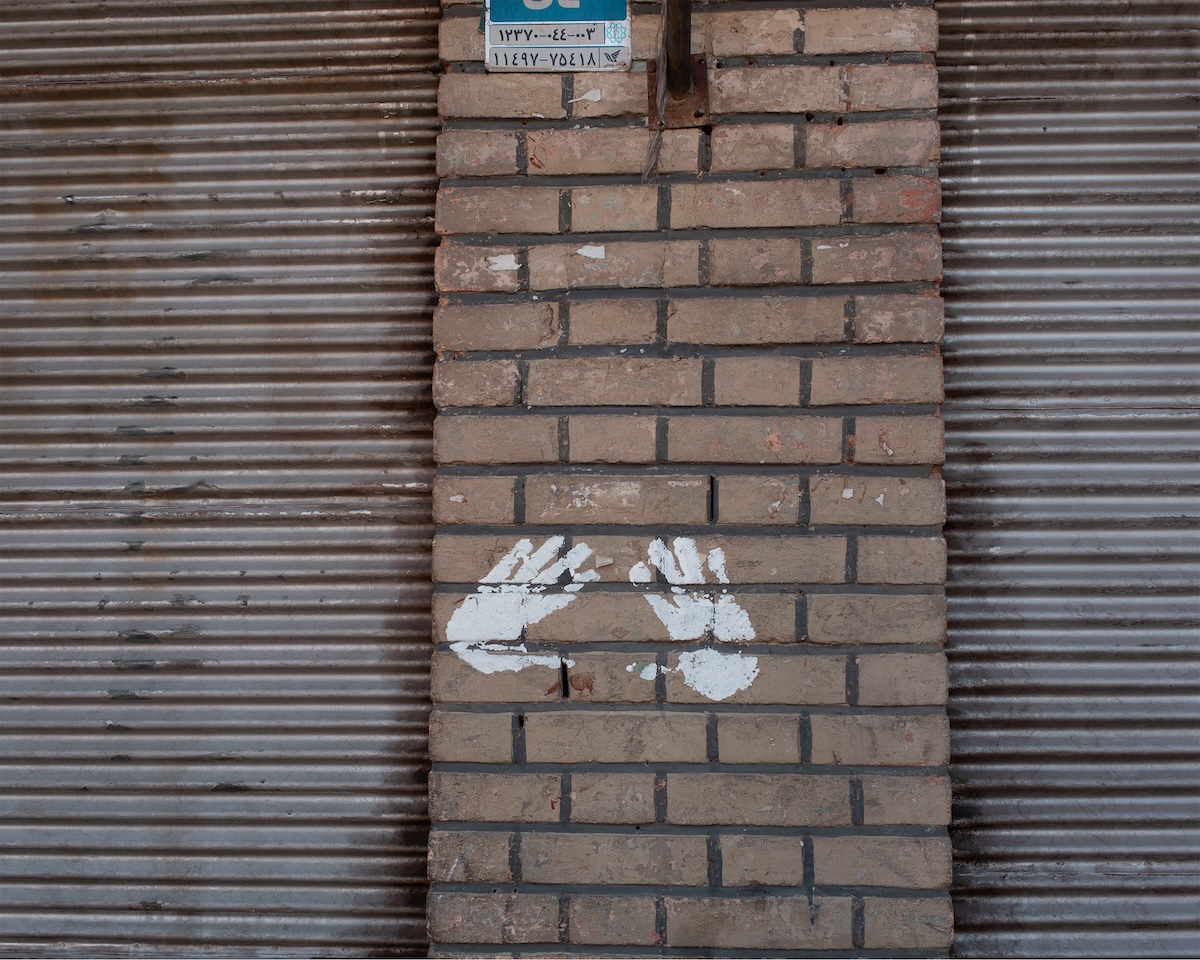
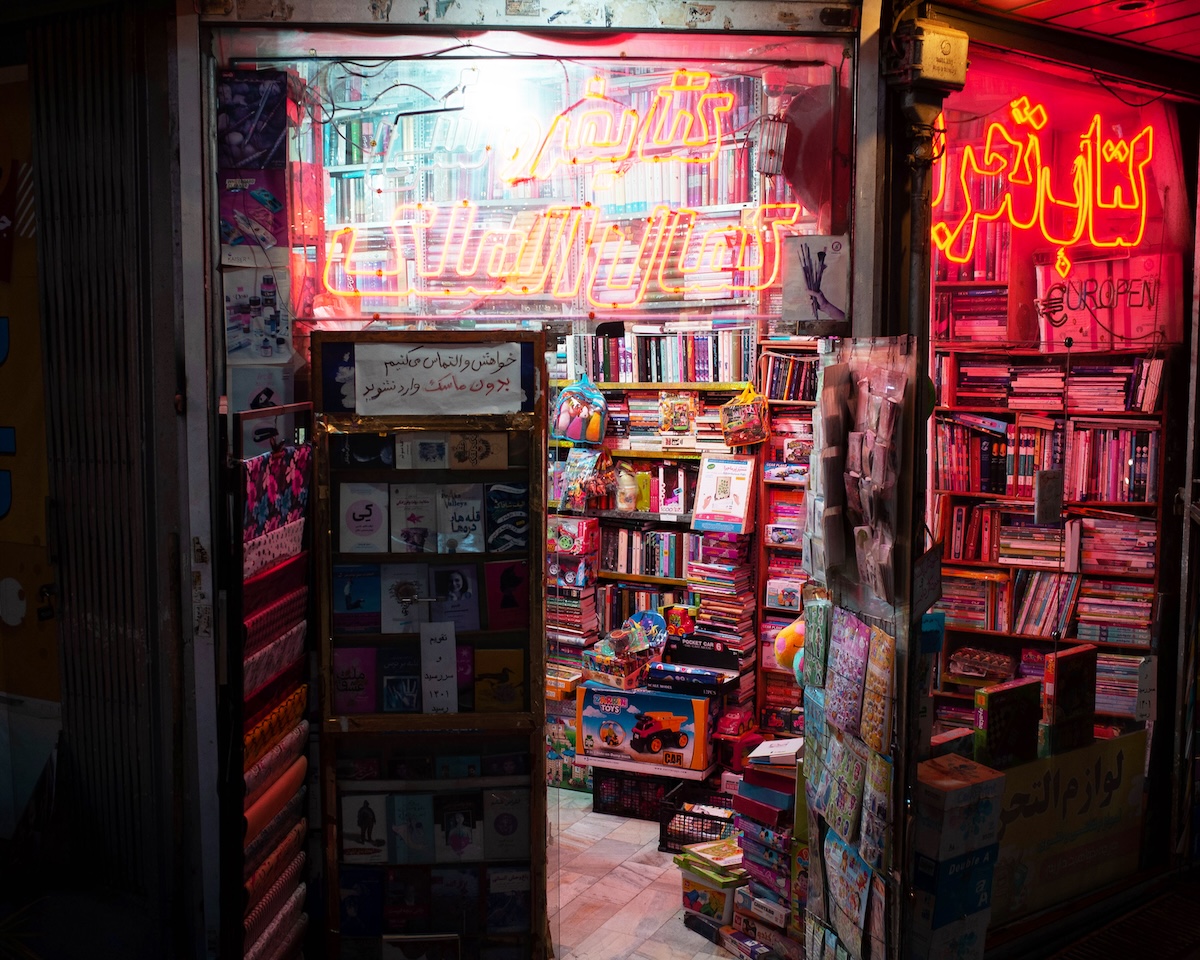
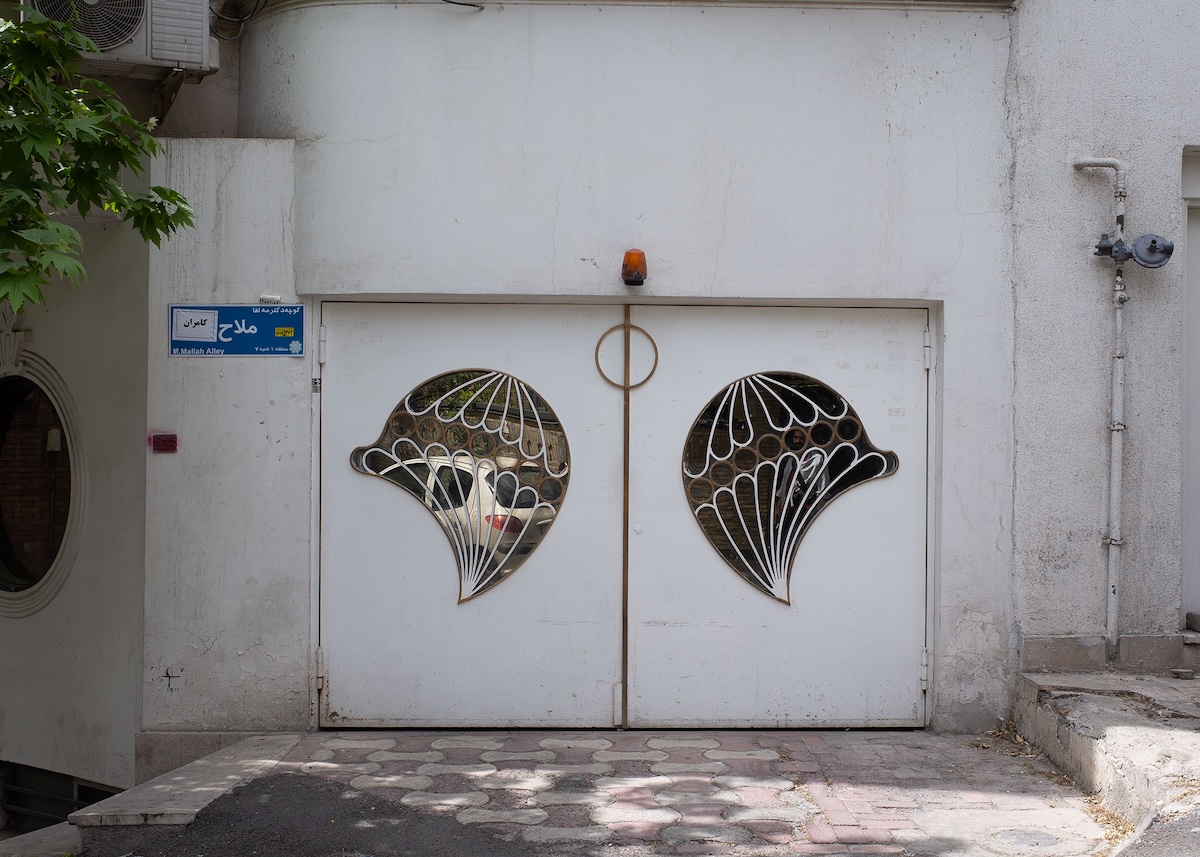
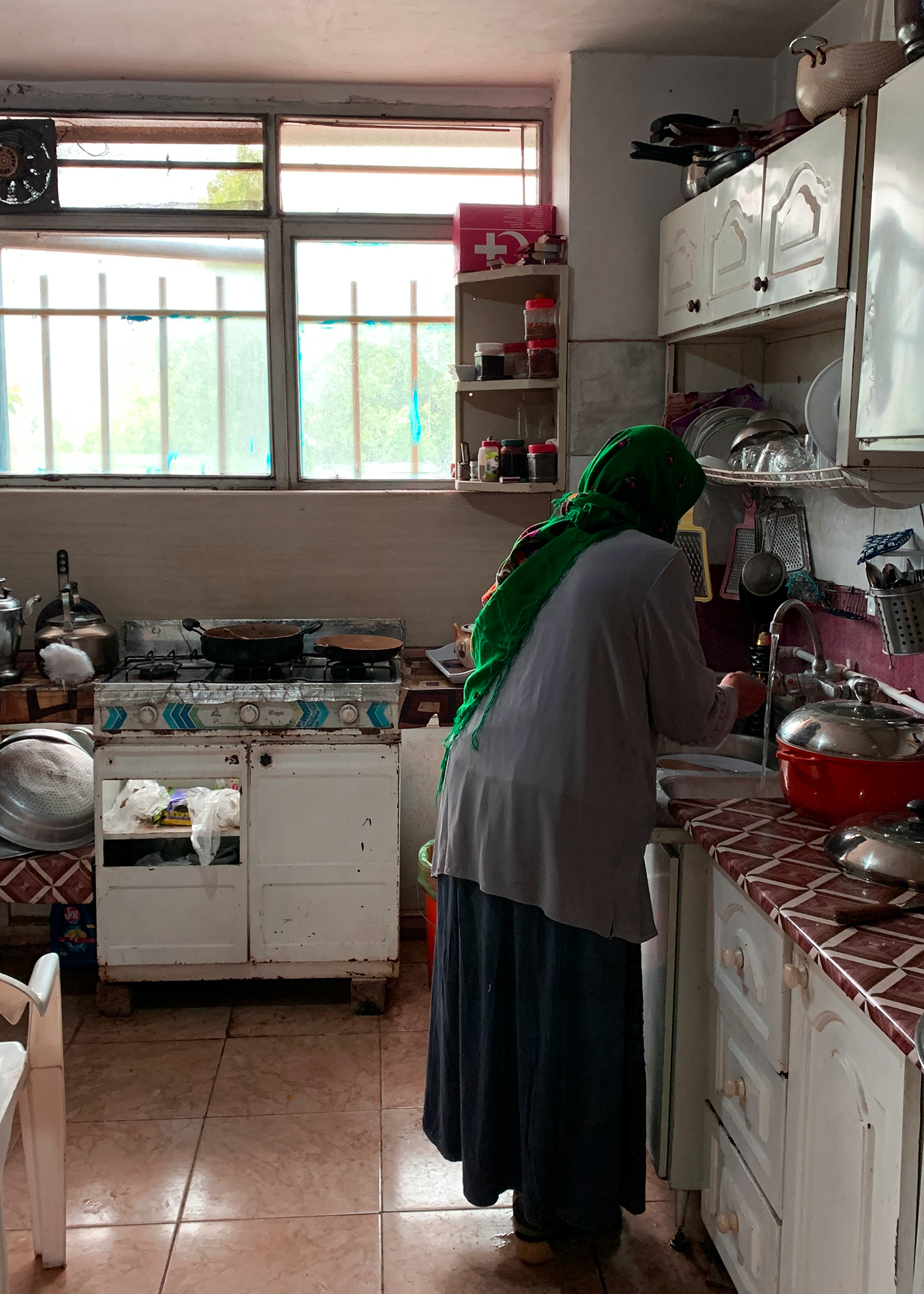
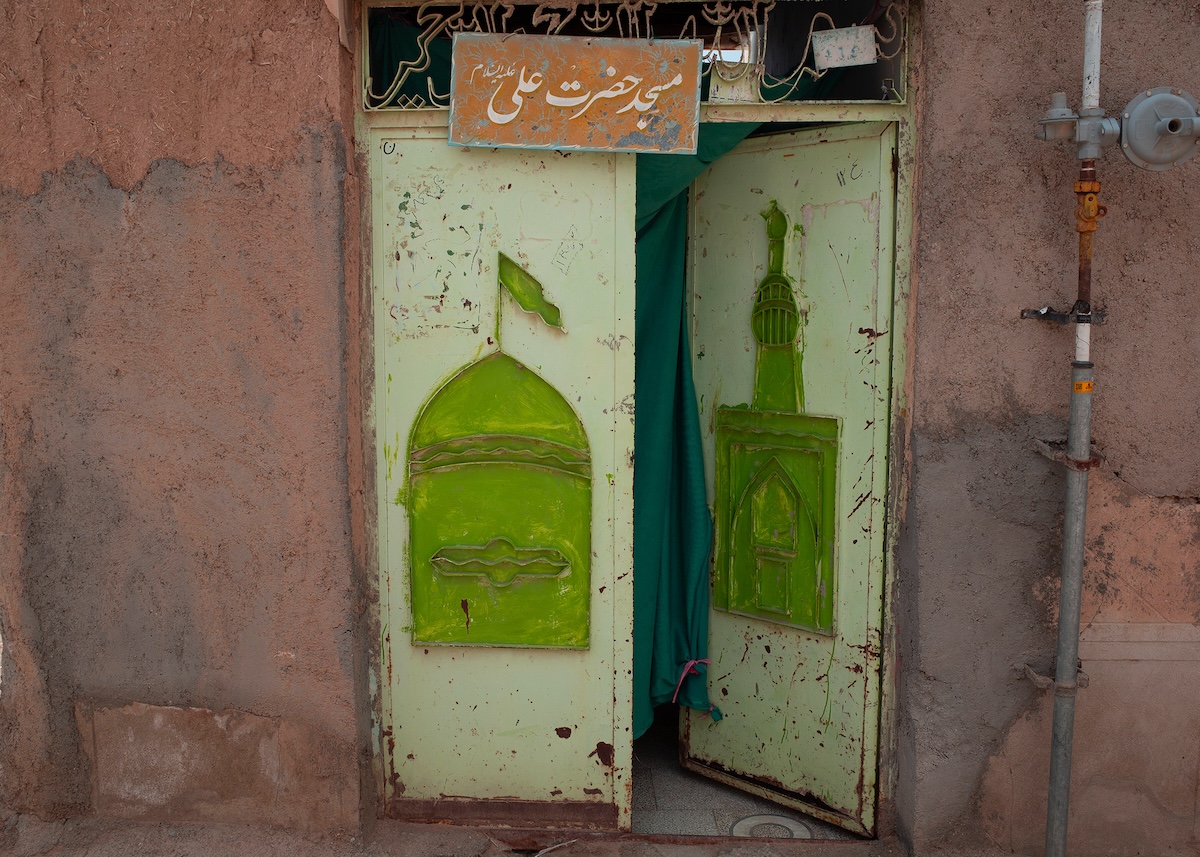
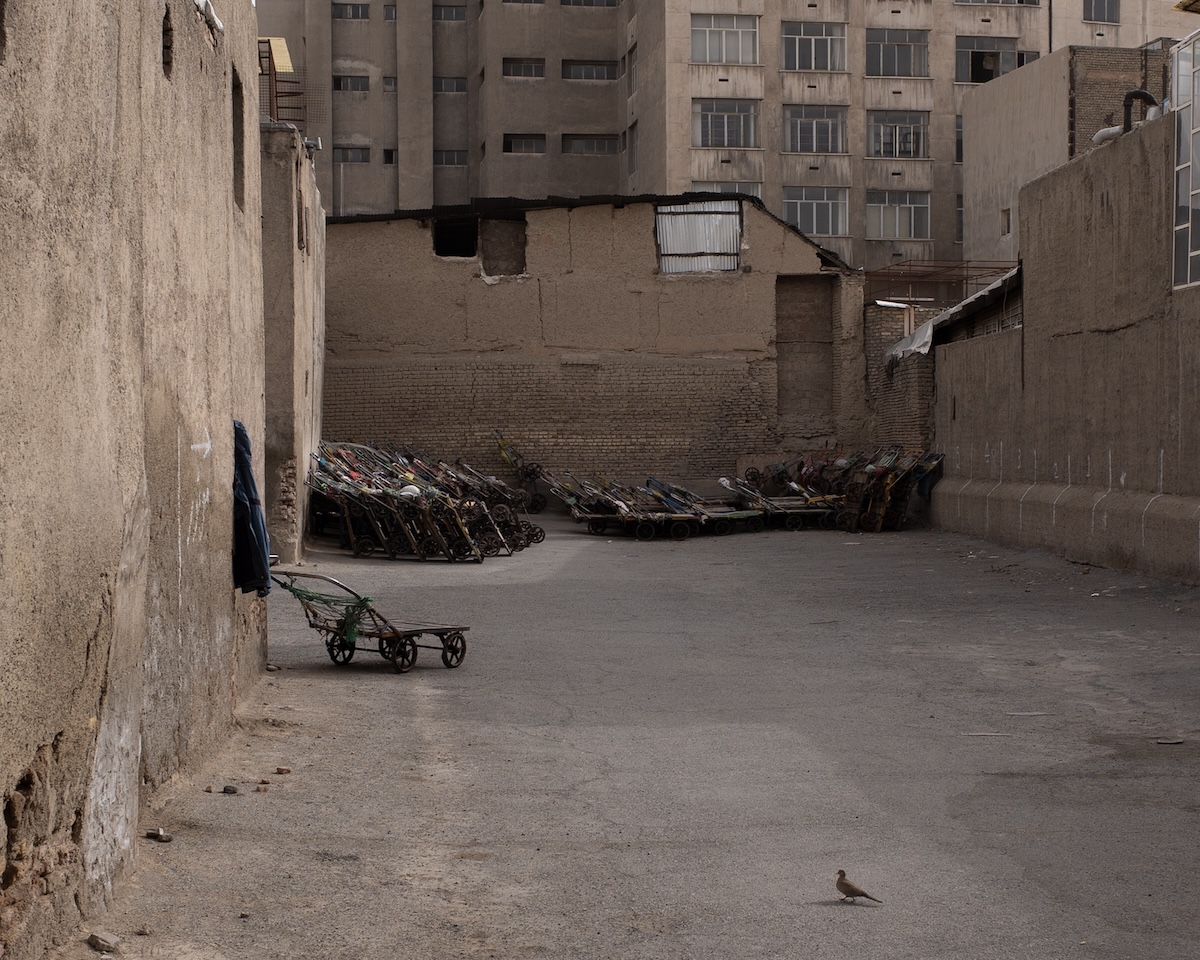
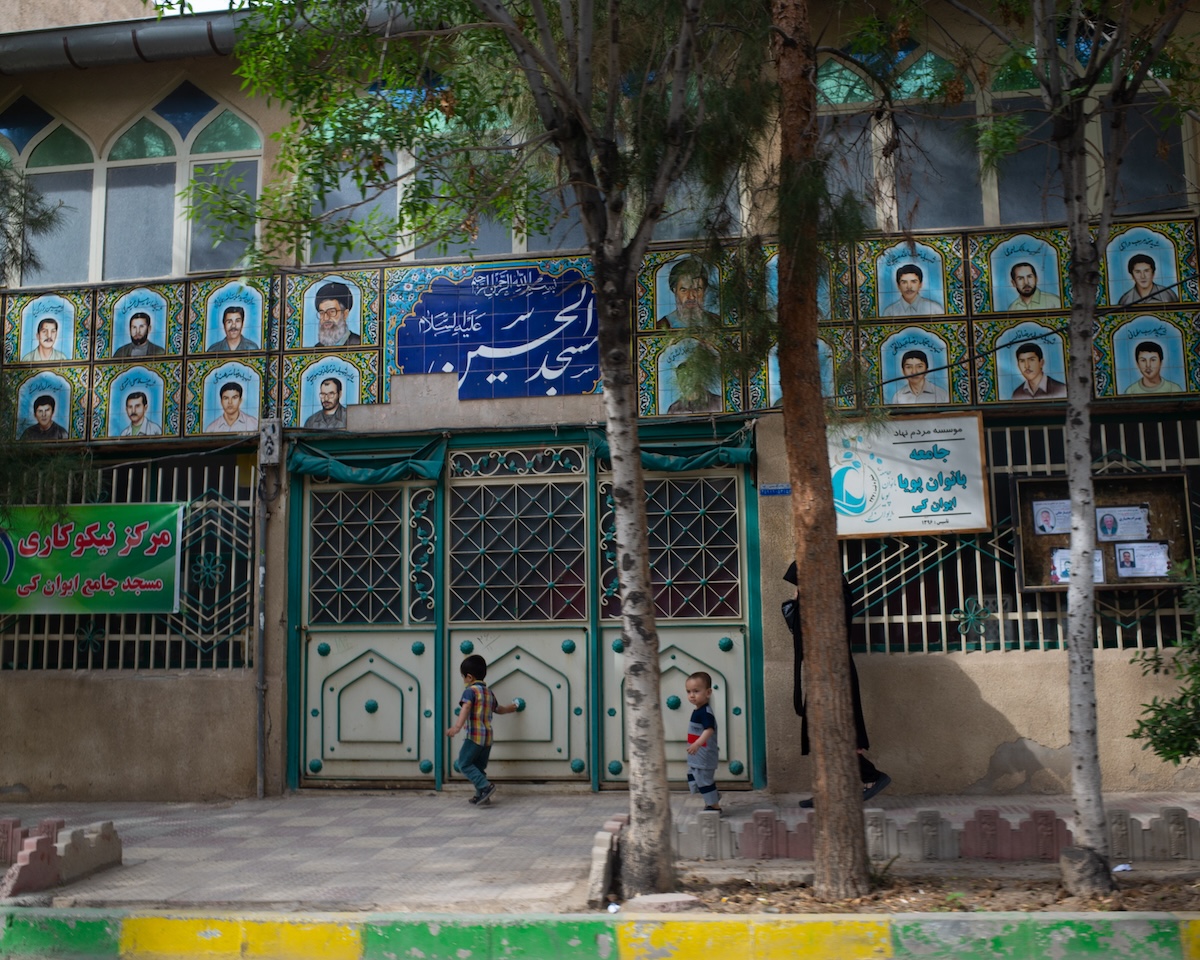
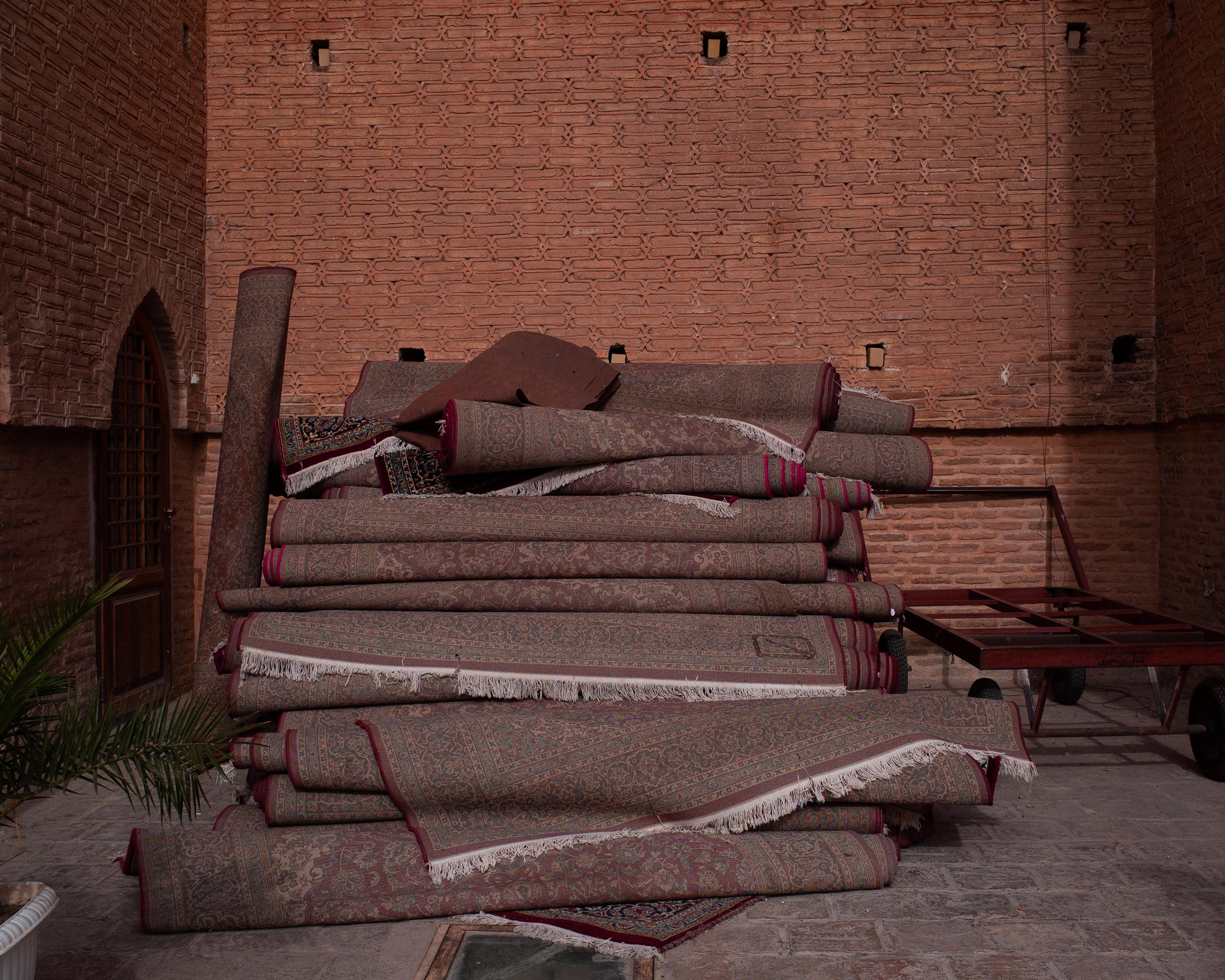
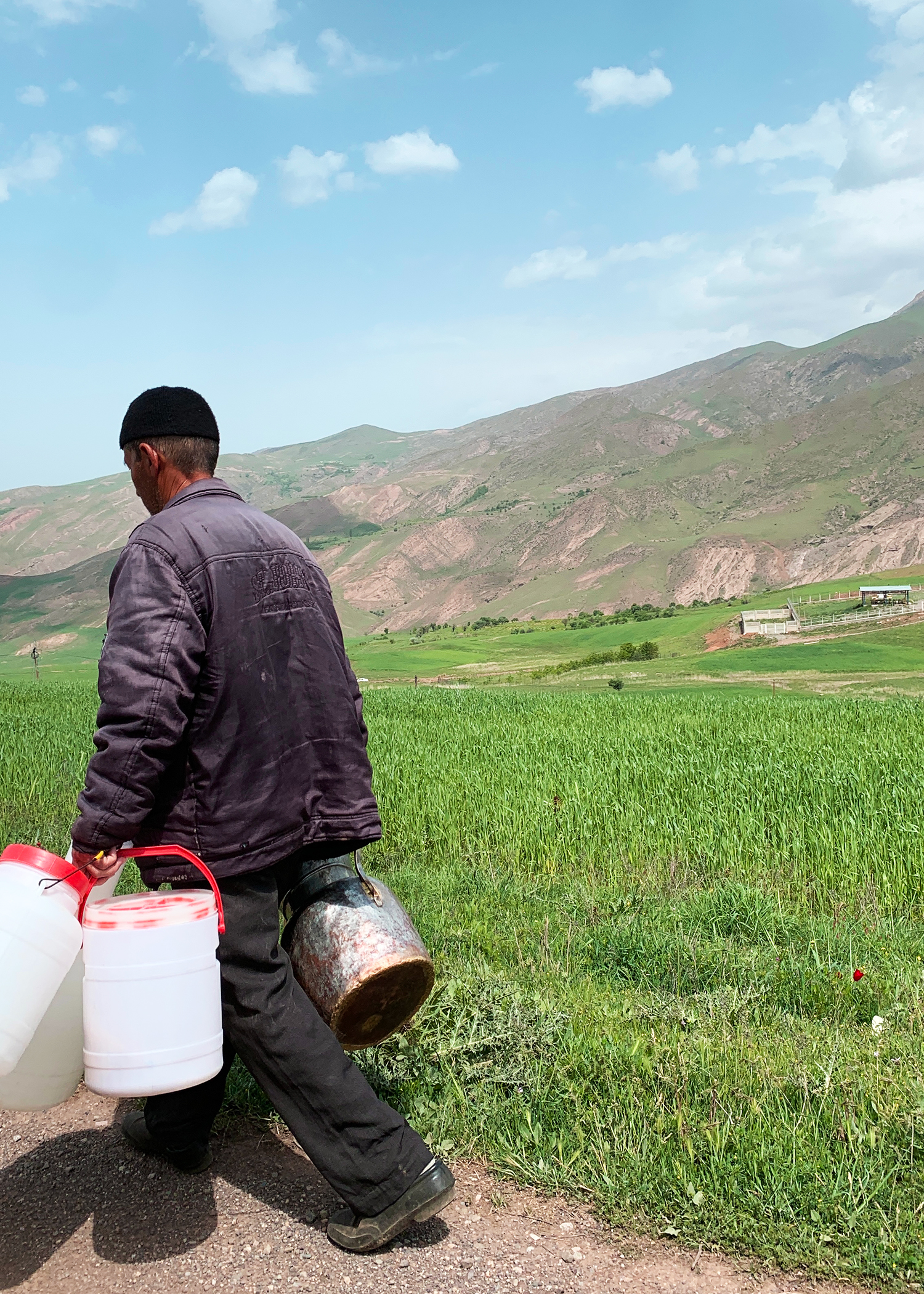
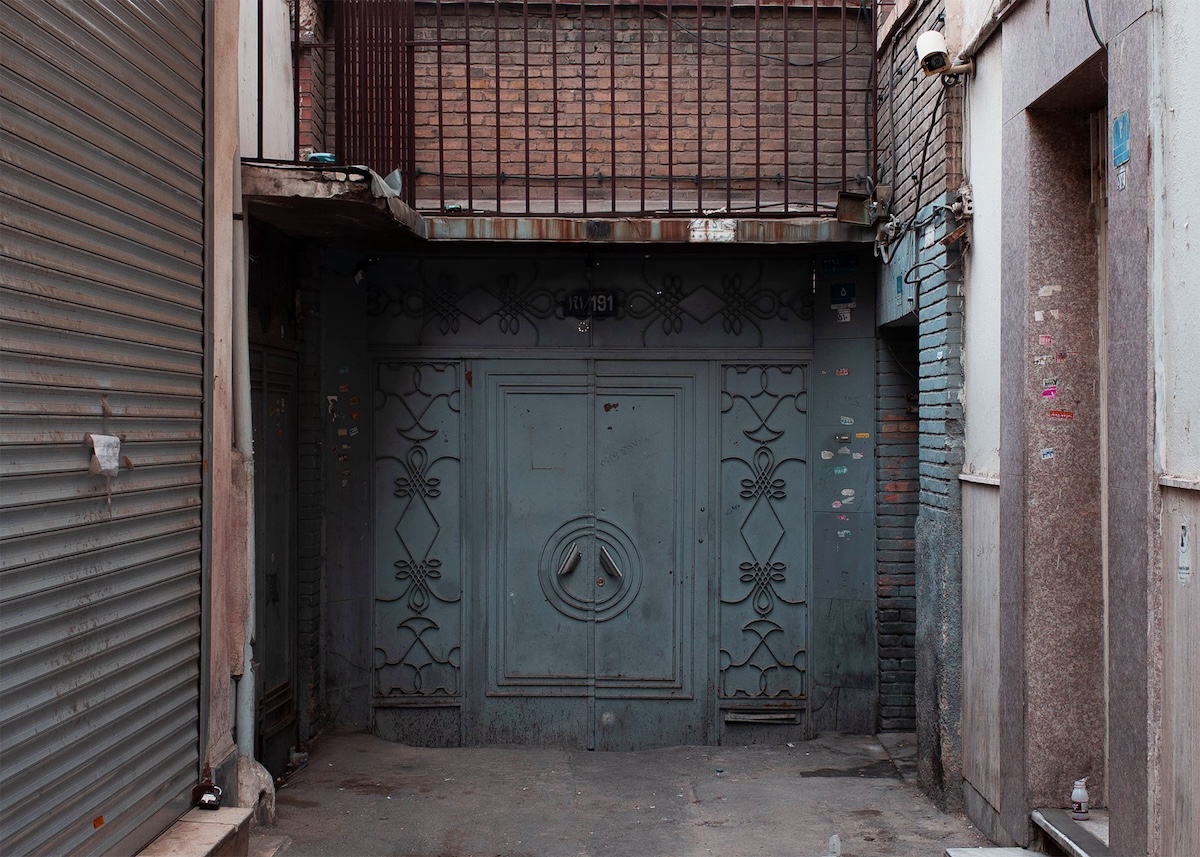

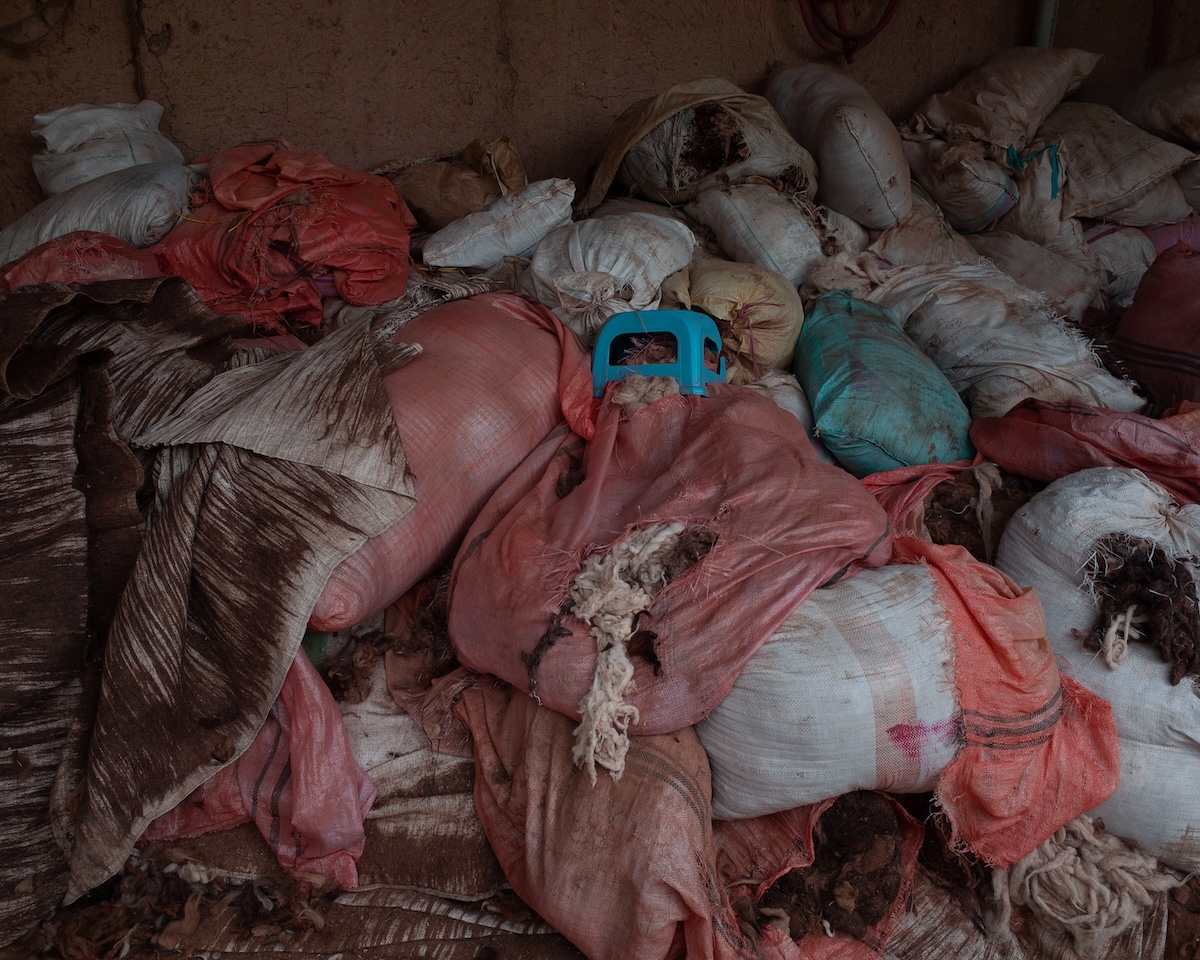

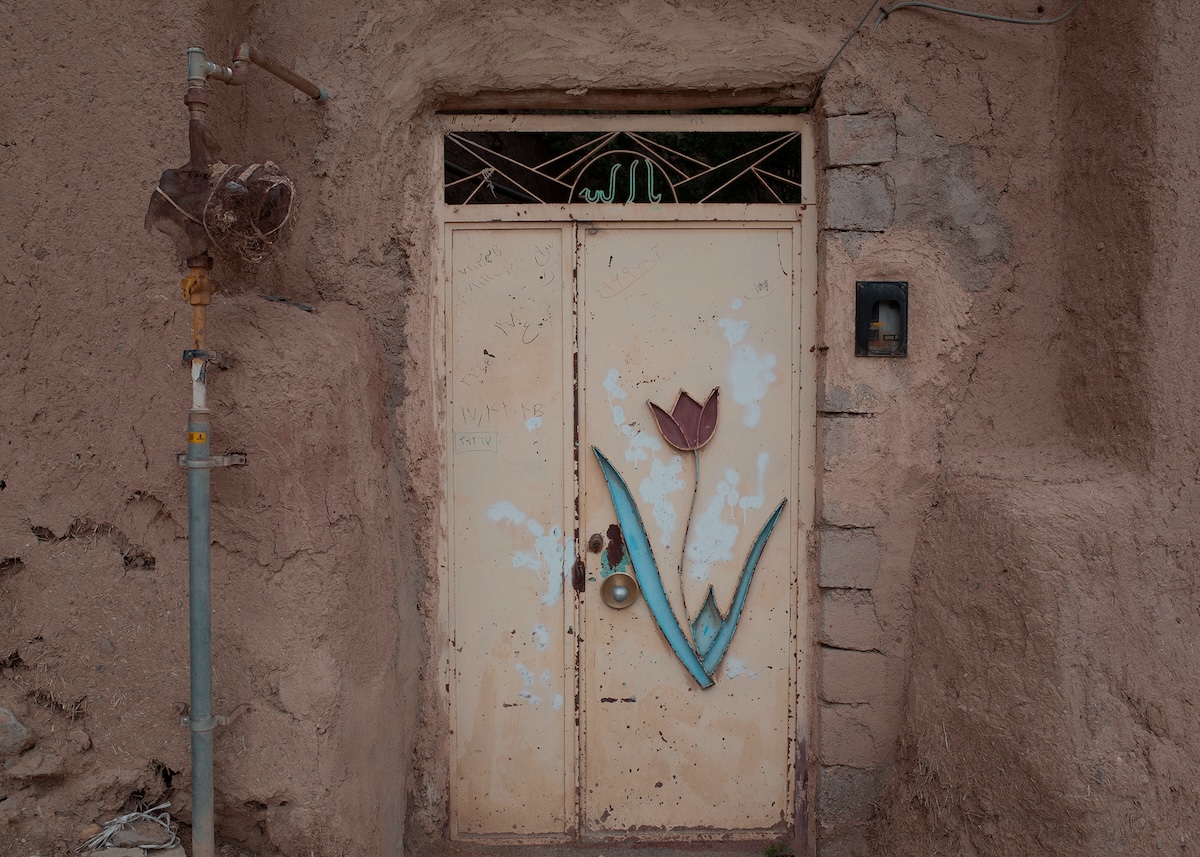
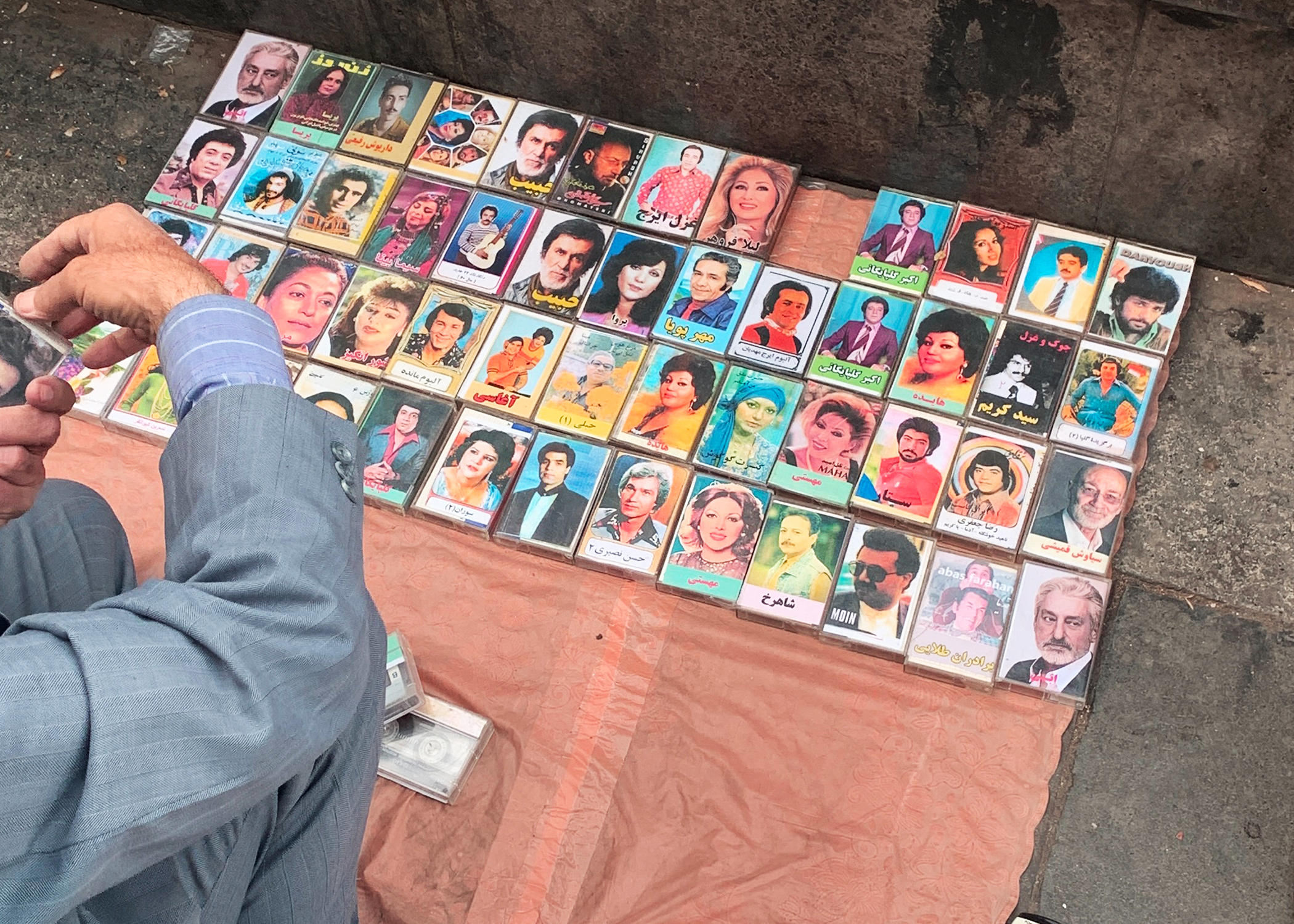
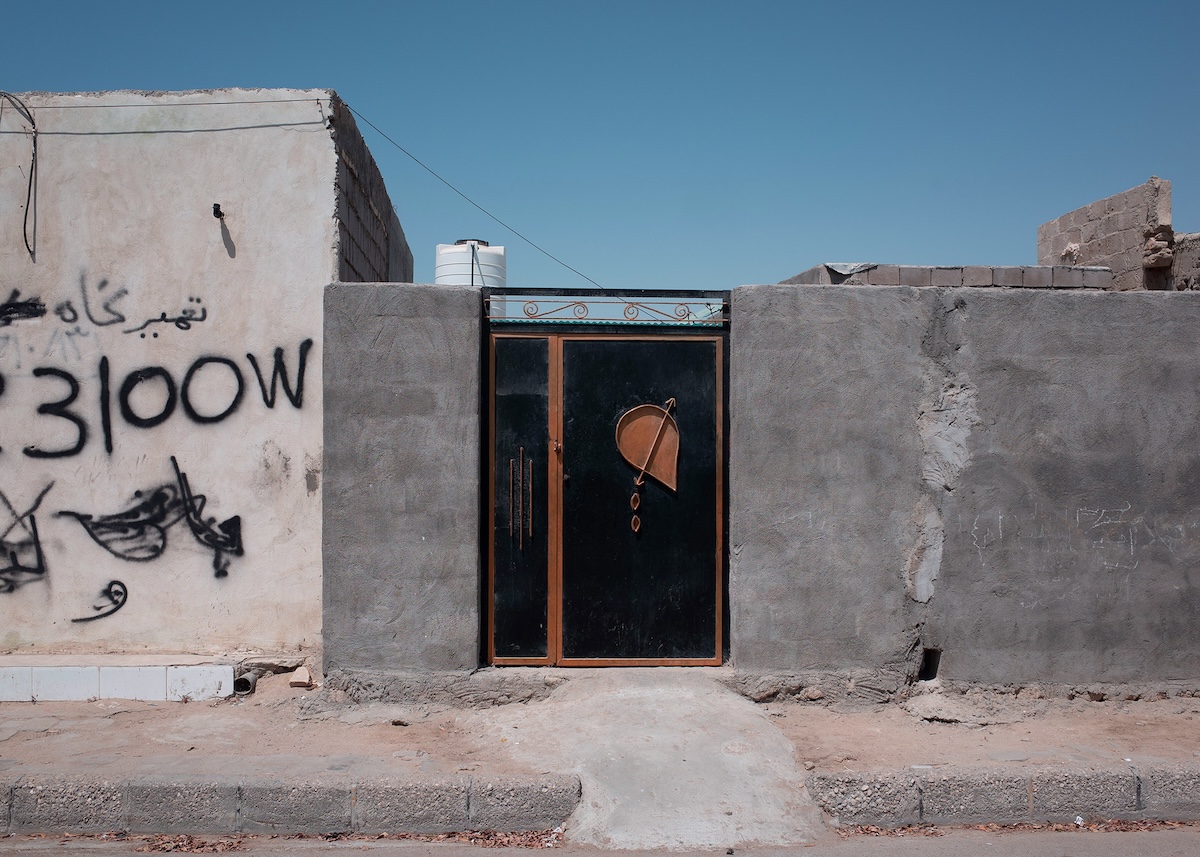
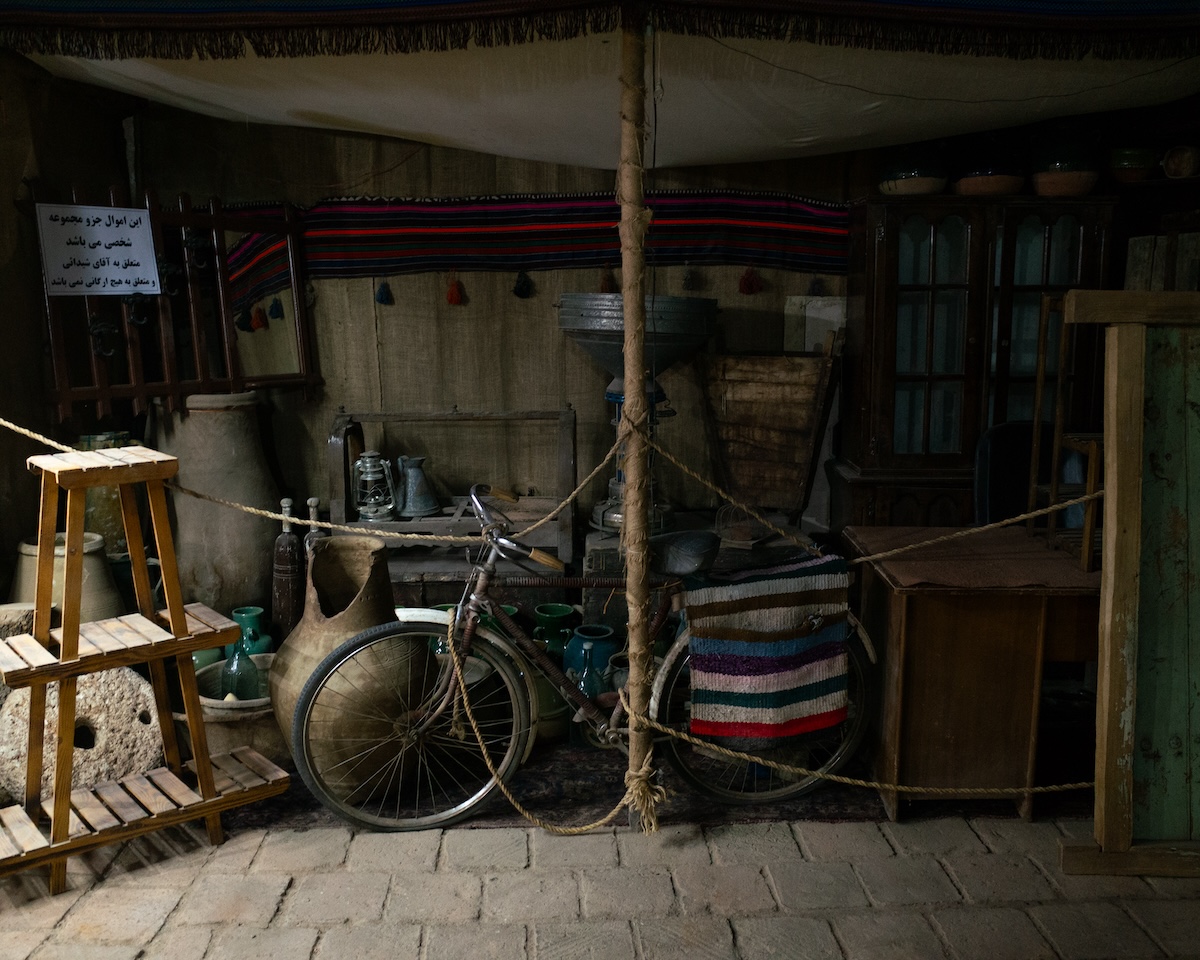





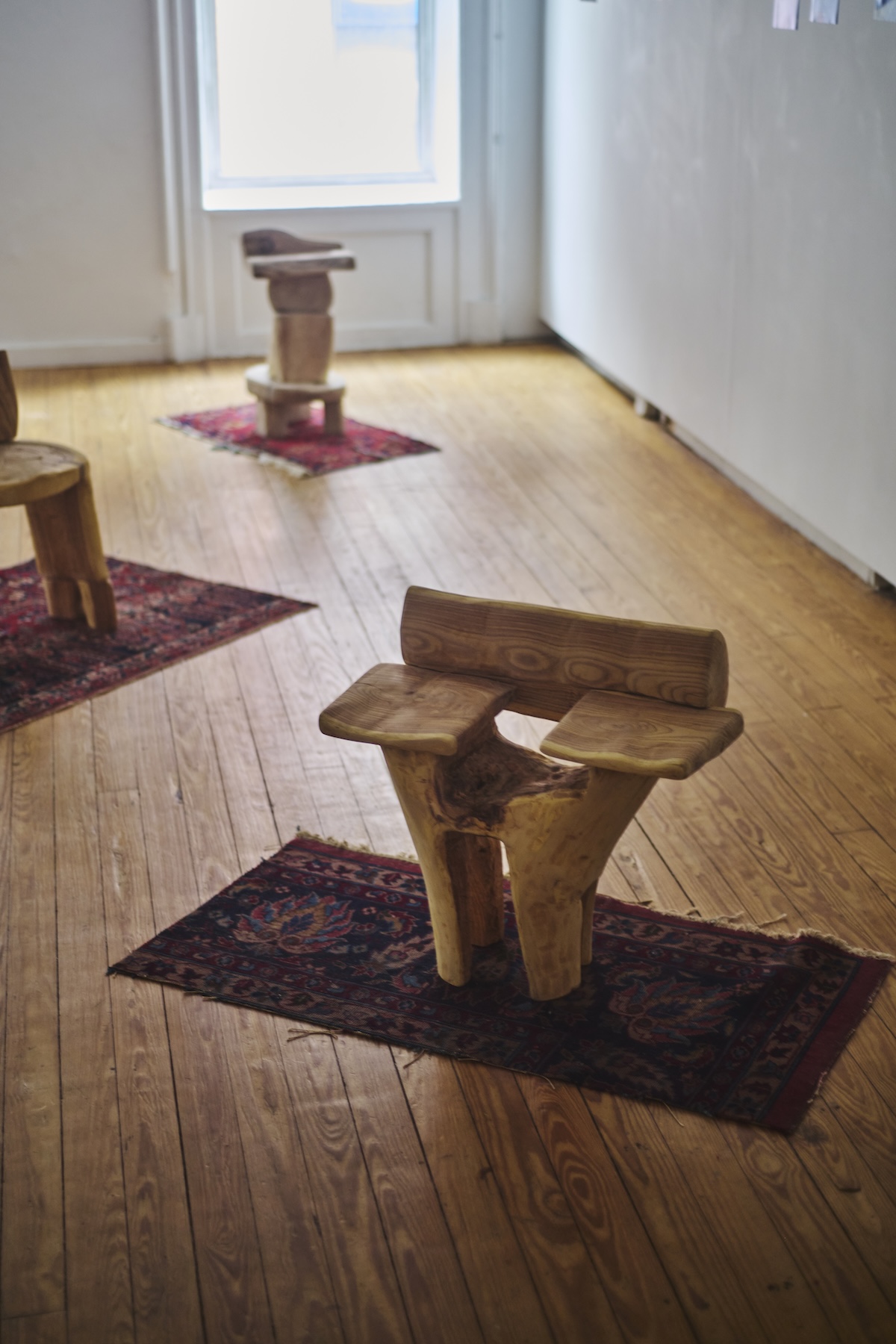
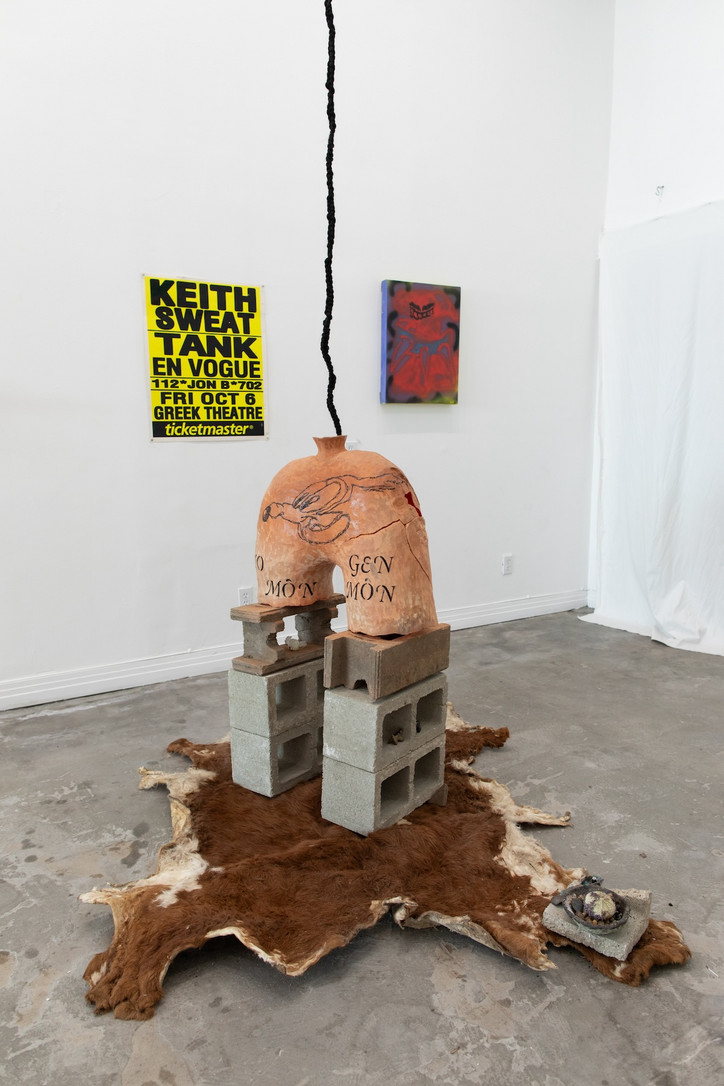
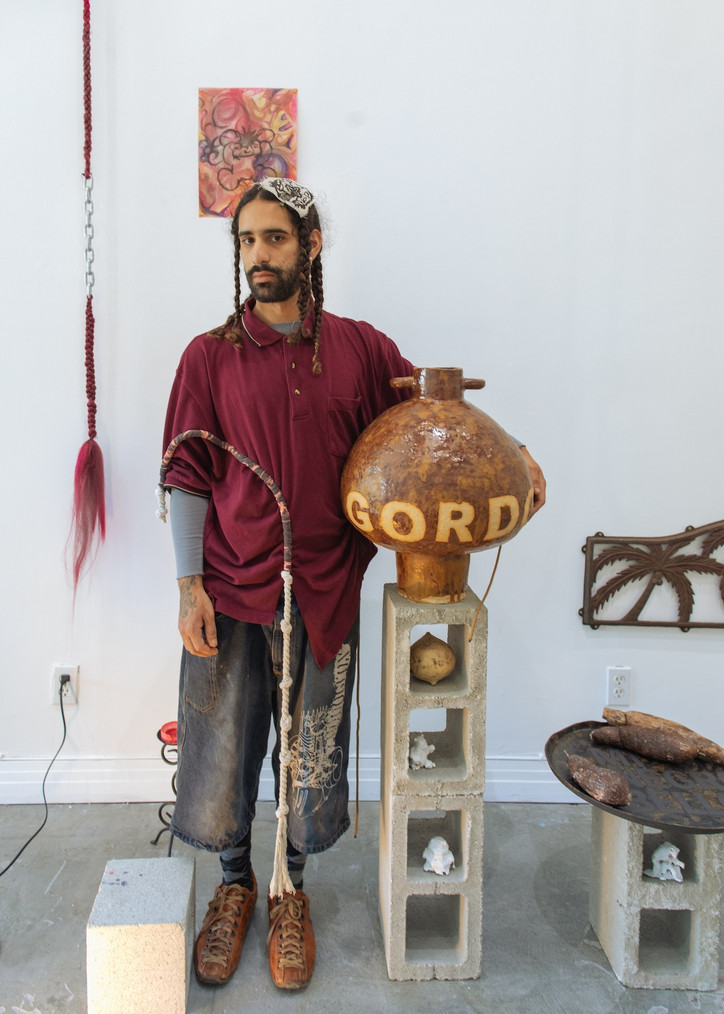
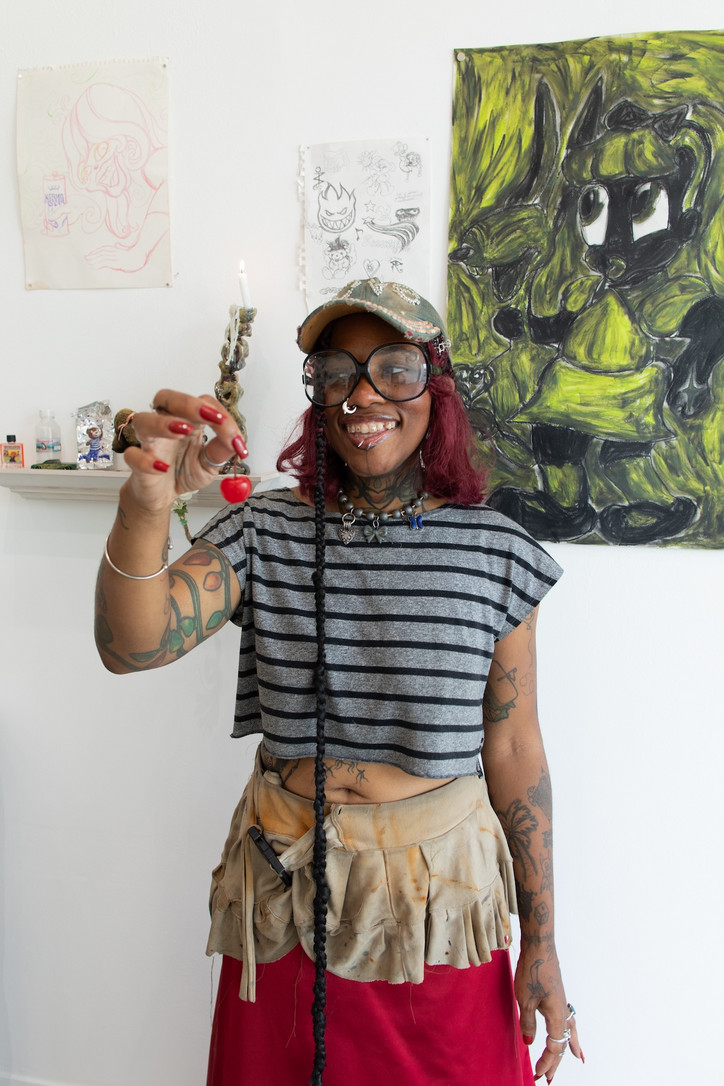
B’s large drawings are a complex, orgiastic synthesis influenced by an intuitive ‘archive of the mind’, rendered in a kaleidoscopic range of colors with the patience and otherworldly aura that recalls automatic drawing. Depicting distorted, expansive forms drawing from personal lineages in addition to pop culture ancestors, B’s figures are most resolutely themselves, demonstrating sexuality as intractably connected to a spiritual peak.
Marcel’s ceramics, situated within the axis of an observable and well-documented language, actively work to become unburdened by any restrictive formal limitations. While functioning in a ritualistic setting, the serving implements are not servile and the vessels do not hold, at least in the ways we might initially think. There are enduring ruptures, and text pulled from personal writing speaks to an oblique spiritual hedonism.
While modulating an ever-changing palette of references and reflections, both artists invite vulnerability and a sense of grounding through enacted experience. Altars and ritual settings in their installations encourage contemplation of these forms' transformation and functionality, prompting viewers to engage with the tactility and process of being with refreshing, effervescent protectiveness.
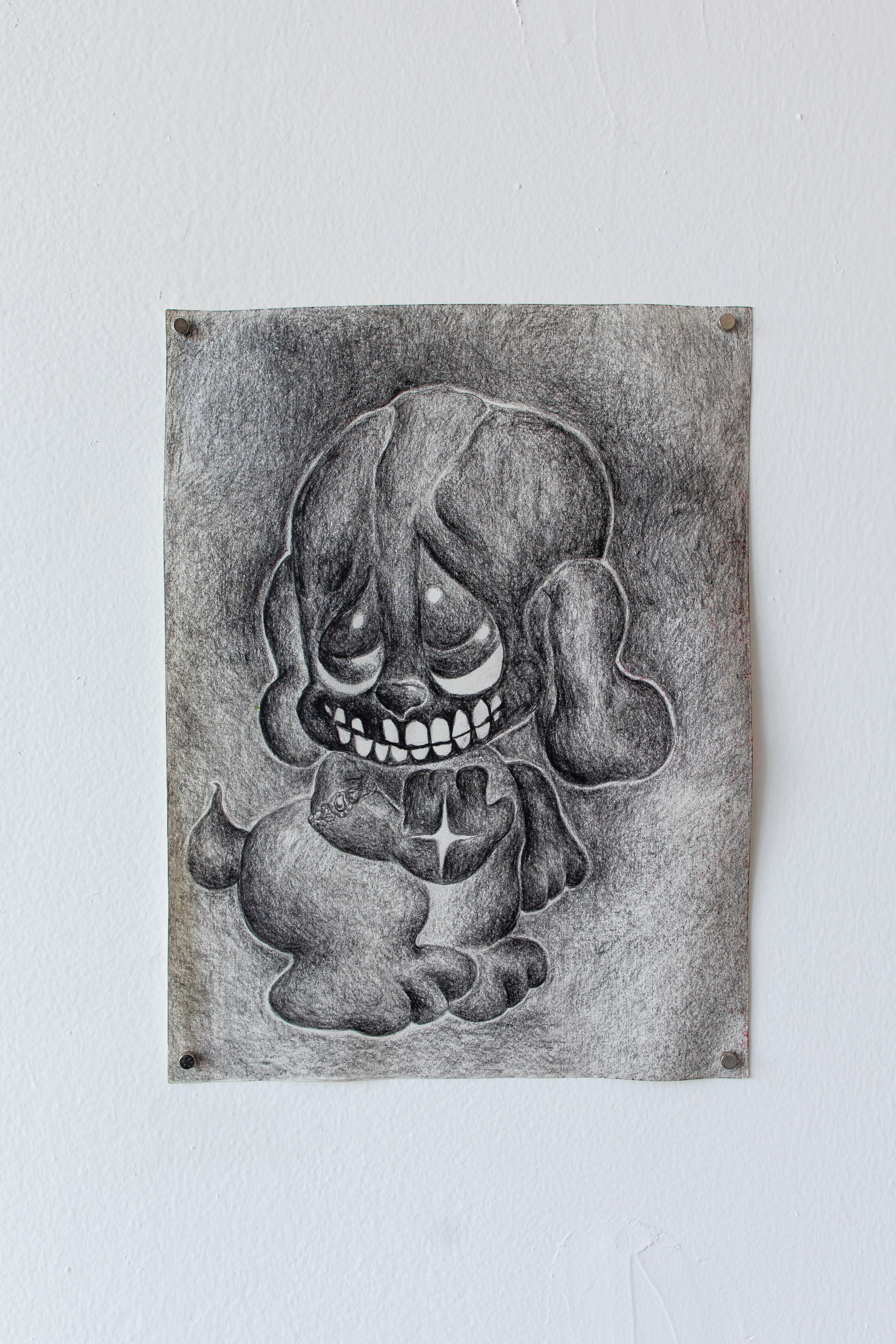

by B. Anele
Jasminne Morataya— How did this collaboration first come about? And maybe what is it about each of you that makes it easy for the other person to work with? Or what do you think makes the collaboration work so fluidly?
B. Anele It's beyond kind of the 3D. I think it's something spiritually, we're just led to the moment of becoming involved in each other's realities. Even on a level of the work itself outside of us interacting as people verbally or whatever the hell you want to call that. I think that our work also lends itself to each other in ways where there's elements of playfulness that-- or maybe even involving our interactions. Physically, it translates to the work where there's elements of spirituality and kind of an earthiness that speaks beyond sort of the flatness that can be witnessed in certain types of lifestyles or things like that. That translates into our work mixing together into the space. Even our jokes, sometimes it's just poetic joking. Do you know what I mean? I think that there's something that just is there on the surface and underneath the surface. And it just allowed us to mesh well within working and also interacting.
Marcel Monroy (to B) The opportunity to work with you is something I was going to jump at because I feel like I have a lot of reverence for you and just your art practice and how you live. I don't know. I think it's beautiful. So I think that that comes together in the way that we work and appreciate each other. And yeah, I feel like you can feel that in the show. Even though there are moments where–I had a lot of people ask me, "How can I tell whose work is whose?" And I was like, "I think it's pretty distinct." You can tell B's work is B's and the ceramics that are mine are mine.
BA And I think that speaks on how it literally just flowed together.
MM Exactly.
We were talking about curation and flow and how everything just came together, how it wasn't this kind of regimented process of like, "This is in or this is out."–which is a very organic way of working and putting together a show. Do you think it translates into the kind of music and performance component?
BA Oh, yeah. Definitely. We definitely didn't plan out what we were going to perform either. And also, yeah, we literally formed the band in the moment. Our friends were here, and we were like, "Wait, she should sing." And then Tochtli was like, "I brought instruments." And we were both like, "Okay, he should play the bass, actually." And then he just happened to have this flute that was really beautiful with him and played it too. Yeah. So yeah, definitely, it's all been just like organic formation.
MM Yeah. But they tore that. The new members.
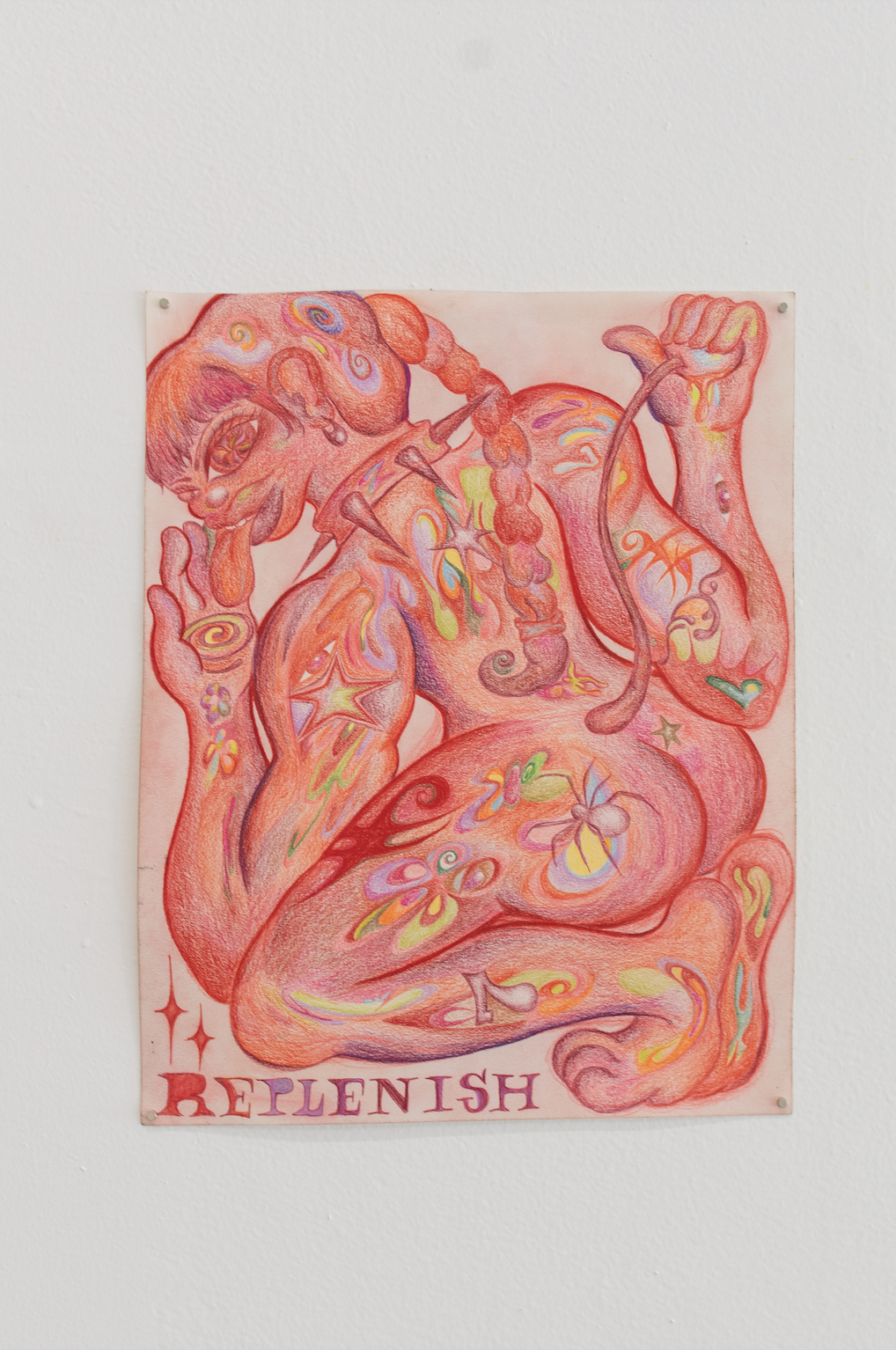
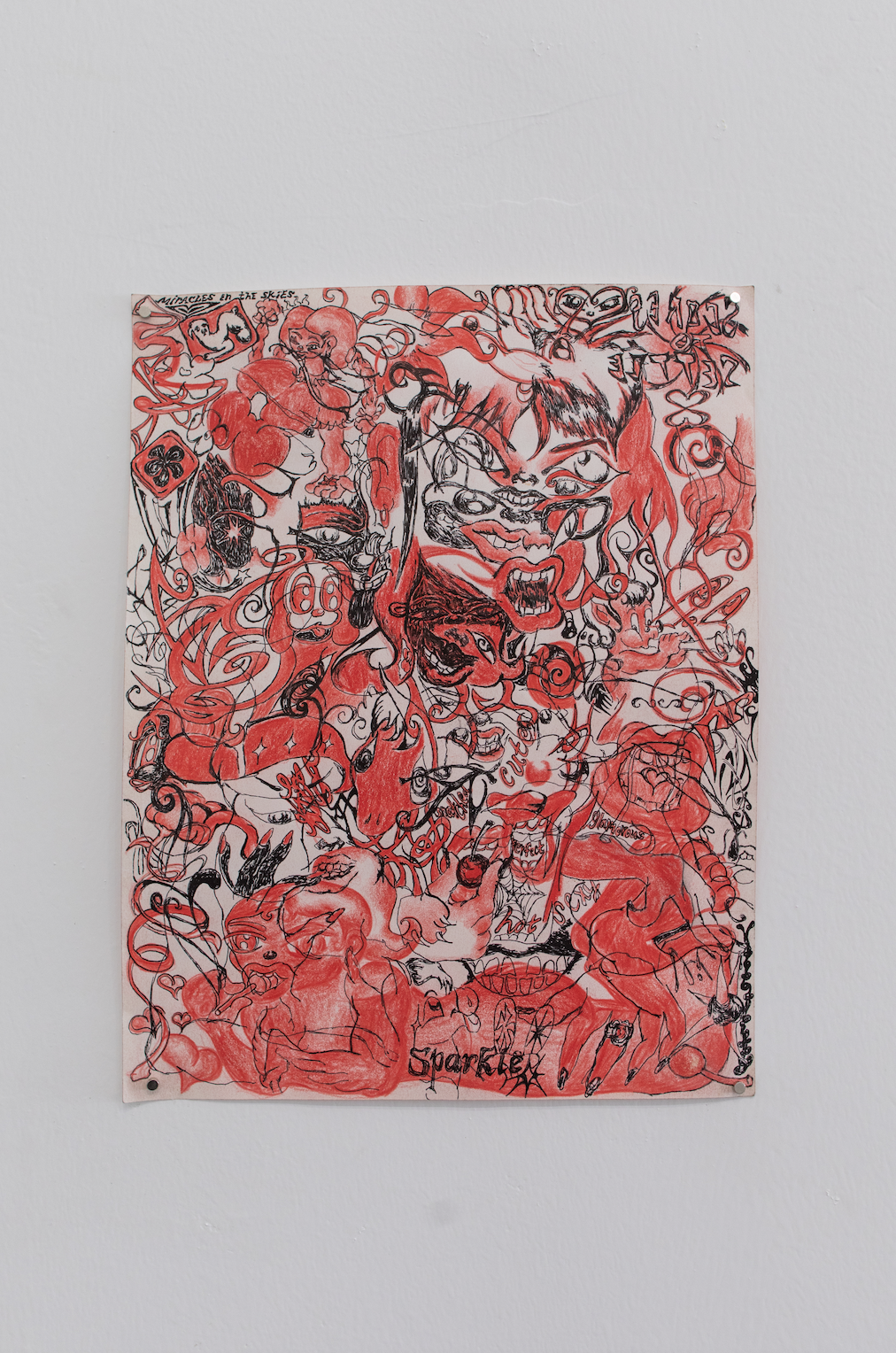
by B. Anele
It seems like a lot of the work kind of hinges on this sort of synchronicities kind of occurring in the world around both of you or how the energy can be charged and activated. In your individual practices, how do you think the synchronicities tend to play out? Or how do you harness these kinds of moments?
BA I mean, I literally feel like it's just as organic as the process of us working together is. I personally have never been someone who makes work with it being like, "Oh, I am going to do this." I feel like more of a channel, and I honestly feel like that's the only way that I feel valid in working as an artist. I've never related to the process of being like, "I need to tell people this about my life." You know what I mean? What I feel like is very like iterated in like an art school type of format where they're like, "You need to show people what you want them to know about you."
I feel very much like a spiritualist in that way where I'm more of like a medium or something, and I'm literally trying to just collaborate with the spirits that are circling my life and allowing them to communicate with the world in whatever way that they're trying to do. And that just resonates with me naturally. The work itself resonates with me naturally because obviously, the spirits and me are on the same page. I guess some people have spirits that are not on the same page as them in their life. (laughing) But me and my spirits, we're on the same page, and. I feel like, yeah, that's pretty much just the way that I work–as a channel. So it's kind of just an energetic flow from the beyond, to the here. I feel like I'm pulling things from beyond and bringing them into the physical.
This is maybe a silly question, but how do you think, when it's your turn to be a spirit, you'll try to guide people or–?
BA You mean like, after I die?
JM Yeah.
BA I mean, that's funny because I think that it could be heavily influenced by the way that I'm treated up until my death.
MM Right. You better do me right.
BA I could be a trickster spirit if you don't want to play right. Or I could be an uplifting spirit depending on if I'm treated correctly. So I kind of can't really decide that until it's my dying day and I'm like, "This is how I'm going to come back." But in this moment in time, I think that my spirit is definitely craving an uplifting presence, an experimental presence, an investigative presence, a rebellious presence, but also a disciplined one too. I definitely think that my presence is one that is leaning into nonconformist nature, but not in a way that's just all over the place. There's like a focus to it.
MM A method to the madness.
BA Exactly. That was one of my math teachers to say in middle school. It's so ridiculous. But yeah, I really do think it's like a methodical madness. But I also think that it's not necessarily mad all the time. Sometimes it actually really makes sense. And it's just hard to, for some people, see it as that because they're so brainwashed, which I think is why I'm interested in waking up. You know what I mean? Just not being so washed over by the matrix of things.
Do you see this installation as a sort of site for other people to at least start to ask questions?
BA I mean, I don't know because you kind of can't do that to anyone. It happens to people. Even if you were to do an entire exhibition that was intended to make people wake up, they could still go to it and not wake up. If that's not what they're ready for, they would just see it as cool stuff. You know what I mean? That's not really a thing that you can cause to happen in someone's life. I mean, you can if you're interacting with, but as far as to show someone something and then expect them to wake up because of it. I think that it takes a lot more in people's personal lives for them to wake up to things. Because, yeah, I feel like there's definitely work in here that touches on spiritual aspects. But I don't think that it can force someone into that state.
JM Yeah. I guess maybe I'm thinking about leading by example, almost, or presenting a kind of art that is so unbound, and it's like freedom of expression and movement as well as the activation that's occurring in terms of everything's relativity to each other.
BA I think that would honestly be a question that people would have to answer themselves. Does that occur to you when you are within the space? That would be super assumptive of me to be like, "Yeah, people are going to come to my show and they're going to have a spiritual awakening." You know what I mean? You kind of can't really say that that is or not going to happen. But I would love that if it did, if it did happen for people.
MM I found God at the show.
BA Literally.
MM I went to be B and Marcel's show and all I found was God.
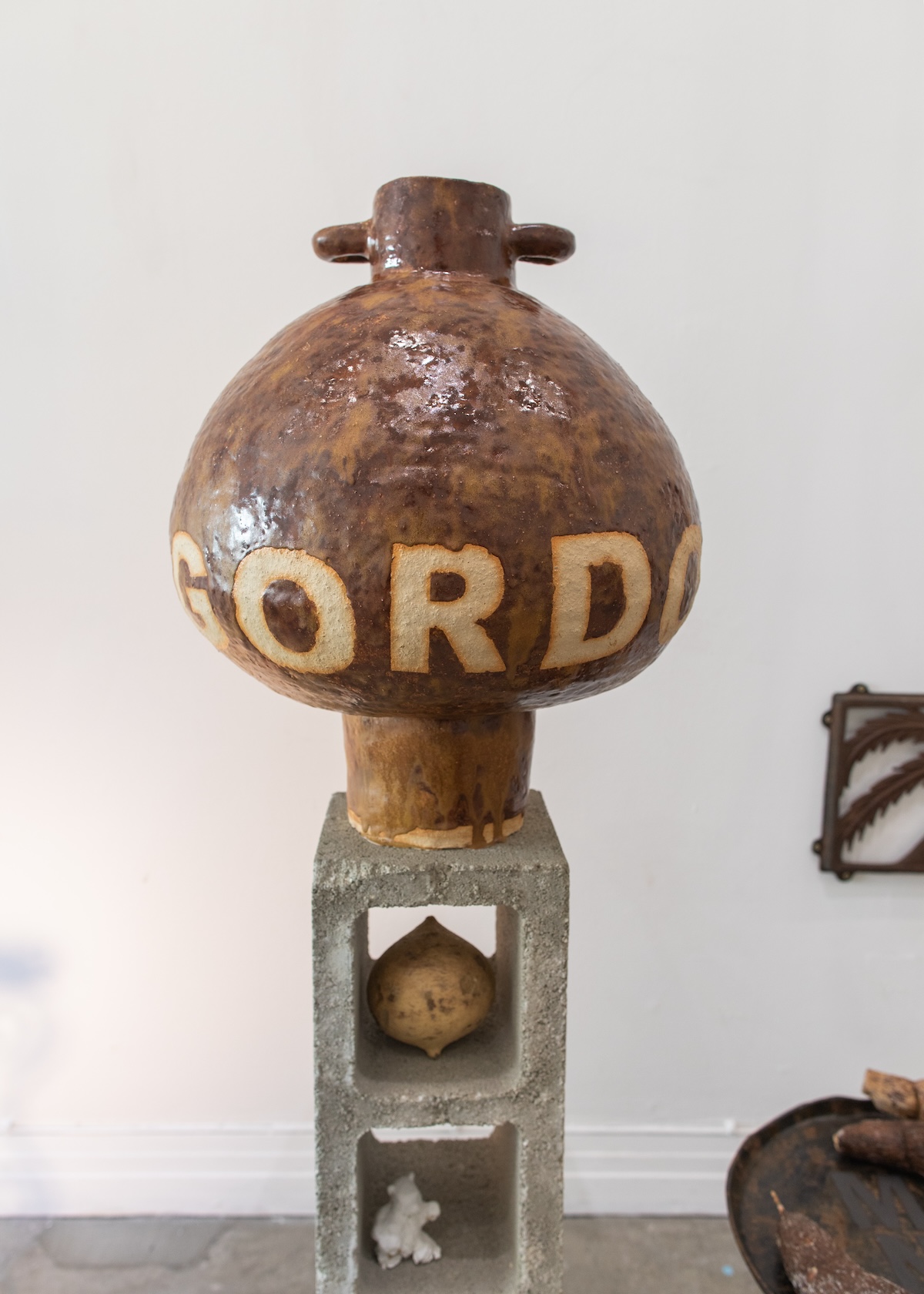
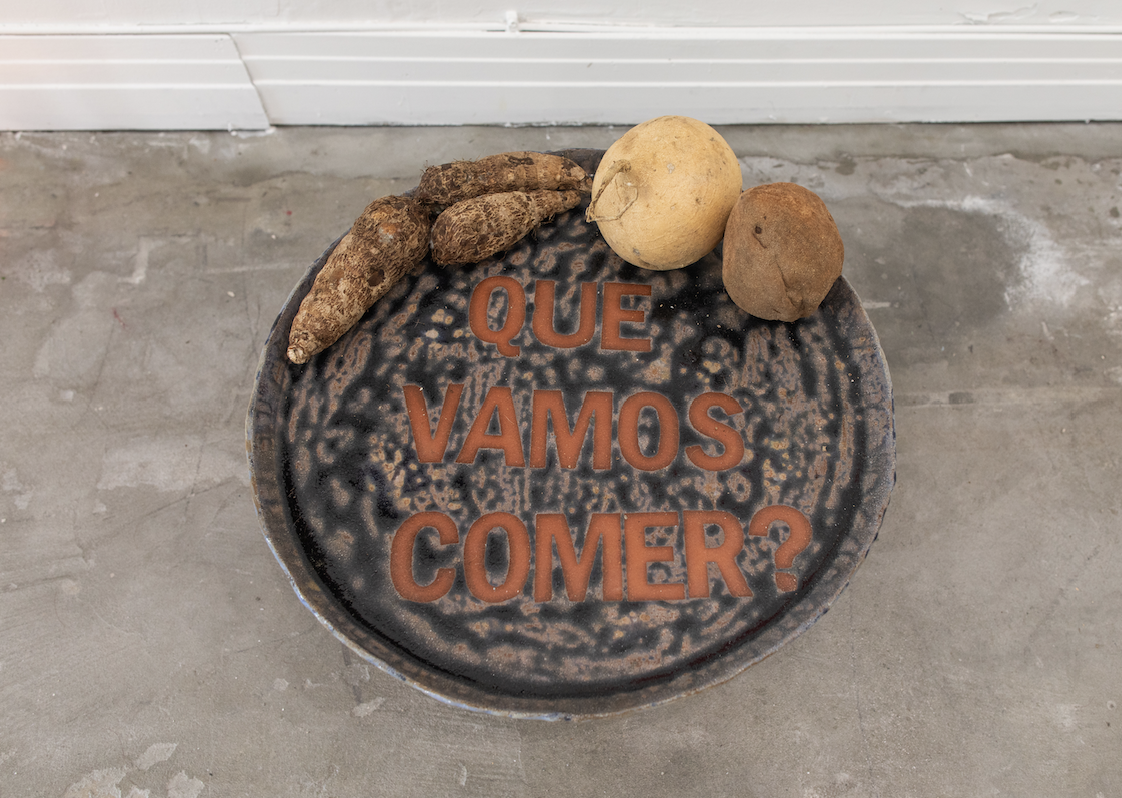
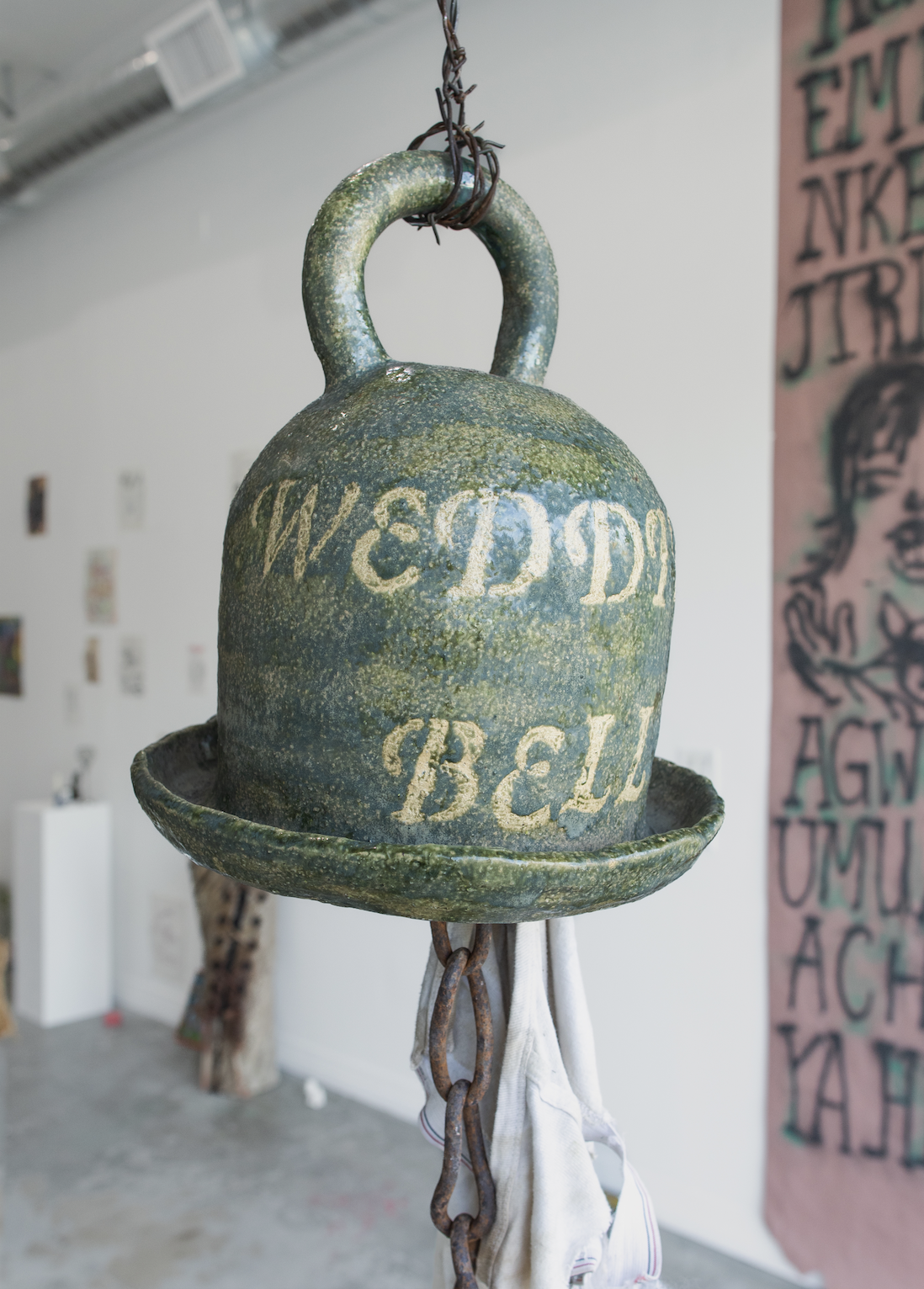
by Marcel Monroy
We were talking a little bit about silliness and play. Do you consider those to be integral processes by which you can ask questions and answer questions, using silliness as a tool? Or how does it factor into the work?
BA I think that I just inherently have a silliness about me that I refuse to let go of. I personally hate a boring ass bitch. So that's just me. I just value play so much. I think that it keeps the spirit jovial, which is super important to me. There's just something that is really true about play. I don't know. I was listening to this audiobook about this jokester spirit that is super present in Nigerian culture. And I'm Nigerian, and I was just like, "I think that I have that inside of me," which is not by choice. I think it literally is just something that was implanted in my spirit through birth or whatever. I think that laughter is healing and play is healing. And I just think that it's an important element of healing energy to me to be having fun sometimes.
Marcel, even speaking to your work directly, the way these forms are derived from well-documented references but transformed by your hand, distorted to the point where they become…funny…how does the humor factor into your approach to form?
*pointing to Gordo, a ceramic work by Marcel featured in the show*
MM A lot of people have told me that it looks like a body, that it looks like–
BA The chubby man.
MM I feel like a lot of it just comes from growing up. That one, the Gordo piece, is just something that I was teased a lot as, because I was pretty fat as a kid. And I kind of had a problem with it. It gave me a complex, but then um, I got skinny and hot, and I looked back later and thought, "That's crazy as hell that y'all were playing with me like that." To me, now, it's just fun. I had people come up to me at the show who were like, "Oh my God, that's also what people called me when I was a kid." And I was like, "Exactly." It's playful. It's loving. But there's also kind of something about it that's weird. Why are we doing that?
But did you intend for the shape of the piece and the outcome to be whimsical, or it just surprised you?
MM It actually wasn't. I think that, in my mind, when I'm making something, I actually have this very exacting kind of idea about it. I want it to be perfectly symmetrical or a perfect angle or something like this. But obviously, if I'm building by hand, there's going to be some kind of–I'm not a machine. I don't know. So it's just like, naturally, there's going to be some deviation in the curvature, like the lines or whatever. And it just kind of comes out. I like that it’s childlike. Obviously it wasn't a kid, because it’s something that's actually technically kind of hard to make. That's not an easy thing to make when you're building it, because it takes a lot of patience, and timing, and drying, and making sure it doesn't collapse. But when it's done, it's like I don't know. To me, it's like, "Did a kid make that?"
So the process was more intuitive then?
MM All of these pieces–and even in the glazing process, I didn't really know super well what it was going to look like. I had an idea, because I was using a certain range of glazes, what it might look like. But the way that everything came out, to me, it just felt like it was blessed. It had been touched by God. It was like just something else was taking control and making sure that these things came out the way that they were supposed to come out.
It just kind of left my hands at a certain point, and it was up to God or something.
I feel like that a lot in my practice too, that I'm kind of led by something larger or that I'm just listening or I'm a vessel for these things or ideas to pass through that kind of are leading me in this direction that I'm not maybe always sure of, but I get these signs along the way to keep going. And I think that's kind of what propels me. B. asking me to do the show, I felt like that was a blessing. And so obviously, I was like, "Well, I'm not going to block my blessing. I'm going to do what I have to do." And to me, that felt like a sign. It was like, "Oh, this is something that's going to make me have to work really hard." Obviously, it didn't just come. I had to work really hard after whatever we decided we were going to do. I was, yeah, just being led through that work. So it didn't feel hard. It felt fun, playful, and it was almost like when you're a kid and you're going on a walk or something with a parent or someone who's older than you, and maybe they're making up stories about fairies or whatever being in the forest, and you're running around, and you're having fun. You're just going for a walk, but it feels like you're on this mystical adventure. I think that that feeling is something that I wish I could have any time I do anything. But it was really present here, and I'm just thankful for that.
Yeah. It sounds like you're describing and I guess even talking about the constraints of ceramics, kind of a continual process of surrender. Is it ever hard to kind of give up control or the illusion of control?
MM No, not for me, which is kind of crazy because I feel like I am kind of a control freak. But I feel like, for me, I grew up in the church, so it's easy for me, especially when I feel like the thing that I'm leaning into or giving myself to is God. So it's not hard for me to surrender. It's just a feeling. When I get that feeling, I'm like, "Okay. This is what I'm supposed to be doing." And it's not something I have to work towards or anything. It's just like, "Okay. Here we go. Take the wheel, God." And that's not something that's hard for me to do, honestly, because I love God. You don't love God? What's wrong with you? Yeah. I actually love that feeling. I love that. I think that that's why, yeah, I'm getting my master's or whatever. But art, that's what you can find me doing for the rest of my life because I love that feeling. I'm addicted to it, to the surrender and the release and the feeling of being filled up, like catching the spirit while you're making something. I think it's the most powerful, ecstatic feeling in the whole world. It's like the best thing ever. It's better than drugs. Not all drugs. But yeah.
Is it ever difficult to enter that flow state? What are things that make it easier?
MM I mean, sometimes I'm making something and I'm like, "I should just break this apart. This is fucking horrible." But I think, in that moment, for me, that's when I'm like, "Okay. Actually, I should probably just surrender this. This is just me being too controlling." And then when I do that, it's like it ends up coming out good or better than I expected. And then that's when I realize. I'm like, "Oh, that was what I was supposed to do." That was it.
BA I also definitely work a lot with psychedelics sometimes when I start feeling too 3D. That painting,
*B. Anele pointing to Dogteeth, a painting by B. Anele featured in the show*
I definitely was tripping really hard on mushrooms when I painted that. And the other paintings, I was really high on mushrooms. That is something that I do when I don't want to be in control of the outcome and I just want it to fully be the spirit, because I feel like sometimes I get really 3D when I'm sober for a really long time, and I want to feel like it's not me at all. Or I mean, it is me, but it's not like the controlling side of me because I can also get really serious about things.
And I feel like I don't want it to be that when I'm working. I feel like it feels really more honest to me as a channel to sometimes completely let them go of control and then come to and be like, "Wow, who did that?"
MM Yeah. I think that's true.
BA I just wanted to say that because I feel like it's something I think is important to the process of me personally…I think that sometimes I can just get really stiff in my energy when I'm super 3D and I need to take care of a bunch of 3D shit. And then I get really serious.
There's been times when I feel like it almost makes me kinda religious or something when I get really stiff in my energy. And then I just want to channel things where it's super disciplined. And I get really irritated by all the things that seem sinful. Honestly, when I made a drawing in here, it's like a teddy bear holding a peace dove. And I feel like I was like very much like, "I don't really fuck with any of the bullshit or whatever right now. It's just like perfect peace. God needs to bring perfect peace into my life, and I don't want to deal with any of these weird aspects of things or whatever." And I think that, when I get super religious, I get very stiff in my work, and I don't like that sometimes. But I like seeing the range. It's confusing, to be honest. But I think that it is important because I don't ever feel like one is actually correct, which is, I think, why I try to escape from one to the other.
Yeah. Kind of like between both worlds or both modes?
BA Well, I think it's the same world. I think it's just one type of perspective and another type of perspective and then all the inbetween. But I like it, though.
MM I think it is relevant, personally. It's relevant to me as we do this together and continue to work together. And I think it's just a good thing to know about you as an artist, that there's so much range in your mode of expression. It's crazy to see how you can produce work and live your life and do all these things and be so flexible simultaneously. It's like, “Who's driving the boat?”
BA Right. That's what I've been wondering.
MM Right. I'm sitting here wondering. I think it's amazing.
Looking at the show, being able to hold all these different ways of making and collecting, and it's almost like a way of seeing God in everything or kind of a sort of dynamic animism or things like that. Do you think that factors in at all when sourcing found objects or working across different mediums?
BA I don't think that it influences in a particular way. I think that it influences it as a whole because, at least in this phase of my life, I feel like the most God-honoring way to live is to live to the fullest of your extent to experience…for example, if, one day, you feel like drawing, and then the next day you feel like painting.
Some people think that it's more godly to remove yourself from activities. I think that it's more godly to involve yourself in as many activities as you feel moved to. So that's how I feel that it influences me. I think that it feels like–not a disgrace, but a disdain to your given existence, to not involve yourself in the actions that you feel moved to. So I would rather just do all of the mediums. And also, I just get bored really easily. So I'm like, "Now I want to do this, and now I want to do that." And I feel like that's just my spirit moving.

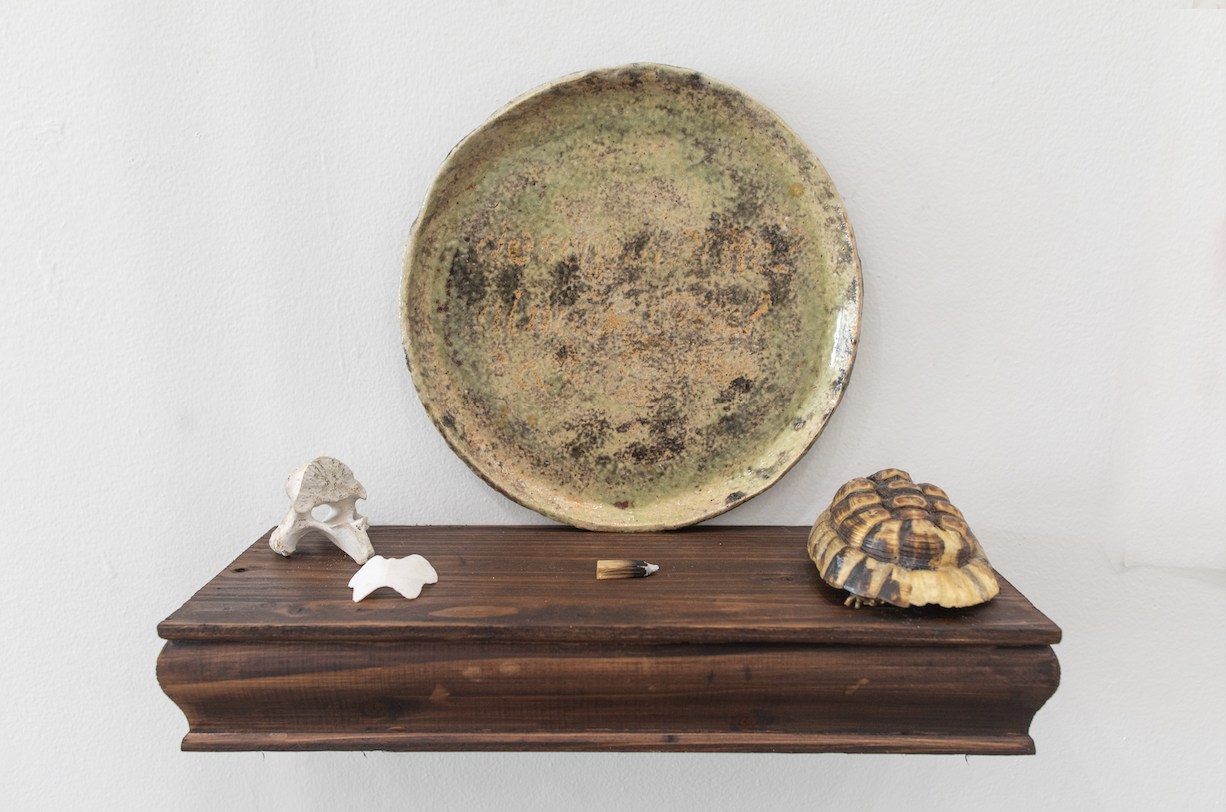
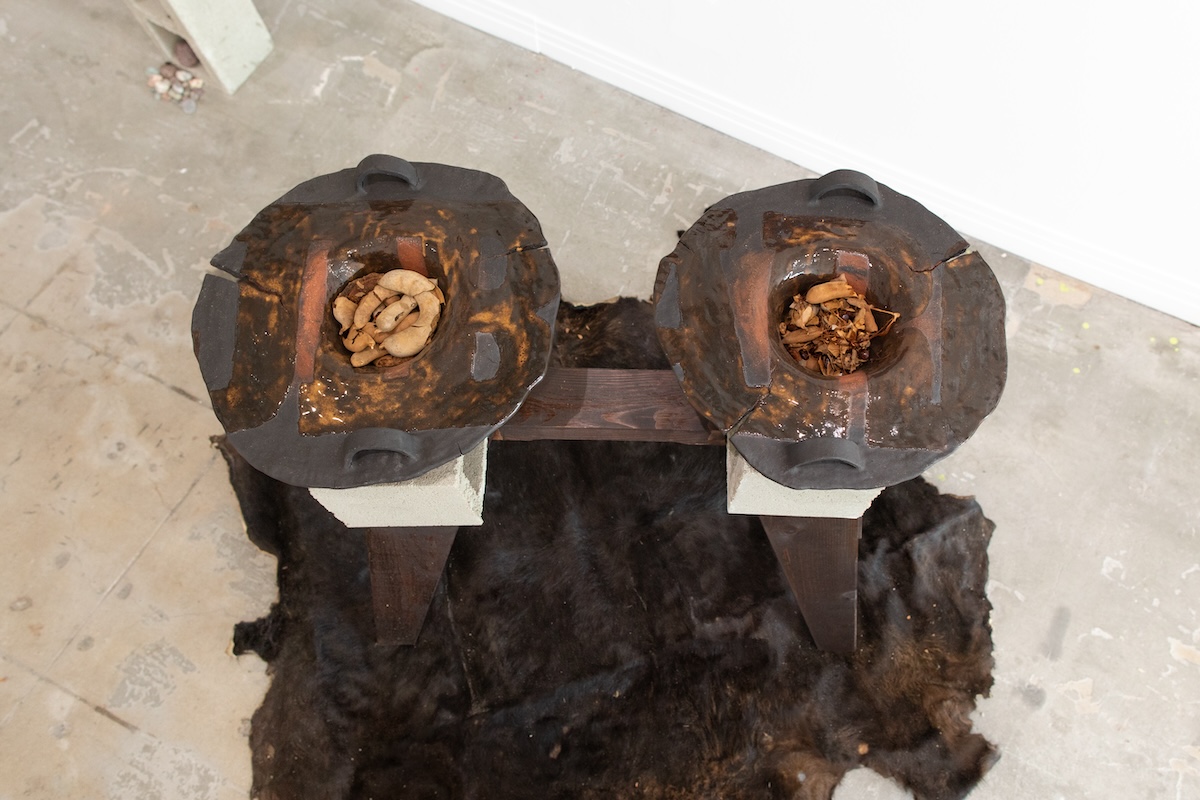
by Marcel Monroy
How do you think this collaboration will evolve over time?
MM Personally, I’d like to see us break out of a box, out of a room. I think that this installation thing coming up down the line is a really good opportunity for us to continue collaborating in the way that we have been and do something on a bigger scale. For me, I'm excited to see how we can just bring it into the real world. And if we can produce work on this scale for something like this in under 90 days, working on something over the course of the next few months, I feel like that's just really exciting for me, to feel like it’s really boundless.
BA Yeah. And I would personally love to delve more into the elements that are present because a lot of this work is super spur of the moment. And I think it would be very interesting to become more focused on the elements that are present and build on them more intentionally. I mean, I'm always going to love the spur of the moment creations, that's never going to stop. But I think it would definitely be more interesting to be like, "Oh, what does it mean to be working with these votive candle holders? Why is that happening?" And then maybe go into metalsmithing works that are in that vein and build on the idea of votive works. And study more into spirituality than I'm aware of at the current moment, like the history of votive works, and going to sites that inspire me that are related to such things, and be inspired by that. Reflecting on our writing and incorporating the seriousness with the innovation, I think, would be really interesting.
MM Yeah. I agree. Yeah. I think that one of my goals is refining that vision. I want people to pull up to that outdoor installation and be like, "Wow." I want them to be awestruck. I want there to be–
BA Which I feel like they were with this too. But it was more of an amalgamation of our just sporadic actions. But I feel like we could definitely do something that's more studious.
MM Yeah. Something that it looks like I mean, there's so much intention in here and thought, but I mean, something that it's like Aerodynamic, almost. We still have nuance and do what we do. We're still fun and silly. But it's like exacting. It's poignant. I think it's something we're already moving towards. I'm really excited to see where this moves. And we collaborate with so many people, I want them all to be a part of this other project that's coming up too.
BA I definitely also, yeah, am interested in that too. The people that are present, creating more of a community of people that are interacting in a way that's expanding our consciousness and our experience of life.
MM Totally. I think that we're moving towards all of that in this way that's palpable.
As you continue to kind of refine your ideas and expand your scope, what are both of you looking for in future collaborators?
MM I think love. I want to feel love with whoever I'm working with. I want to feel like there's a mutual understanding, like a kinship, like a kindred spirit, or like a familial kind of sense. But we can still be honest with each other and not walk on eggshells or weird shit. We're just being real, and that's all it takes to be with each other. I don't know. Yeah, I think I'm looking for love.
BA Yeah. I'm definitely interested in that too. I don't have any interest in collaborating with people that feel solely professional. And yeah, I'm interested in working with people where our energies speak culturally or spiritually, and spiritually in the sense that we're aiming on…not necessarily the same topics, but an energy that expands on an area of consciousness that is pertinent to both parties involved or all parties involved. I just want it to be something that you can feel the energy is something much more than just trying to get shows together in the same galleries. We are making work from a place that is much more intrinsic to our spirits. And like you said, it feels like love, and I think that that is because that is what is going on with us.
MM Yeah. I think so too. Yeah. That's just how we move. It's with love and with intention and care. And not always. I mean, sometimes we're talking shit or we're being funny. But it's like the subtext is always love for me.
Yeah. Love wins.
All Love wins.
Scenes from the opening below.
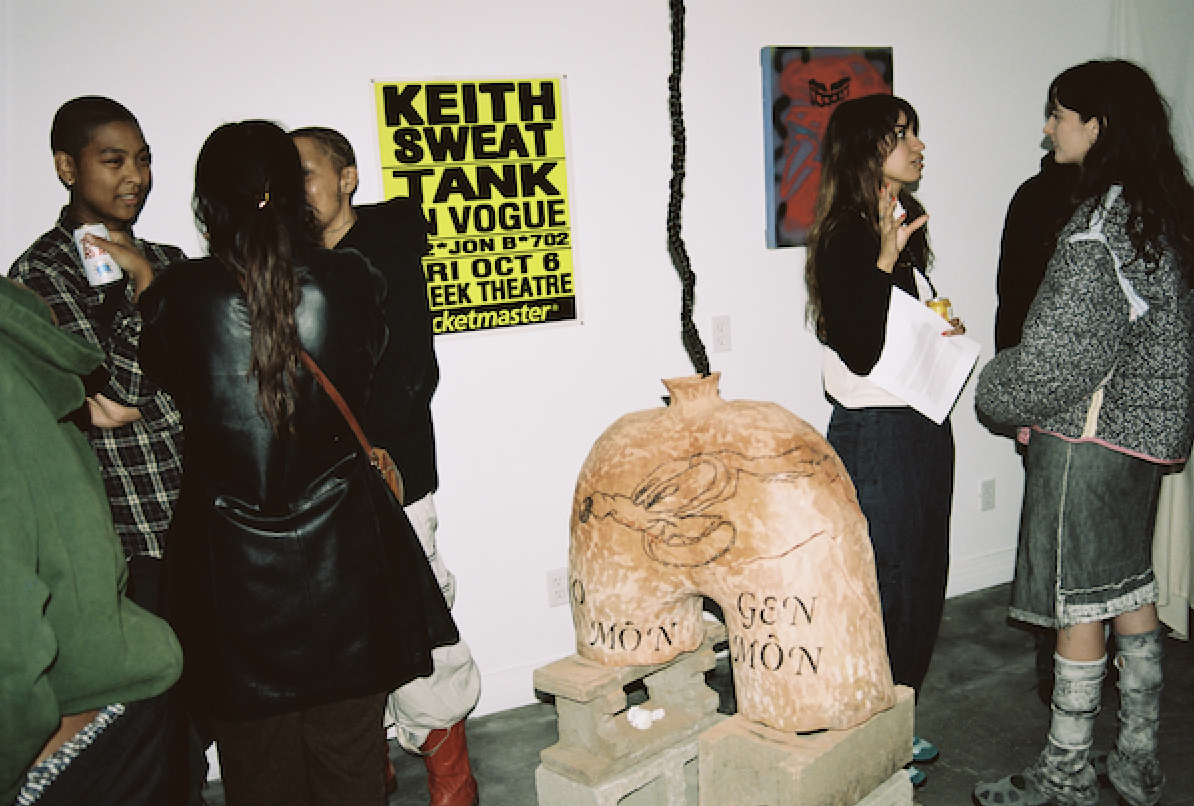

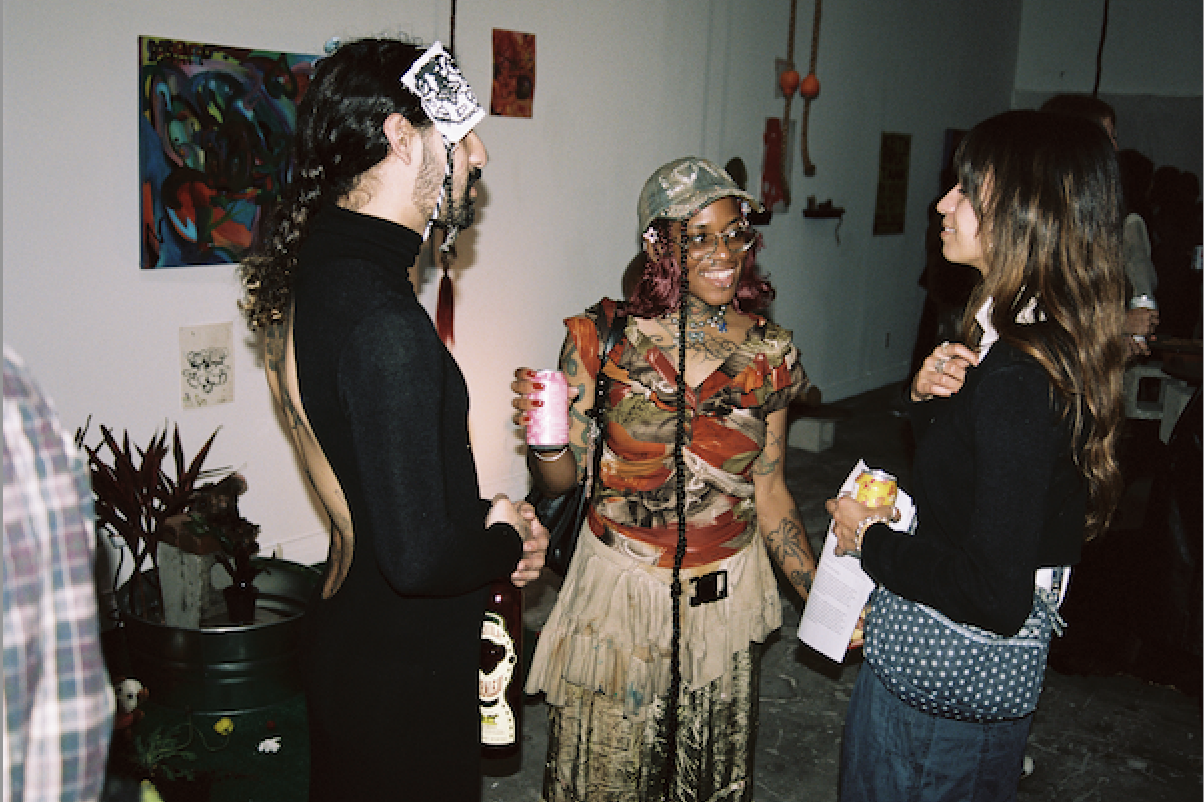
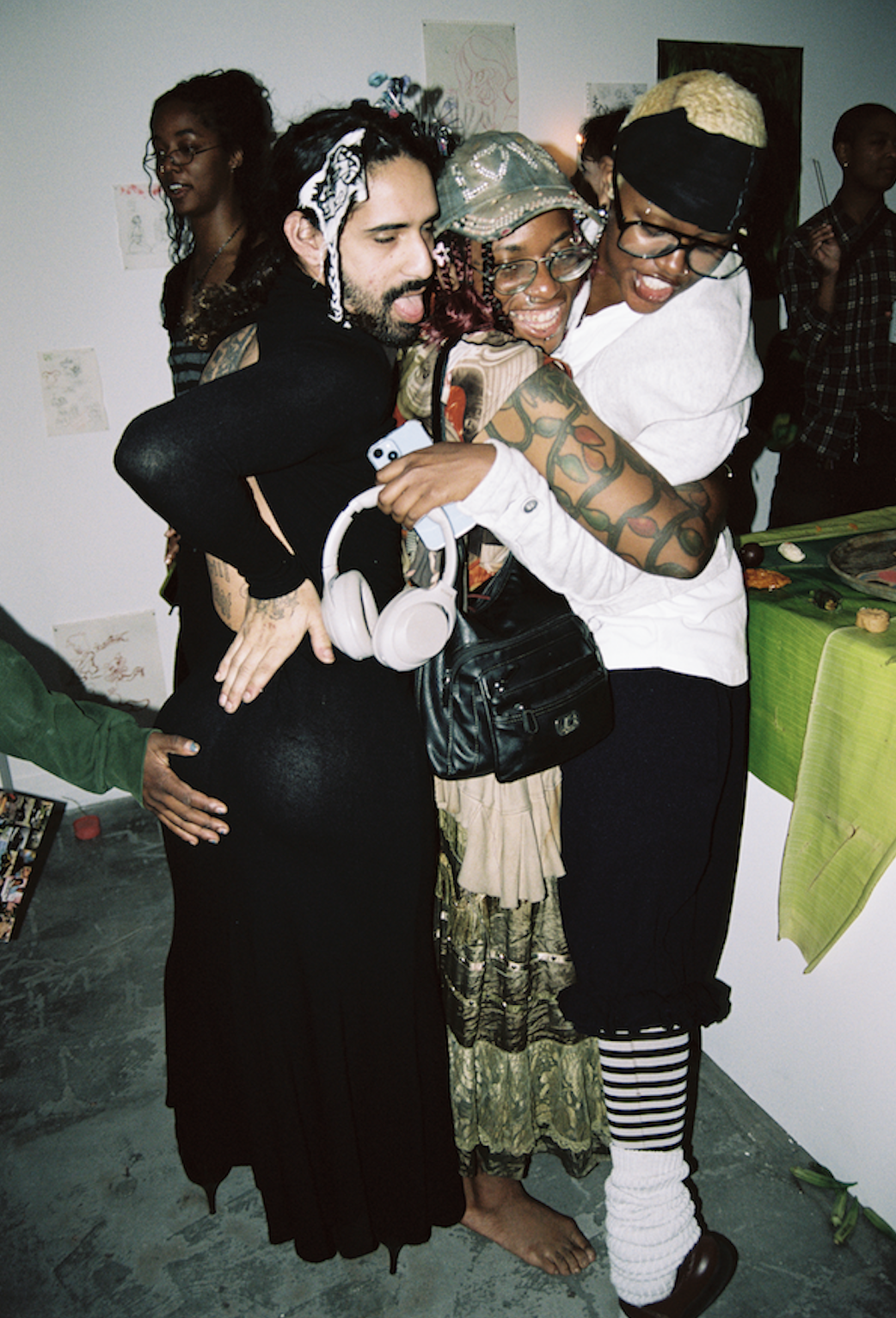
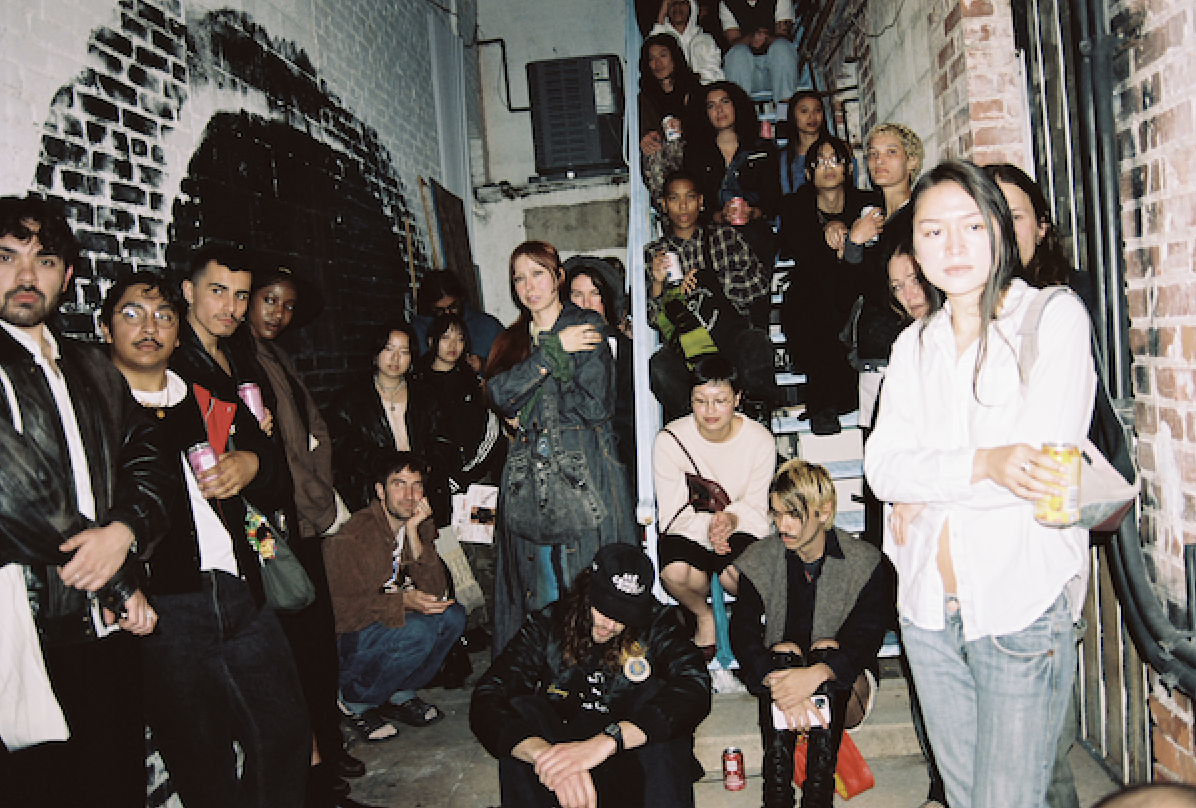
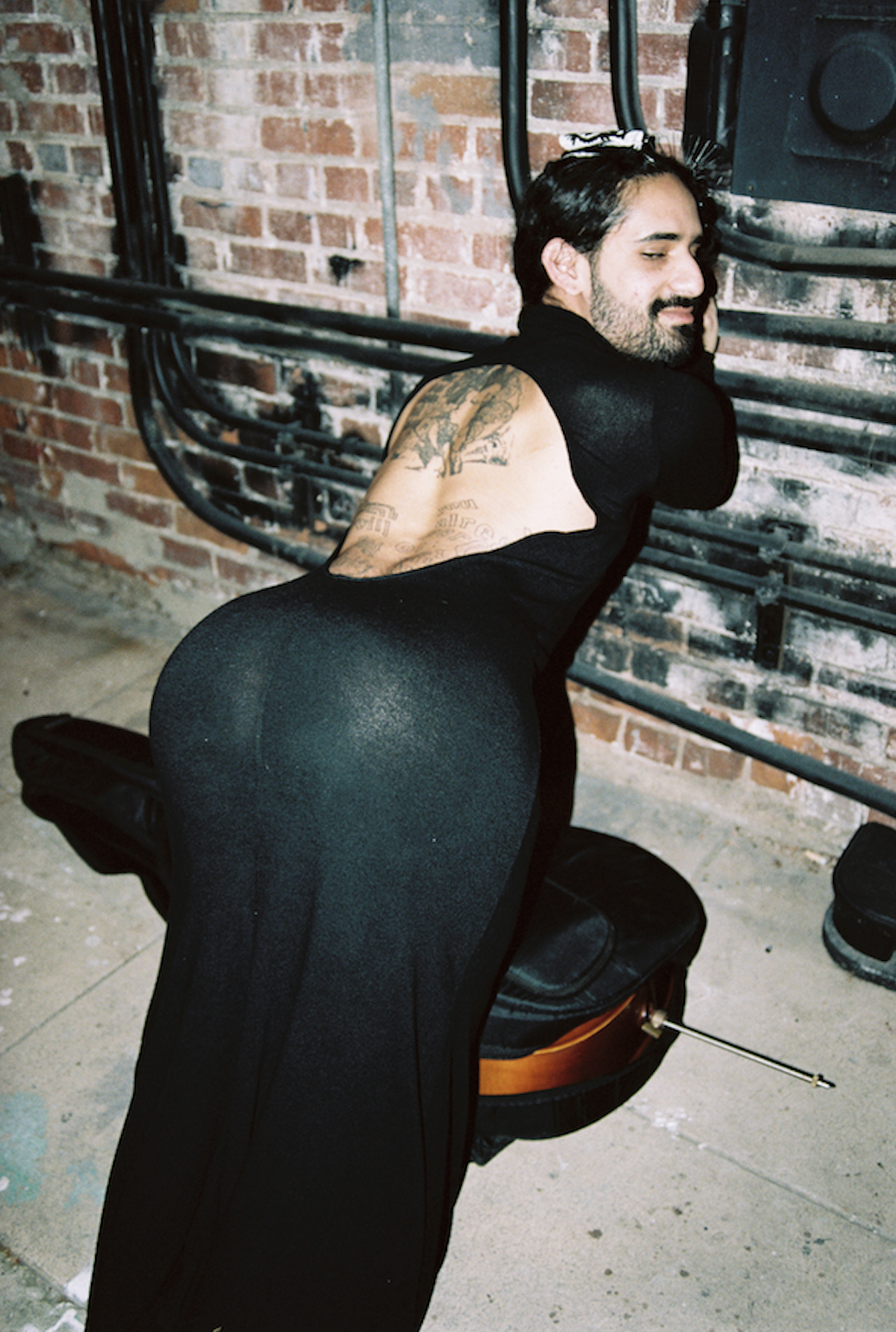

Lena-Kuzmich CHIMERA, 2022, animation film and installation 9:30min.
The film has inspired many artists since its release nearly sixty years ago, and is currently serving as the basis for a new group exhibition, Sacro è, at the Fondazione Merz in Turin. Curated by Giulia Turconi and featuring work by artists Tiphaine Calmettes, Matilde Cassani, Giuseppe Di Liberto, Lena Kuzmich, Quỳnh Lâm, Tommy Malekoff, Lorenzo Montinaro, and GianMarco Porru, the show investigates the concept of sacredness as found in everyday things. Like Stamp’s character, the exhibiting artists seek to expose the potential for transformation and spiritual reinvention within the quotidian, and achieve this through works spanning performance, installation, sculpture, painting, and video.
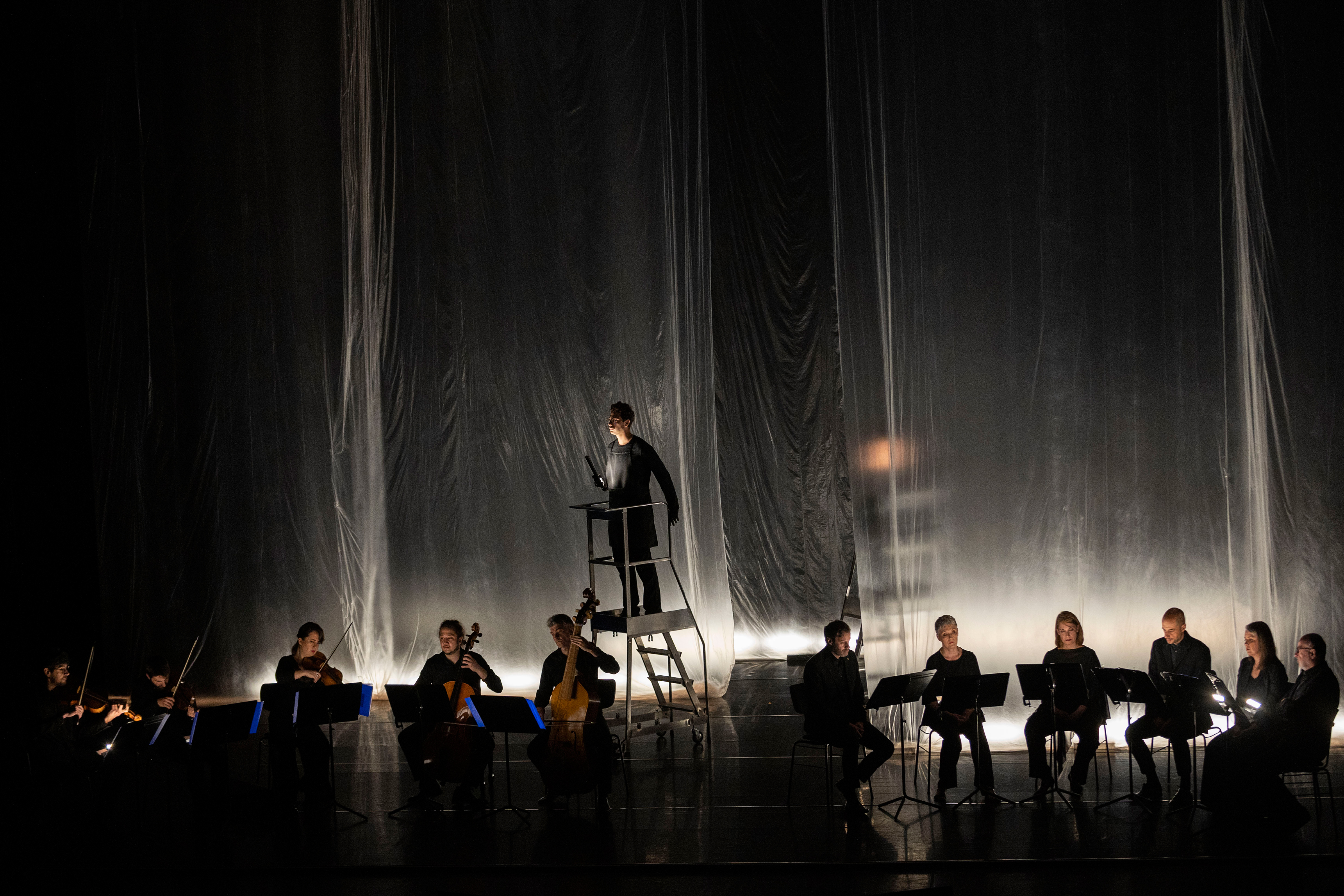
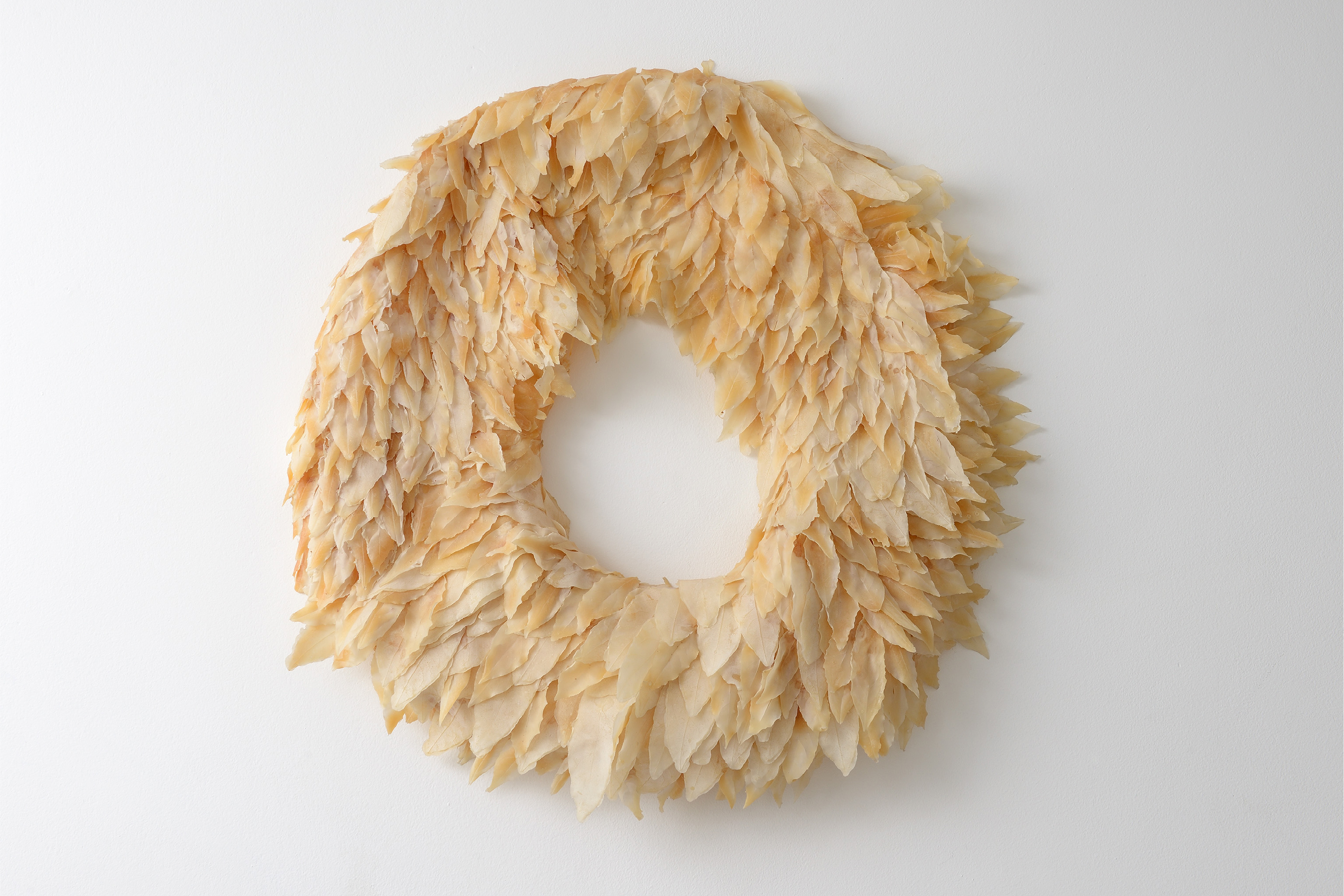
Giuseppe Di Liberto, Ghirlanda, 2020. Courtesy the artist.
The exhibition’s opening coincided with a live performance by the artist Giuseppe Di Liberto on the evening of March 18th, 2024. The production, Sparge la morte (2022), was originally performed by Di Liberto and his brother Davide two years ago, and features music by the madrigal composer Carl Gesualdo. Inspired by a walk the brothers took in a cemetery in Naples, the piece’s choreography mimics the traditional death ritual of sin eating. Popular in border regions in the 18th and 19th centuries, sin eating involved the ceremonial eating and drinking in the presence of a corpse, and was believed to absolve the deceased of their wrongdoings.
The performance immediately set the tone for the rest of the exhibition with its stark portrayal of the extremes of life and death, ascension and degradation. As Gesualdo’s score resounded from behind a curtain, the brothers stalked up and down the Fondazione Merz’s spacious front room, retracing their steps in an obsessive trance and glancing out at the viewers as though from beyond the grave. Here, the fraternal aspect added an even more ominous edge to the already dark happenings: at times, it seemed that each brother might overcome the other entirely — and the audience as well. When the performance was over, the two hugged; still, a suggestion of danger and the possibility for a potential devouring lingered in the air.
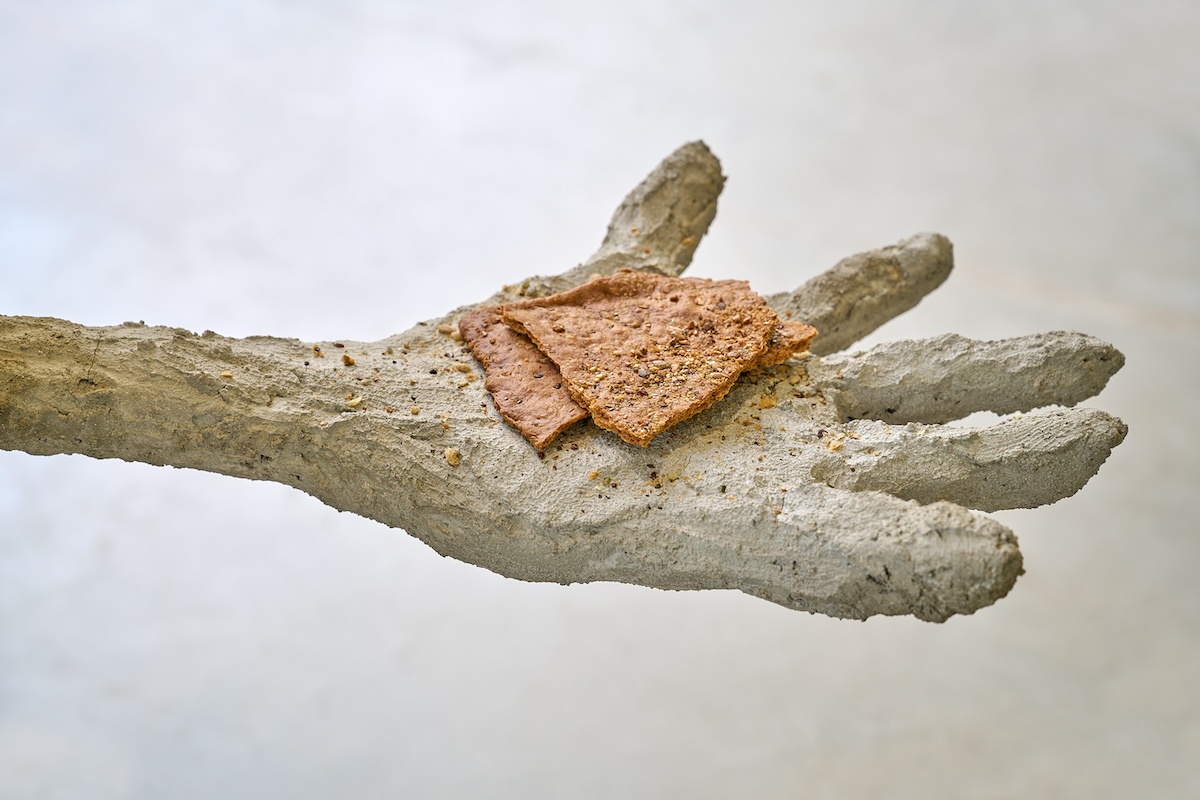
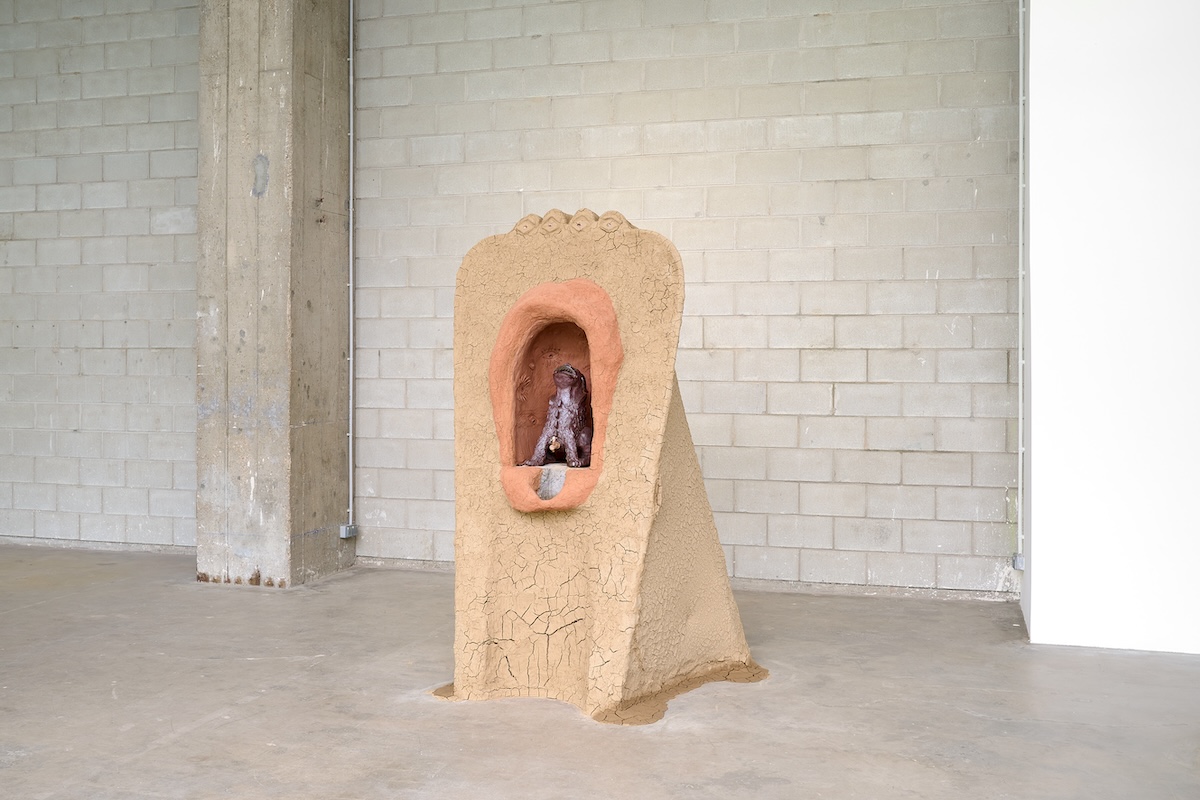
Tiphaine Calmettes Hutte à mains, 2022. Photo Pierre Antoine.
Tiphaine Calmettes Ménhir à alcôve, 2022. Photo Pierre Antoine.
Echoing the themes of consumption and imbibing present in Di Liberto’s work, the French artist Tiphaine Calmettes presents Primordial Soup (2022), a clay and earth sculpture that doubles as a cauldron. Inside the cauldron is a vat of hot, blood-colored soup available for spectators to sample. In an exhibit inspired by a film that was condemned by the Vatican and led its director to be charged with indecency (Pasolini was eventually acquitted), it is the most overtly sexual work: its materials pass directly from the artist to the lips and into organs of the spectator. If this erotic transfer were not enough, the cauldron resembles a Venus figurine, with exteriorally-hung ladles that call to mind pendulous breasts.
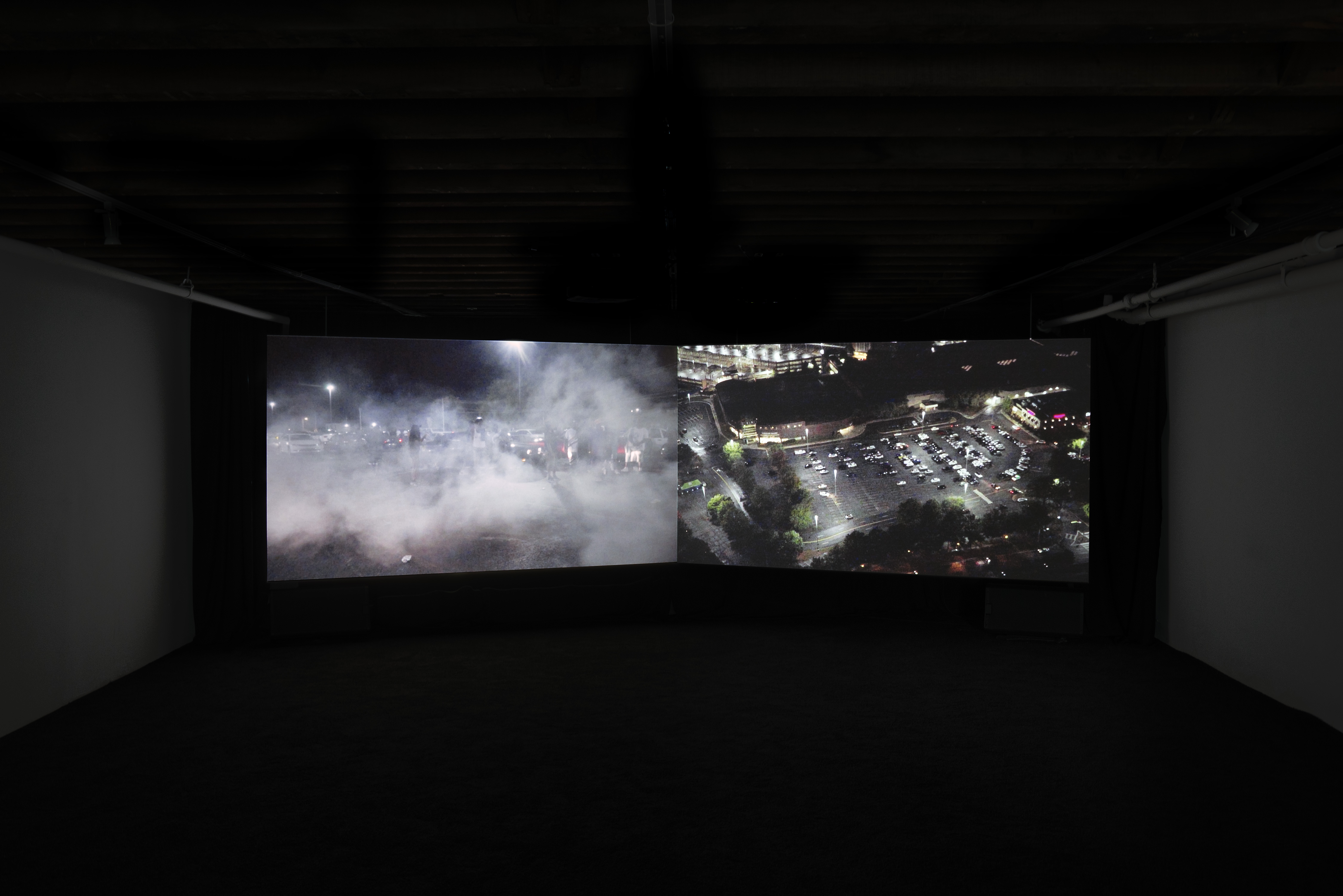
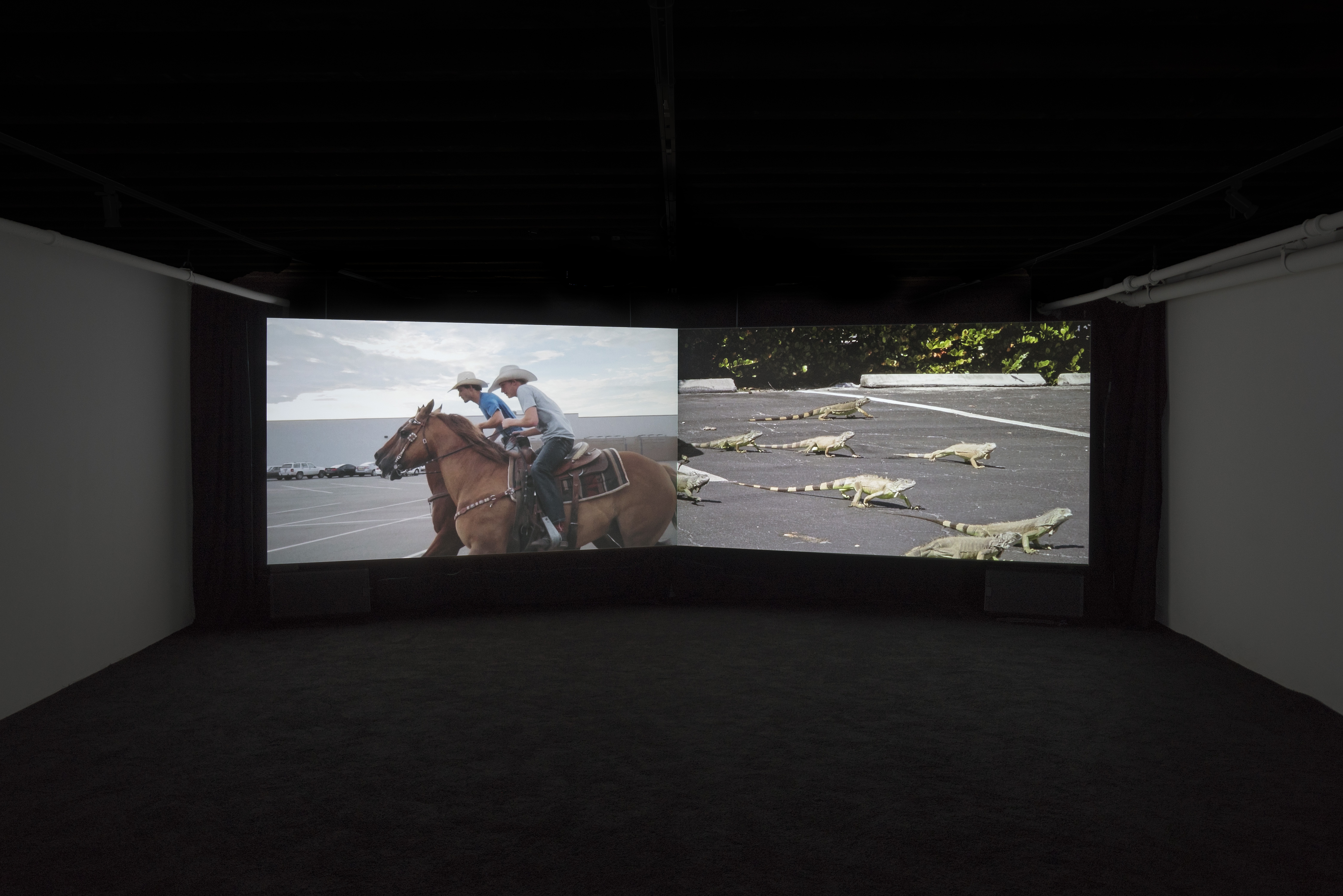
Tommy Malekoff Desire Lines, 2019. Two channel digital video and sound 15:42 min. Courtesy of the artist.
In a separate room, a video work by New-York based, American artist Tommy Malekoff, Desire Lines (2019), plays on an endless loop. Filmed across fourteen states between August 2017 and March 2019 on a handheld camcorder, the fifteen-minute film is described as an “ode to the surreal potential of parking lots across America”, and focuses solely on the aforementioned liminal space. A kind of reimagining of the famed John Cheever story “The Swimmer” (1964), in which a probably deranged man decides to swim home only through his neighbors’ backyard pools, Desire Lines criss-crosses the U.S. by means of a different, but similarly common landscape.
In the film, we witness a variety of scenarios play out across multiple parking lots, including but not limited to: a firework display set off by shirtless teenage boys, a herd of iguanas passing idly through, a prayer circle that release a rosary of balloons, a military drill in full action, a woman dressed as the Statue of Liberty juggling batons, a beer drinking competition, kids arriving by horse at a Sioux Nation shopping center, and a solo dancer using a cardboard box as his makeshift stage. Like Pasolini, Malekoff trains his lens on the banal, finding there an explosion of previously untapped potential and people desperately waiting to be seen.
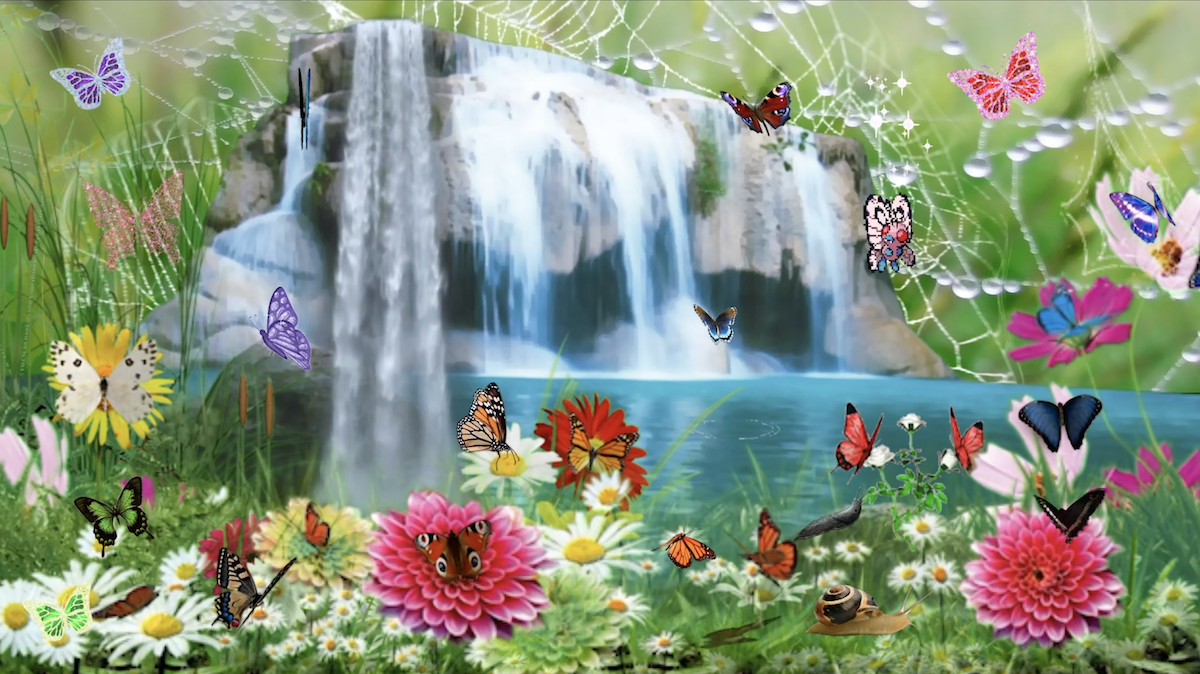
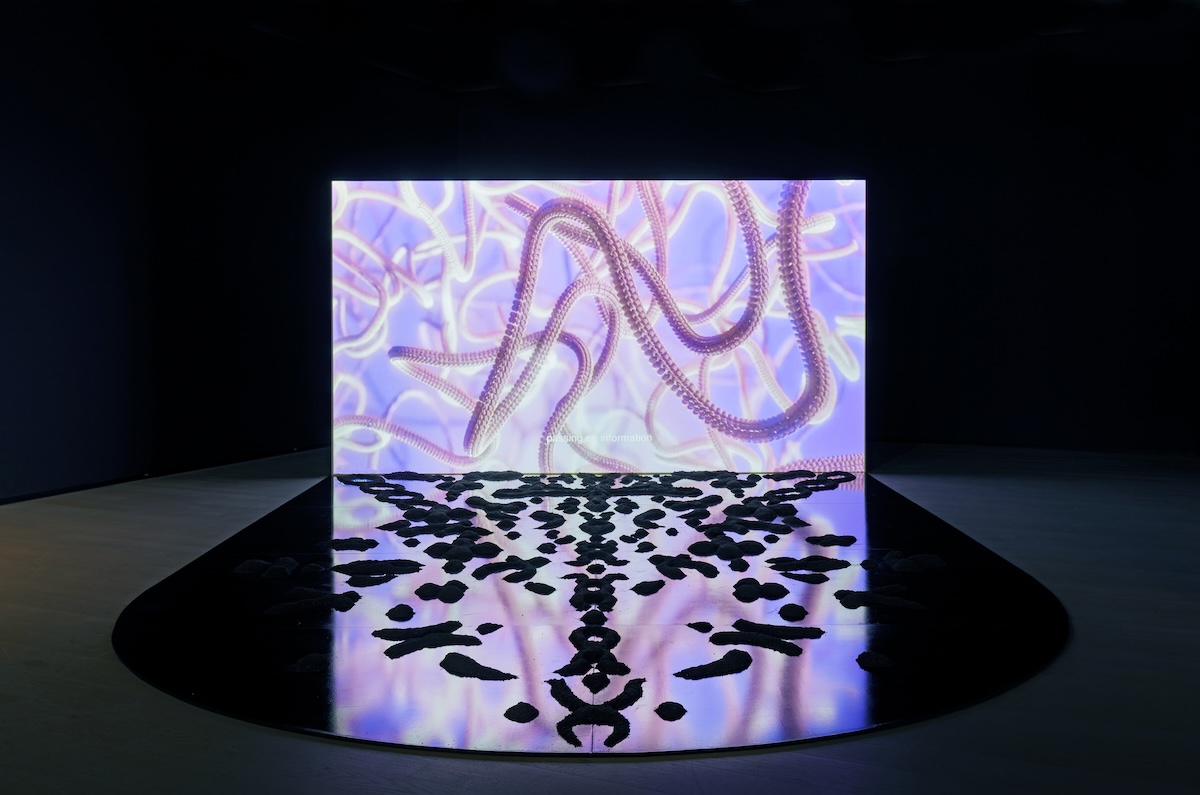
Lena-Kuzmich CHIMERA, 2022, animation film and installation 9:30min. Sound Design by Leonard Prochazka. Graphic Design by Winona Hudcová
Despite the excellence of the work by Di Liberto, Calmettes, Malekoff, and the other artists, it was the Austrian Lena Kuzmich who best surmised the central themes of Sacro è. In their video installation, Chimera (2022), Kuzmich examines queer ecology and nonbinary life within nature, questioning what defines humans as a species. As the video came to a close, bold, all capitalized letters flashed across a screen in the Fondazione Merz’s basement: LIVE LOVE FUCK DECAY TRANSCEND. Pasolini, one imagines, might just approve.
Sacro è, is open at the Fondazione Merz in Turin, Italy from the 18th of March to the 16th of June, 2024. Pasolini’s film Teorema (1968) will be screened in accordance with the exhibition in the Fondazione’s cinema room on the 23rd of March, the 18th of May and the 8th of June at 4pm, the 10th of April, the 8th of May and the 29th May at 5pm, and the 21st of April and the 16th of June at 11.30am.